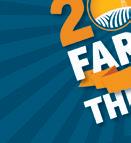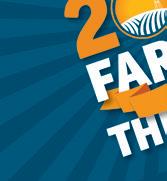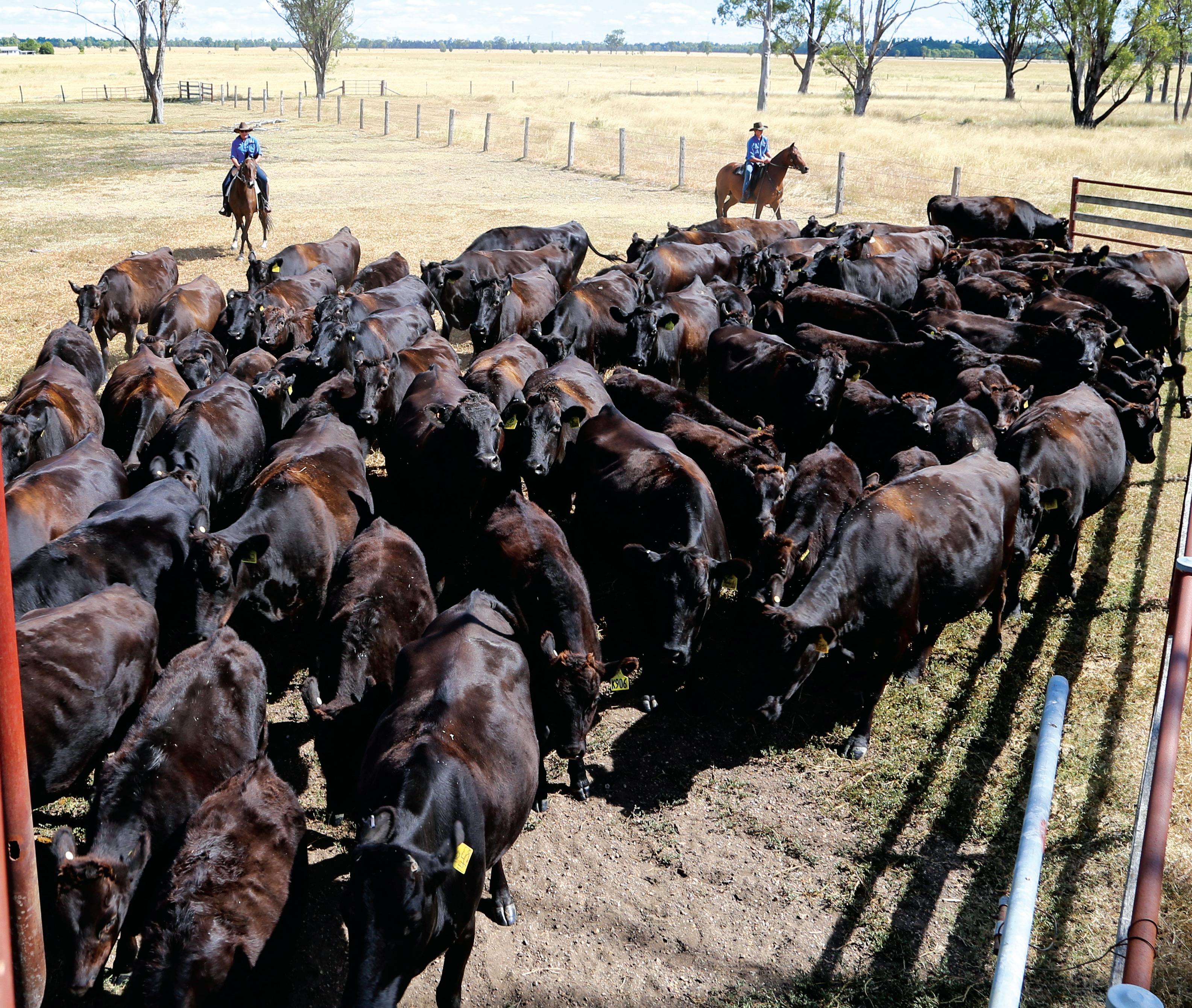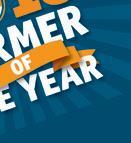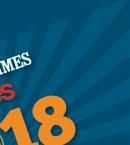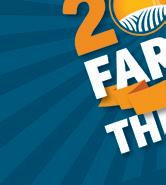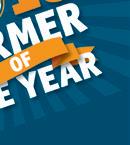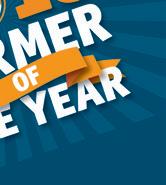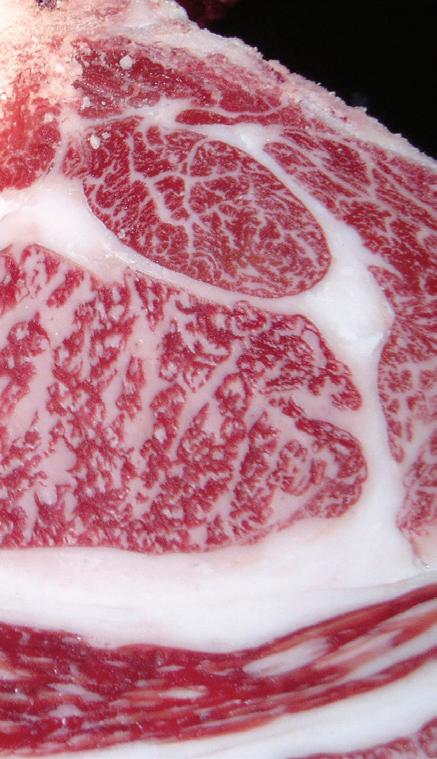

www.wagyu.org.au September



www.wagyu.org.au September
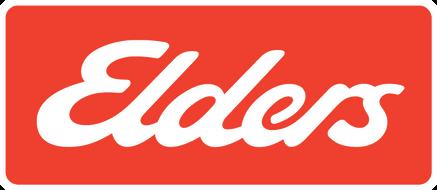
for Australian agriculture
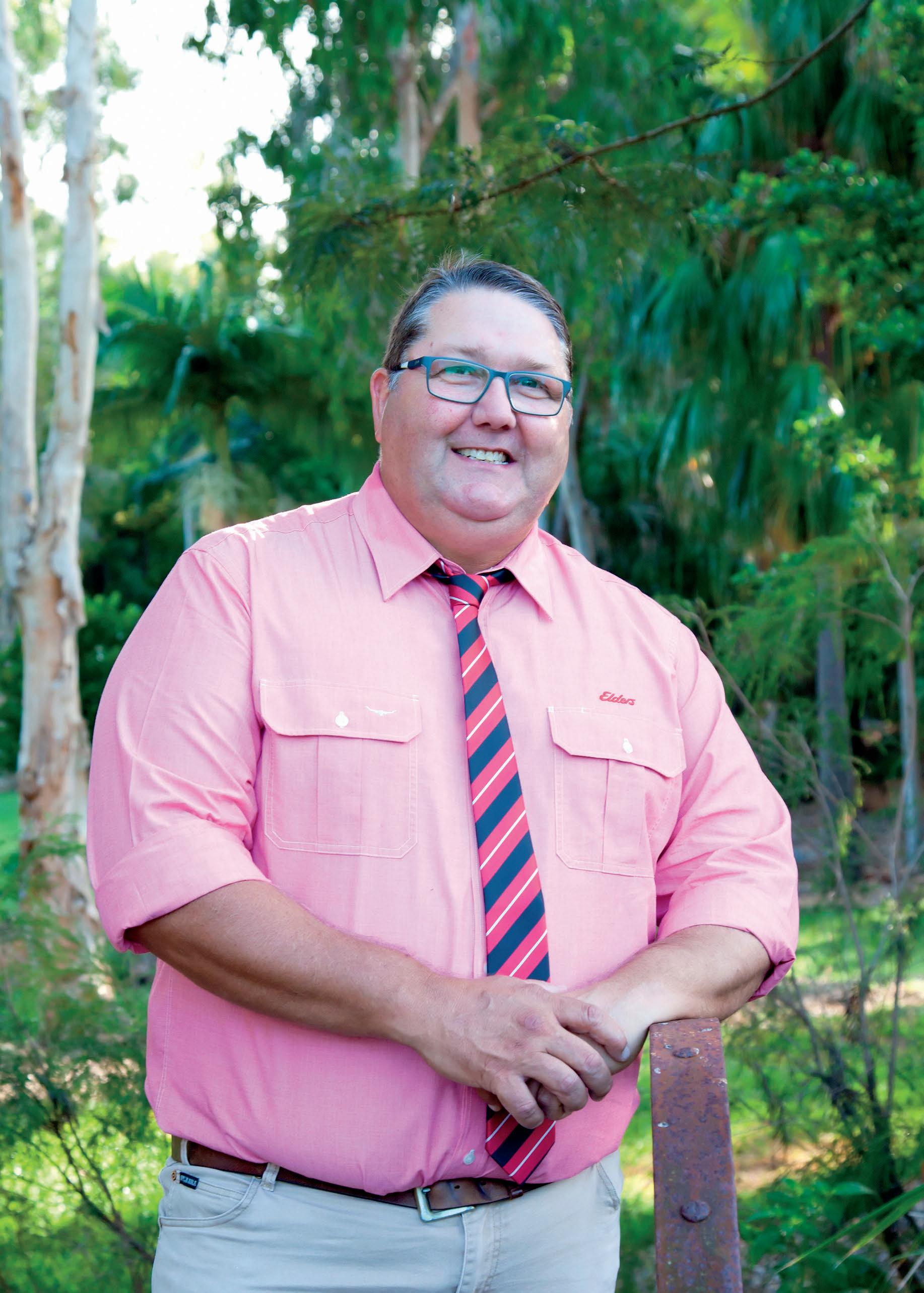
Elders Wagyu has a powerful network of over 200 branches across Australia, with Wagyu connections from global corporate producers to the very best elite breeders.
Our network is headed up by James Matts who has a substantial history in stud stock, genetics and intensive agriculture spanning over 25 years in Australia. His dedication and passion for Wagyu is second to none, having successfully negotiated record sales results at auction and in the paddock.

Publisher THE AUSTRALIAN WAGYU ASSOCIATION (AWA) office@wagyu.org.au 02 8880 7700
Consulting Editor EMILY RABONE emily@wagyu.org.au 02 8880 7707
Contributing
TESELING
Art Direction
FRAZIER heather@wagyu.org.au 0432 949 764



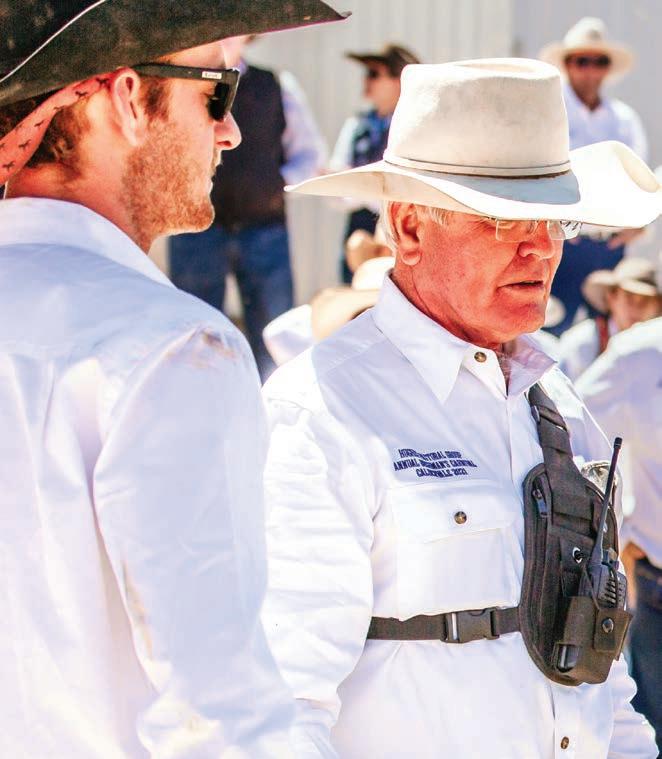

The AWA aims to help them buy fullblood Wagyu bulls suitable for F1 Wagyu production - see page 39 for full story.
The Australian Wagyu Update magazine is printed by Litho Art Pty Ltd. Materials used to produce the magazine have been selected to reflect our sensitivity towards the natural environment on which our industry relies. We only use eco-friendly inks made from vegetable oil or soybeans produced using sustainable farming methods and paper stock derived from sustainable forests managed to ensure their renewability for generations to come. We encourage you to recycle all paper based products after use. All content is subject to copyright and may not be reproduced in any form without the written permission from the publisher. Opinions expressed in The Australian Wagyu Update magazine are not necessarily those of the publishers. Acceptance of an advertisement does not imply endorsement of any product or service by the magazine or the association, nor support any claims by the advertisers. Every effort is made to ensure information contained in this magazine is correct at the time of publishing.
In partnership with the Australian Wagyu Association since the early 1990s.
We put our heart and soul into creating and developing the most comprehensive range of genomic testing solutions for AWA members, globally
With our solutions, you can continuously improve the genetic gain for each generation of your herd
We take pride in delivering the best possible quality in everything we do
Our dedicated Territory Managers are distributed across the country and can visit you to discuss your genotyping strategy
Samples from across the Asia-Pacific are processed at the region's largest genomic testing lab in Queensland
Contact your local genomics territory manager today:
Dan Roe
SA & WA 0447 639 552 droe@neogen com
Chris Hoffmann
VIC & TAS 0427 167 148 choffmann@neogen com
Hannah Bourke
Genomics Sales Manager 0447 299 096 hbourke@neogen com

Mel Strasburg
QLD & NT 0447 014 133 mstrasburg@neogen com
Harry Stewart
Technical Sales Rep 0447 373 084 hstewart@neogen com

Solutions for every step in the food chain
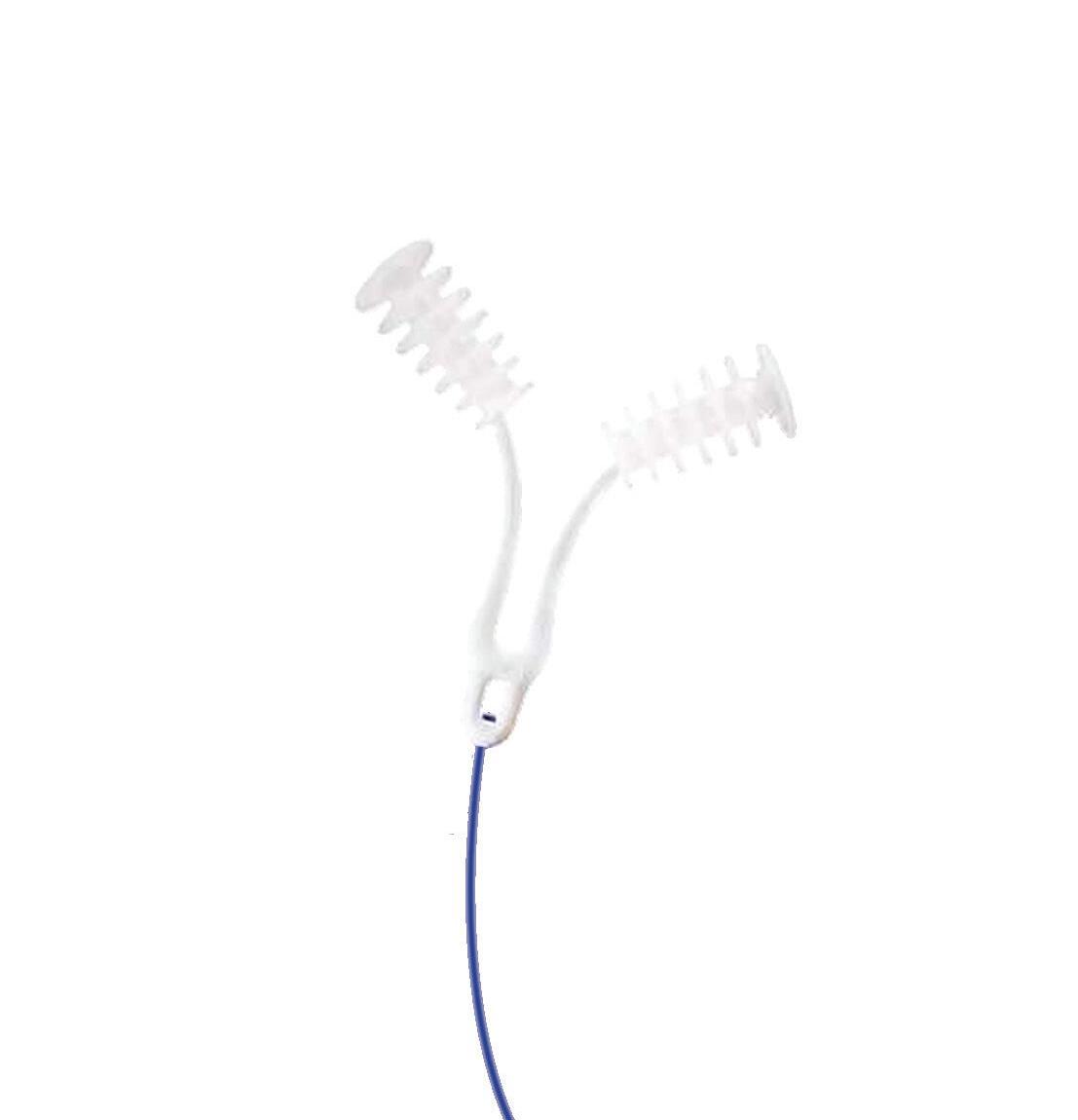

98%+ retention rates*
Half dose option for heifers
Reload Pods available
Only pods on the market with a reuse claim
Proven cow comfort
Easy to use
AWA Member Offer
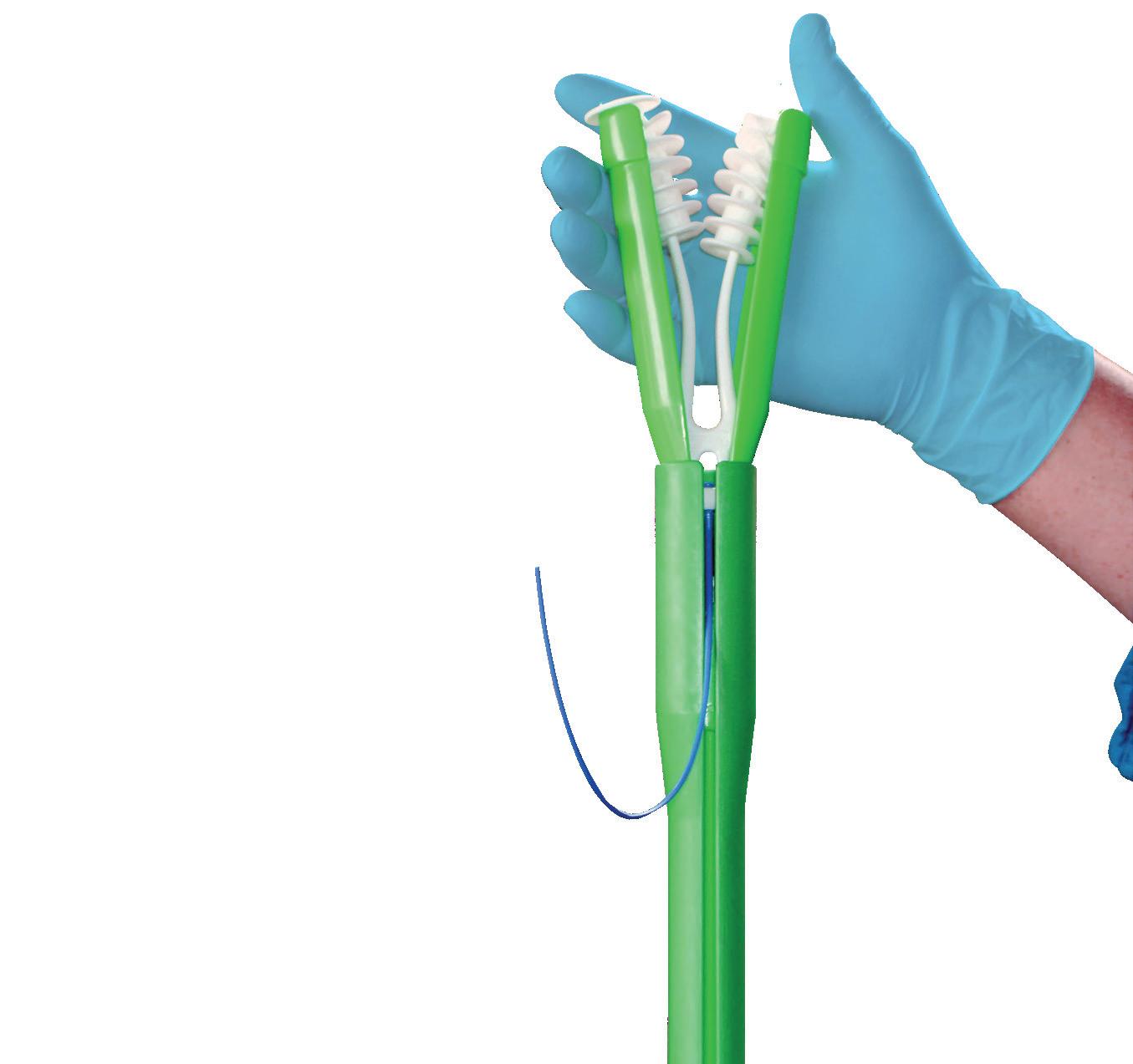
Unrivalled customer service and support
Call Repro360 for a complimentary repro review and ask how we can help increase your productivity. Or visit us at WagyuEdge!
Julie Pocock – North (0423 828 050) or Shane McLeod – South (0475 948 880)
Vetoquinol Australia Pty Ltd
Level 2, 485 Kingsford Smith Drive
Hamilton QLD 4007
Phone: 1800 032 355 Email: vetoquinol-contact.com.au
www.vetoquinol.com.au
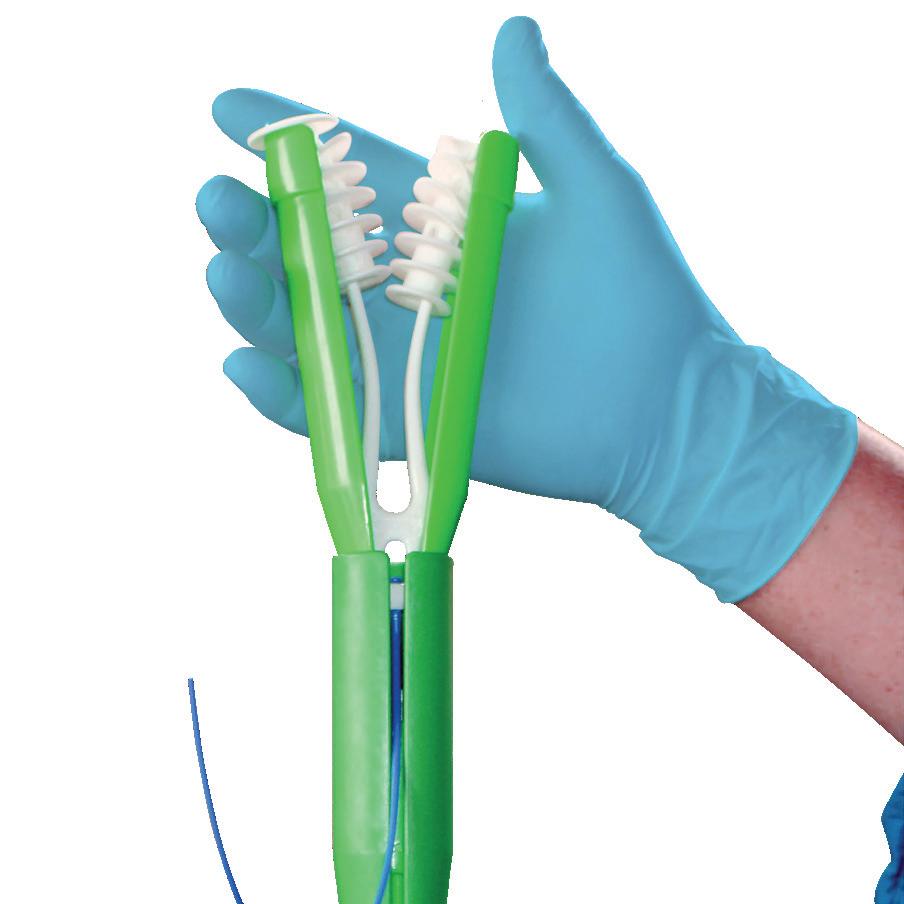
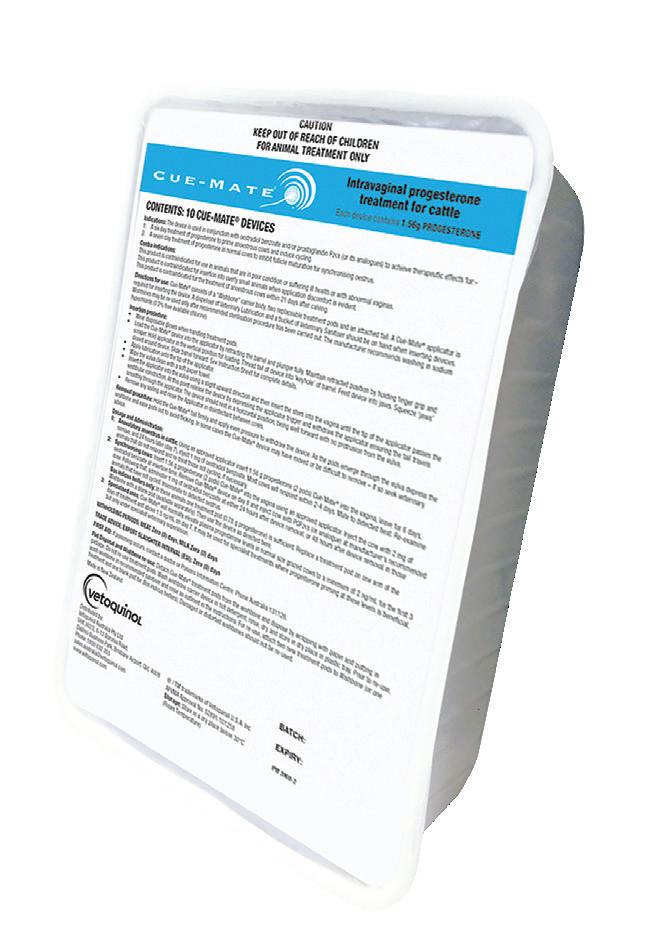
Dear Members,
As this edition of the Wagyu Update goes to print we continue to experience outstanding market and seasonal conditions for Wagyu in Australia. As global food producers, we watch as outbreaks of significant bovine diseases are occurring in Indonesia.
We are also reflecting on another top class WagyuEdge Conference held in April 2022 in Melbourne. We were fortunate to have a diverse profile of outstanding speakers from around the world, who were able to share their knowledge and expertise as well as challenge us and our thinking around Wagyu production.
We truly believe that our annual Conference is a marquee industry event, and to the 450 people who attended, we thank you all for being part of it. I must also extend my thanks and congratulations to our CEO and all the AWA staff who delivered an outstanding event.
A highlight of the Conference was an update on the AWA BREEDPLAN genetic analysis, including a major review of the genetic parameters used by the Animal Genetics and Breeding Unit to calculate EBVs for Wagyu. It was exciting to see the presentation of the work completed by AGBU in independent review and evaluation of the AWA Wagyu genetic parameters. We also had Laura Penrose and Katie Dailey present on the outstanding progress within the AWA Progeny Test Program (PTP), which has gained outstanding support and interest from our members. The AWA-PTP will be a core component of our industry development over the next 10 years and will drive genetic progress across the breed. The PTP will also enable the AWA to lead development of key new Wagyu traits including female reproduction, fatty acid profiles in meat, saleable meat yield and structural correctness.
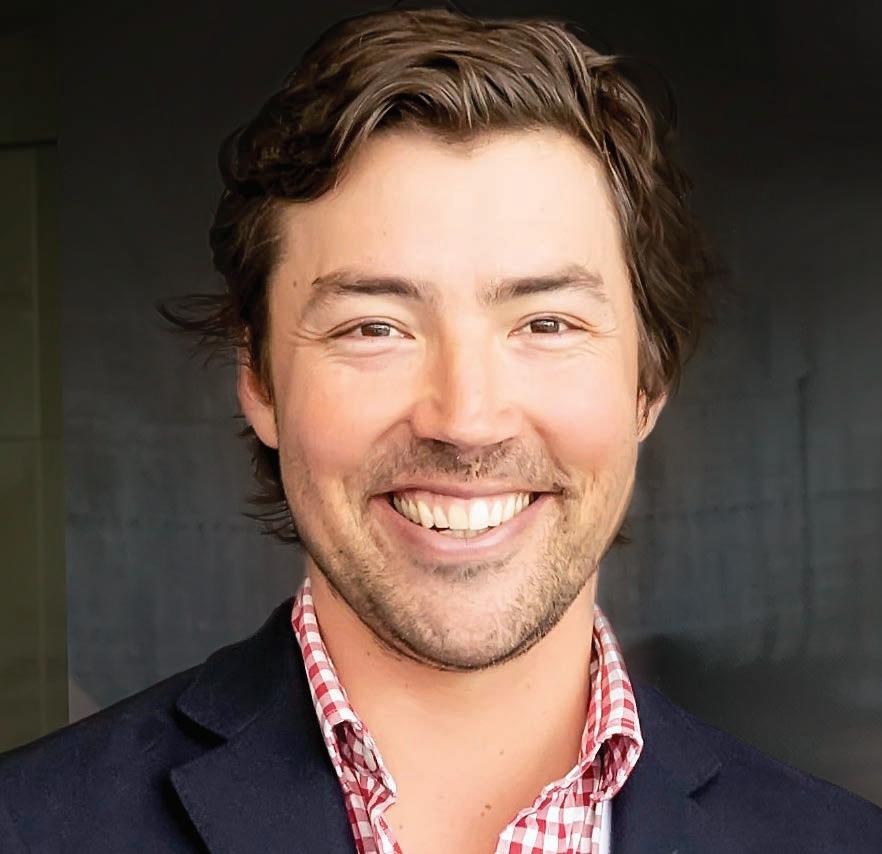
During the April board meeting, the Board approved a joint collaborative project with CSIRO and Neogen to develop commercial genomic tests for crossbred Wagyu. We are excited to announce that this project is well underway and we aim to complete the project within 2022. The AWA/CSIRO/ NEOGEN team have completed the first phase of the project, which will have an instrumental impact in improving the profitability and sustainability of crossbred Wagyu production moving forward.
USE BY THE AWA
2022 marks ten years of AWA advancing measurement of meat quality traits important to Wagyu. Within this edition of the Wagyu Update, we will describe the benefits to the AWA members in using the MIJ digital camera technology. We have now amassed a substantial data set with our members that is enabling more accurate prediction of genetic merit of marbling traits, including the full range of marble score expression in addition to marble fineness.
Throughout financial year 2022, the AWA financial position has tracked ahead of budget, with slight but positive net profit outcome delivered at June 2022. It is reassuring that AWA has weathered the challenges of drought, market downturn and Covid-19 and is now strategically reinvesting in the AWA-PTP with our members. It is also important to note that we have not raised our member fees since 2017 with the aim to continue to provide valuable resources and industry advancement for our members at the same cost.



Dr. MATTHEW McDONAGH
Dear Members,
Judging from the busyness in the office over the last 12 months, the Wagyu Sector is working hard on DNA testing and registering a growing wave of progeny from last year’s breeding programs.
The 12 months to 30 June 2022, have been our biggest by far, with volumes for all member service products at new highs. The Australian Registered Cattle Breeders Association have released their 2021 registration and membership data on Australian Beef Breeds showing Wagyu is now the second largest breed by primary registrations.
2021-2031 AWA PROGENY TEST PROGRAM (AWA-PTP) ON TRACK - CALVES ARE HITTING THE GROUND
The AWA-PTP was launched at the 2021 WagyuEdge Conference. Since then, we have completed the sire intakes for the first two cohorts of sires, with more than 60 sires enrolled in the program. 2022 has seen completion of the first AWA-PTP breeding program across seven herds. Calving has commenced for southern herds with over 1,000 pregnancies observed out of year one matings.
The AWA-PTP semen sire tenders for 2021 and 2022 have been completed successfully, with more than 70 bidders for multiple semen packages of sires entered into the AWA-PTP.
Use of these genetics within industry will assist linkage of herds to the AWA-PTP and enable rapid uptake of leading genetics from the AWA-PTP. The AWA-PTP will produce 250 sires with more than 10 carcase progeny and approximately 75% EBV accuracy.

The AWA Board meet 15-16 August 2022 to review AWA performance against our operational plan and to consider AWA strategy to deliver against the 2020-2025 AWA Strategic Plan;
1. MIJ Mobile Digital Carcase Camera - promotional sales are complete
As launched at the 2022 WagyuEdge Conference, AWA has had a program with the MLA Donor Company to place 20 MIJ Mobile units into industry. We are pleased to report that these units are now placed with 20 different breeders and supply chains. Our AWA 2022 Member Survey identified that AWA’s work with MIJ to underpin objective carcase measurement for Wagyu was rated as the single highest priority area for AWA by our members.
2. Commercial Crossbred Wagyu Genomic Test - phase one complete
This project is a collaboration with CSIRO and Neogen Australasia to enable rapid DNA screening on non-registered crossbred Wagyu animals and prediction of carcase and feedlot performance. The AWA is working with multiple supply chains to develop a stand-alone genomic test. More than 10,000 genotypes and carcase phenotypes have been analysed by CSIRO in Phase 1.
3. New records set for performance recording of Wagyu
In the last 12 months, AWA members have submitted more than 13,000 carcase records for registered slaughter progeny, roughly doubling the volume of carcase data used in Wagyu BREEDPLAN (now totalling 26,700 individual carcase records). Similar numbers of records have been submitted for Birthweight (now totalling >52,000 records) and 200 day weight (now totalling >58,000 records). These performance records are driving the increase in accuracy of AWA published Wagyu EBVs.
4. Ultrasound scan IMF% data now able to be used in BREEDPLAN
The original Wagyu BREDPLAN carcase genetic analysis conducted by the Animal Genetics and Breeding Unit (AGBU) in 2015 used performance, pedigree and genomic data on almost 4,000 Wagyu animals. Analysis of this data found that ultrasound scan data of eye muscle area, rib fat and rump fat contributed valuable information to the BREEDPLAN analysis. However, in that data set for Scan IMF% records, low heritabilities and genetic correlations with AUS-MEAT Marble Score were identified. As a result, Scan IMF% data was not used in Wagyu BREEDPLAN analysis for calculation of AUSMEAT Marble Score EBVs.
In the February 2022 genetic parameter analysis conducted by AGBU, a 6.5-fold greater number of animal records (26,700) were used. AGBU have determined that with significant additional data, improved Scan IMF% genetic estimates now enable Scan IMF% data to be used in BREEDPLAN. This information can be particularly valuable for improving the EBV accuracy of cows, who typically do not generate the same number of slaughter progeny as bulls. See our article “Ultrasound Scan IMF% data now used in Wagyu BREEDPLAN” in this Wagyu Update.
5. Grey coated animals now able to registered
The Dilutor allele is responsible for the expression of grey type coat colours, including silver and cream coloured coats in Red x Black Wagyu cross progeny. The Dilutor allele is not present in Black Wagyu, but is found in Red Wagyu, derived from historic crossing of Simmental cattle into the Japanese Red Wagyu population. When the Dilutor allele is inherited from Red Wagyu parents in Red X Black progeny, it results in a range of Grey coat colours. Grey coloured Wagyu animals are now able to registered as Red, noting that the Dilutor allele is derived from Red Wagyu parentage. The phenotypic coat colour of Grey will be recorded for the animal.
6. 2023 AWA WagyuEdge Conference and Tour 19 – 24 April, Sydney NSW
The AWA is planning its annual conference in Sydney, NSW Australia between 19 – 21 April 2023. This is the first time the AWA has held a conference in Sydney. We'll be inviting our members from all over the world to come to Australia and enjoy our hospitality and the beauty of Sydney city and the NSW countryside for our WagyuEdge Tour 22-24 April 2023.
The AWA has completed accumulation of data from approximately 300 responders who contributed to the 2022 AWA Member and Industry Survey. This information is vital in assisting the AWA to understand areas to focus on improvement and areas that provide the most value to our members. We look forward to providing a full report to members shortly, along with comparison to 2017 survey results so that you can see trends in AWA services over time.
8. AWA is tracking well against all operational and service metrics to the end of the financial year. Financial year 2022 was the largest year by financial turnover, memberships, DNA testing and registration in the AWA’s history. Total AWA membership has increased by 20% to over 1,000 members. Genomic DNA testing for the year exceeded 60,000 individual tests, with registrations totalling 23,500 animals – noting not all DNA tested animals are registered by members.
The AWA Board engaged Mr Philip Pogson (The Leading Partnership) to undertake an independent review of AWA Governance Practices and Procedures in September 2021. The Board advised members in March 2022 of the recommendations of this report and that all recommendations would be responded to within 2022.
Many of the recommendations proposed by Mr Pogson have required drafting of proposed changes to the AWA Constitution. These changes have been drafted and will be provided to members prior to the 2022 Annual General Meeting of the AWA, for consideration at that meeting.
The 2022 AGM is planned to be held on the 15 November 2022 at the Brisbane Airport Convention Centre. The formal Notice of Annual General Meeting will be provided to members prior to the AGM, along with Annual Report, Audited Financial Statements and items relating to proposed Constitutional Changes as recommended by Mr P. Pogson
Dr Matt
McDonagh
Chief Executive Officer Australian Wagyu Association
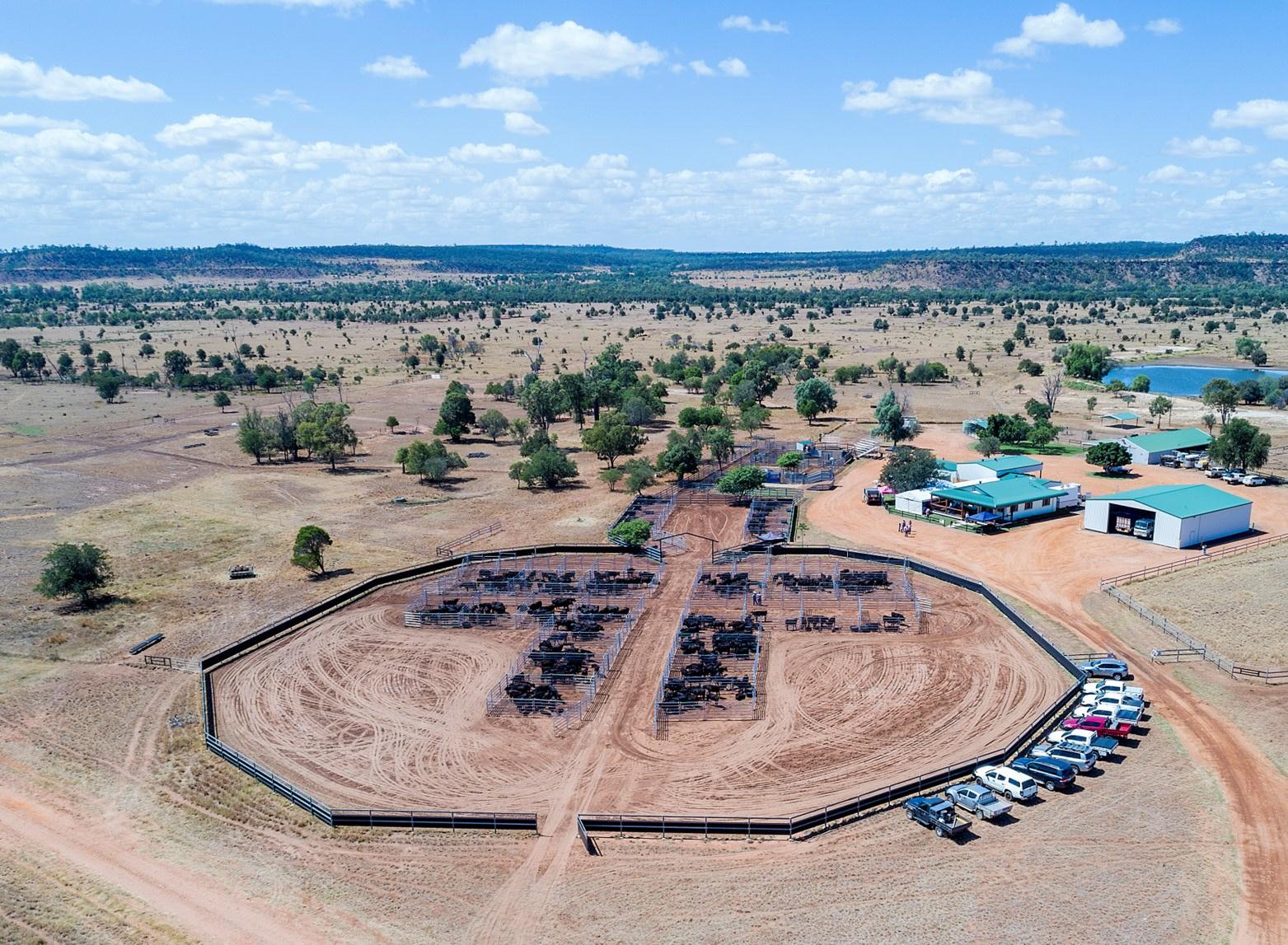

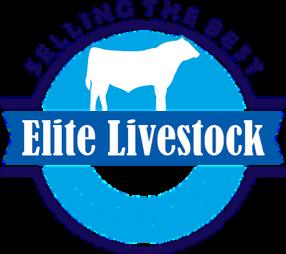

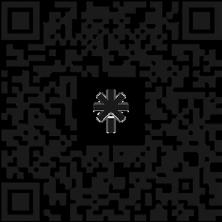


WAGYUEDGE ATTRACTS
RECORD AUDIENCE TO 2022 CONFERENCE
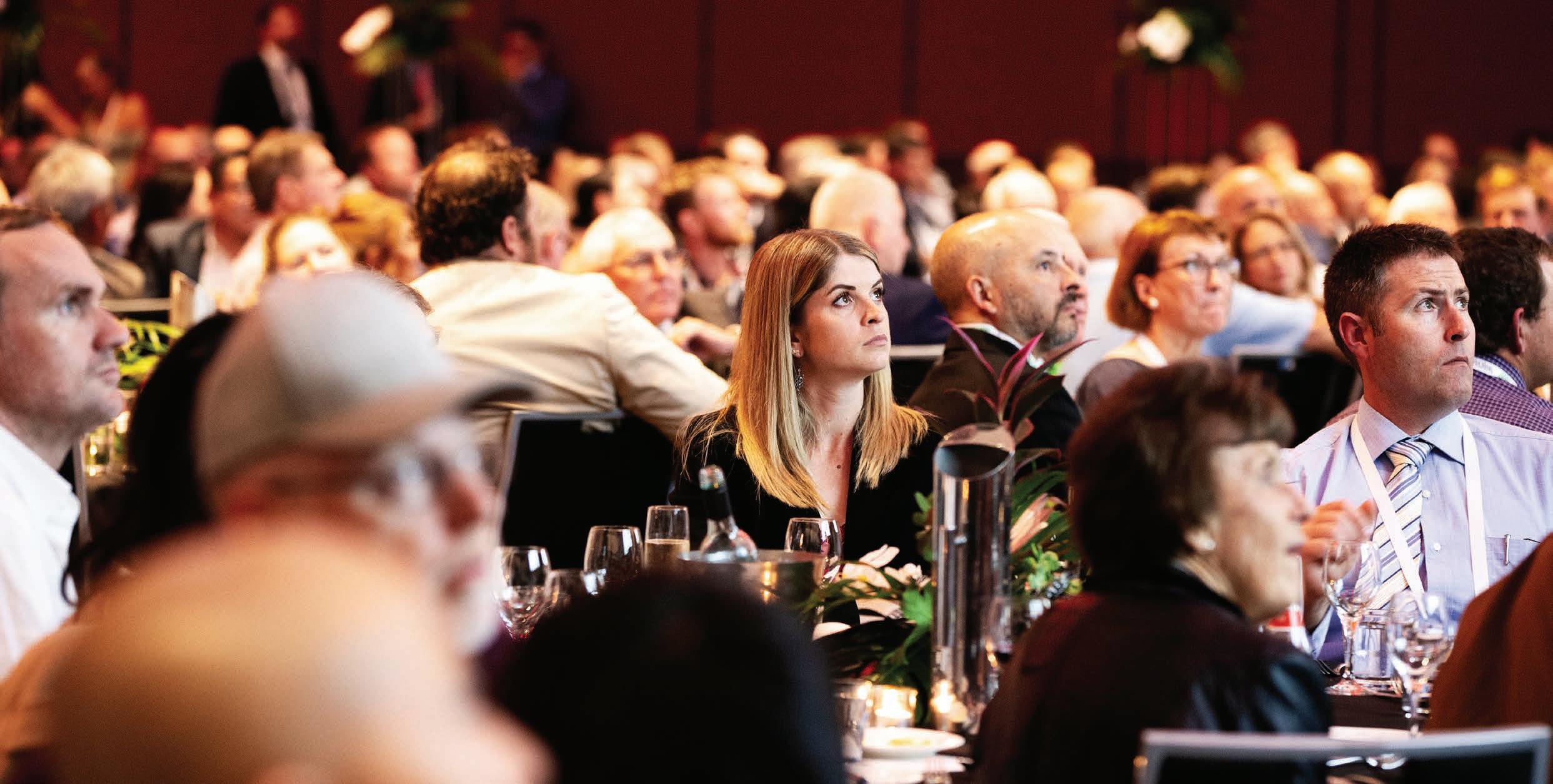
'Do not go where their path may lead, go instead where there is no path and leave a trail.’ Wise words spoken by the great philosopher Ralph Waldo Emerson and for renowned Wagyu breeder Ken Kurosawatsu, the personification of the Wagyu sector.
The trailblazers, innovators and experts of both the domestic and global Wagyu sector converged on Melbourne in April for the Australian Wagyu Association WagyuEdge Conference and Tour. Seventeen world class industry experts, Kurosawatsu included, shared their knowledge on everything from the Westholme Wagyu Flavour Wheel, to objective carcase measurement, and international perspectives on the future of the industry.
Bringing together 450 delegates from across the globe, the highlyanticipated event on the Wagyu calendar provides a valuable opportunity to bring together all components of the Wagyu sector in a learning and networking environment. With a common goal to advance the industry across Australia, Wagyu breeders and supply chain stakeholders also revelled in the success of the globally recognised sector with a celebration of over 30 luxury Wagyu brands at the Wagyu Branded Beef Competition Gala Dinner, and watched as the strongest Elite Wagyu Sale yet eclipsed records, totalling $2.7 million.
Australian Wagyu Association’s Conference and Competitions Committee chairman, Glen Wright, said the event attracted the largest number of delegates in its history, with the energy and vibrancy of discussion enjoyed by all.
The standout speaker for me this year was (new Hall of Fame inductee) Peter Hughes. What a dead set legend. If that doesn’t motivate everyone to go home, dig a bit deeper and go a bit harder, I’m not sure you were listening or awake to the future of the Wagyu business. Obviously, fantastic weather conditions across the country albeit a bit wet in some places, and record demand which is leading to record Wagyu prices, is driving a lot of excitement about the future of the world’s luxury beef and this is evident in the investment people are making with new records being broken in genetics sales. Overall, from the feedback we have received, the conference has been the best we have hosted, and our aim is to continue to listen and improve the format, the information provided from our speakers, and the networking experience each and every delegate can expect from our conferences in the future. I cannot wait for 2023.
Glen Wright, AWA Board Director and Competitions Committee chairman
Be bold, brave and blaze a trail
<<< from page 11
DR KENNETH OLSEN
Professor/Extension Beef Specialist, Department of Animal Science, SDSU Extension, West River Extension Center
There’s many scenarios when big and beautiful may be desirable - renovations, wardrobes, bank accounts spring to mind - but when it comes to heifers, Dr Kenneth Olsen cautions the two attributes may not be the principal aim when considering breeding for larger carcases in Wagyu cattle.
Born and raised on a Montana cattle ranch, Dr Olsen is based in Rapid City, South Dakota where he provides extension education programs for beef producers and conducts research on beef production systems.
His research ranges from the effects of different grazing management practices on cattle nutrition to how beef production practices influence animal performance and carcase characteristics.
While cow numbers in the US have dropped in the last 50 years, beef production in terms of meat produced has risen in the past two decades. How? By producing bigger carcases. Cows have increased from approximately 540 kilograms in 1990 to approximately 634 kilograms today.
Drawing parallels with the Australian Wagyu Association data, Dr Olsen surmises a stronger focus on marbling scores and eating quality, rather than maximising the kilograms of carcase weight, has seen cow size across the Australian Wagyu sector grow at a significantly slower rate than our US counterparts. But it is still increasing, and Dr Olsen poses the question - do we want it to?
With an increase in cow size comes an increase in energy and nutrition needs to fulfil their genetic potential. If this comes from supplement feeding, economic pressures arise as feed costs are incurred.
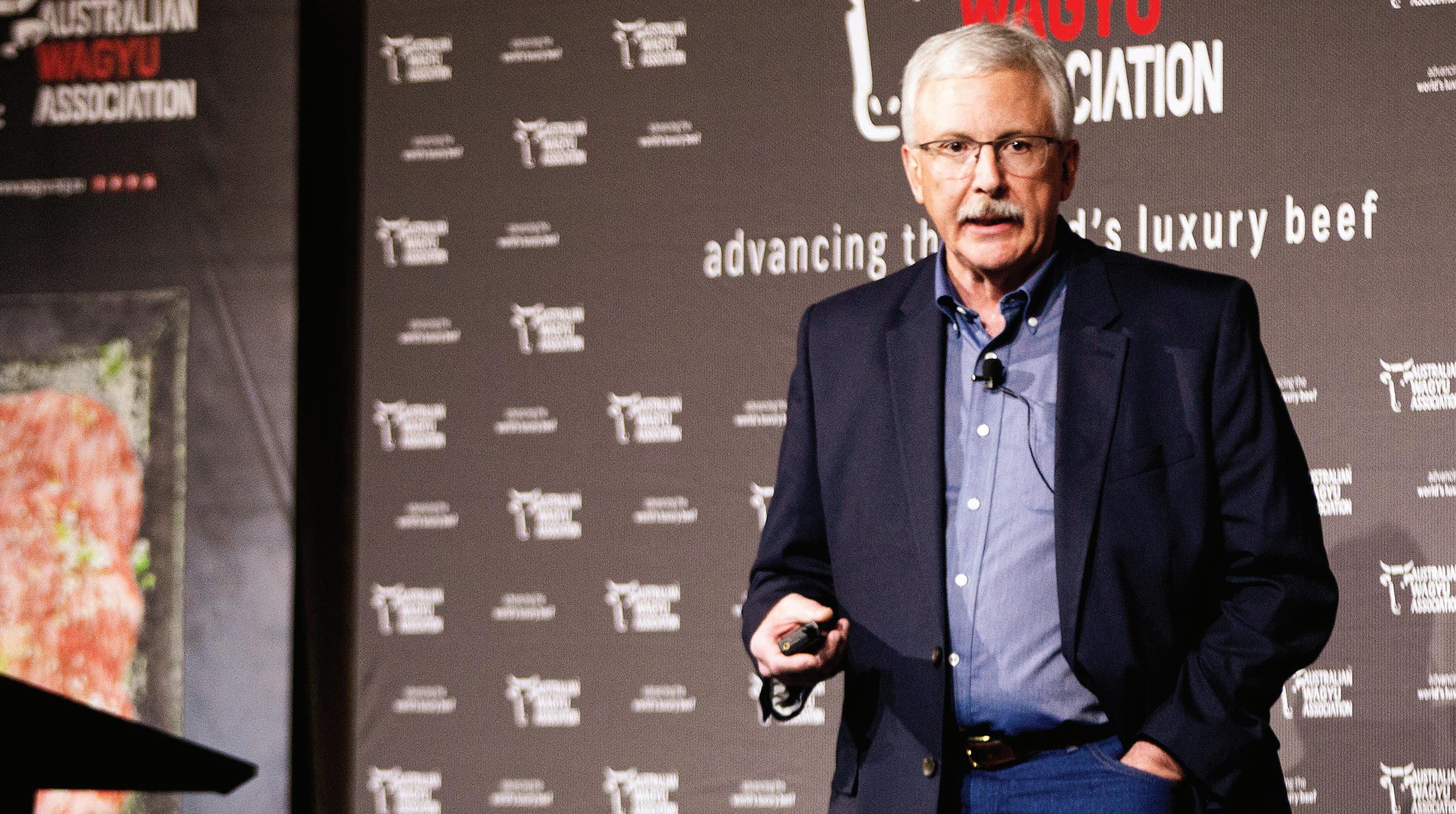
As part of the strong lineup of international and Australian speakers, US-based Dr Kenneth Olsen, and Dr David Nation, Managing Director of Dairy Australia, both shared their perspectives on facing the challenges of tomorrow for the Wagyu sector.
Ken Kurosawatsu, breeder at Wagyu Sekai, provided an insight into the international Wagyu sector, while Associate Professor and flavour and food scientist Dr Heather Smyth shared current research into Wagyu and the commercial application of her research and development.
PRESENTATIONS FOR ALL CONFERENCE SPEAKERS OUT NOW
Alternatively, in a pasture-based system, the ability of a cow to consume enough grass to keep up with nutrient requirements needs to be deliberated. How do we navigate these considerations in increasing cow size as we select for larger carcases in Wagyu cattle?
“You're going to have to improve management if you're going to provide more feed on an economic basis,” Dr Olsen explains.
“You're going to want to be aware of what this does to stocking rates as they get bigger. You're going to want to measure the nutritional status of the cows by weighing them or body condition scoring.
“You need to either improve your grazing management to make more forage available. You need to improve your pastures.
“Perhaps you need to be strategic in supplementing additional feed to the cattle so you get the most bang for the buck. Maybe you need to change the cow's requirements by adjusting when she calves and when you can dry her off by weaning the calf and therefore, you want to manage cow size.
“Cull the ones that don't fit because they can't get pregnant or they can't produce a decent calf. And don't keep your biggest, most beautiful heifers. They're big and beautiful. It means they'll make wonderful feeders, but probably not a cow that fits your resources.”
There’s many scenarios when big and beautiful may be desirable - renovations, wardrobes, bank accounts spring to mind - but when it comes to heifers, Dr Kenneth Olsen cautions the two attributes may not be the principal aim ...



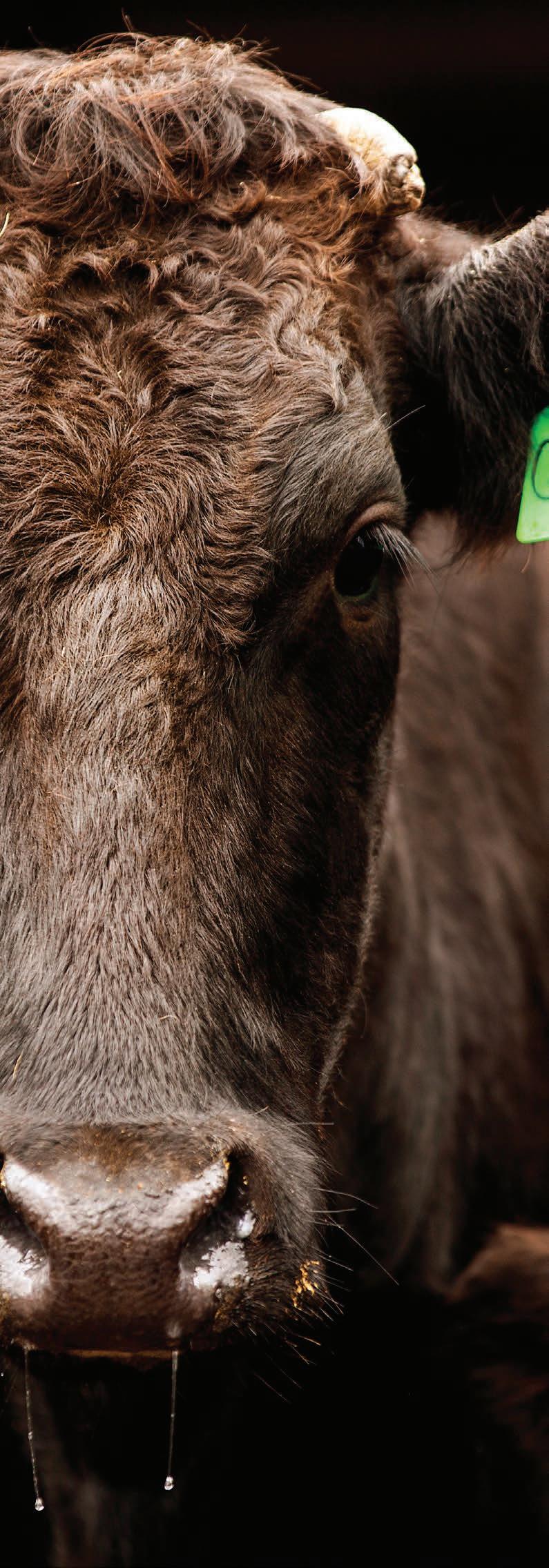

<<< from page 13
DR DAVID NATION Managing Director, Dairy Australia
After investing time, money and effort in genetic improvement for 30 years with no significant result, the Australian dairy industry came to a crossroads in the early 2000s - to continue, or concede that enough is enough? Fortunately, it took the former route. An enduring persistence coupled with an incredible advancement in technologies since 2010, in a way that’s unheard of in the 100-year history of breeding, has seen the industry make remarkable advancements in cow improvement; from new traits to new features, functions, and ways of operating. There’s now more than 200,000 animals in the reference population for the dairy industry. A hair sample from a dairy cow gives an estimation of a Balanced Index with 80 percent accuracy. The industry is working with an 88 percent accuracy predicting production from a DNA test, and 70 percent accuracy for fertility.
With any animal, anywhere in the world with a DNA test able to get an Australian Breeding Value of these accuracy levels, Dr Nation reflects on the enormity of the advancements.
“When I started in the genetics industry, our capacity to improve genetics was 300 young bulls purchased every year, semen collected and distributed, and we'd wait for their progeny to come through, and prove their merit through their progeny - a six to seven year adventure, with 300 bulls at a time,” he says.
“Now we routinely screen with genomics, 5500 animals, young males, every year from anywhere in the world.”
Eighty percent of the genetics utilised by the Australian dairy industry are imported from overseas. It’s a huge global engine intent on screening bulls, finding the best genetics, and bringing them home.
While the dairy industry as a whole has created the platform, the commercial sector is driving the industry forwards. The national industry benchmark parameter for getting cows in calf is 110 for fertility, meaning 10 percent more cows in calf in six weeks. With the commercial sector putting that amount of pressure on young animals coming to Australia, the economic benefits are far-reaching.
As the results continue to grow, so too does the overlap between the Wagyu sector and the dairy industry. Young females are being genomically tested so economic decisions can be made based on their genetic merit.
Selectively using sexed semen and elite genetics on the best young stock and rearing dairy replacements from those frees up the rest of the herd to think about how the two industries partner.
“This is real, this is happening, we are seeing it and it is a genuine scenario, where 60 percent of a farmer's future calves will be expected to be dairy beef and have a viable part in the beef sector going forwards,” Dr Nation says.
“Our future only gets closer together and the sustainability of both our industries all happen together simultaneously.”
<<< from page 15
KEN KUROSAWATSU
Breeder, Wagyu Sekai
Wagyu Sekai has a cult following. When a renowned Toronto steakhouse receives a new shipment, the chef has a call list to run through. One patron has been known to board his jet in New York and fly in just for a taste. The man behind this phenomenon? Ken Kurosawatsu.
Kurosawatsu owns Wagyu Sekai, a 100-acre farm in Ontario, Canada. The family farm was originally focused on Holsteins, but when Japan began temporarily lifting its export ban in the early 1990s, Kurosawatsu went there to work for Mannet Co. Ltd, the company that first exported fullblood Wagyu.
Kurosawatsu learned from the renowned Kenichi Ono, known in Japan as the ‘Professor of Wagyu’. Armed with a wealth of knowledge on the importance of maternal bloodlines, Kurosawatsu returned to Canada to apply these lessons on home turf.
His father had purchased four pregnant Wagyu cows in 1994 - among 200 head of cattle that had recently been exported from Japan - the last time it would happen as Japan banned live cattle export soon after.
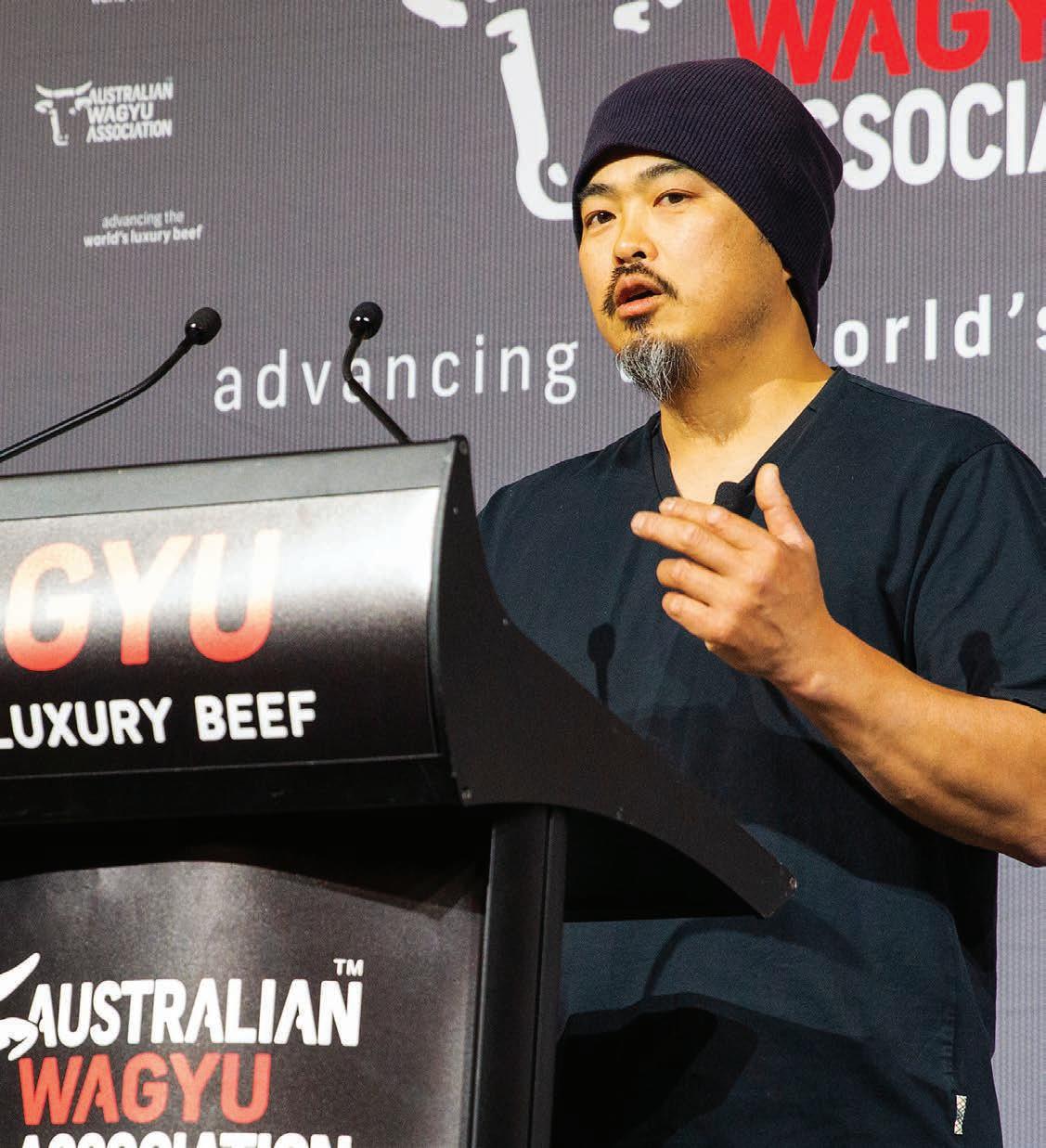
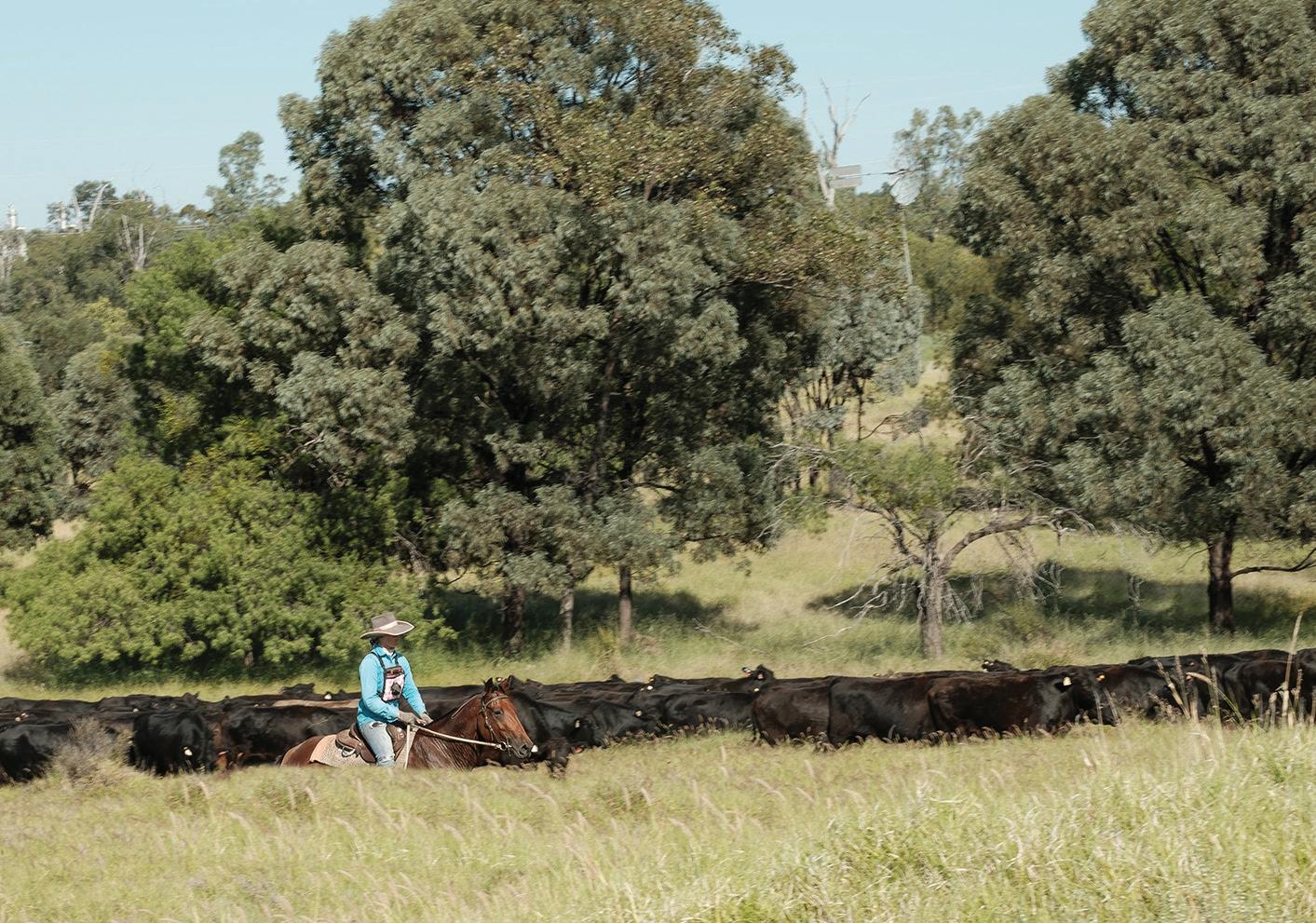

Purchasing quality bred Wagyu F1 and Fullblood feeder cattle by AWA registered Wagyu Fullblood bulls following Stanbroke genetic values.
Supply chain vendors receive full feedback information on livestock performance.
Cattle will be processed for our award-winning Diamantina brand.
DUANE WOODHAM duanew@stanbroke.com | 0438 298 080
RICHARD SHERIFF richards@stanbroke.com | 0428 557 258



RUSSELL HANDLEY russellh@stanbroke.com | 0418 120 605
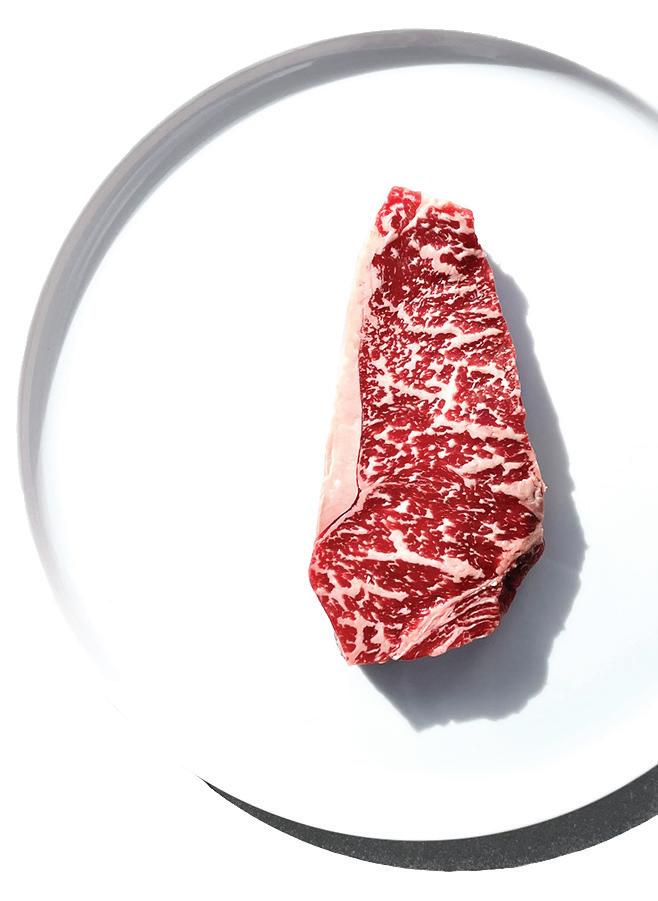
stanbroke.com

Wagyu Sekai invested early into animals in Australia and the United States to complement its core breeding programs. Today, it has 230 head between the three countries.
Finished beef products are sold directly to customers at the farm on Saturdays, allowing Wagyu Sekai to establish a strong relationship with clientele, while also improving its genetic base.
As a smaller operation, Wagyu Sekai operates on an animalto-animal feeding method, similar to the Japanese system. Monitoring intake, conditioning and growth ensures a critical analysis of their animal's structure and temperament for a strong breeding program. Long loins, width through the rear and chest, and a springier rib make the cut.
“Any animals that are undesirable - it doesn't matter how good your pedigree is or how high your genomic numbers are - you are being beefed,” Kurosawatsu says.
“We're critical on maternal bloodlines. It's easier to breed a better animal from a better cow.
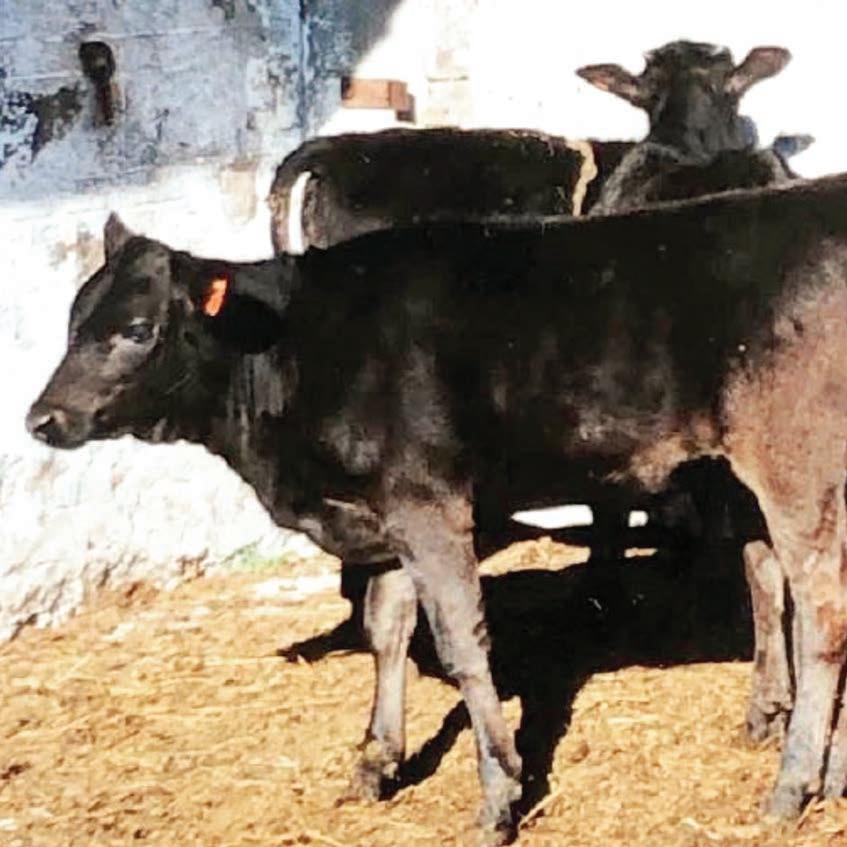
The bloodlines of the cows are important because these bloodlines are going to come through. Maybe not in the first generation, but it will come through.”
It doesn't take a genius to figure that out. But to be able to identify those better cows is the key. And that's what everybody's doing right now, trying to find a better cow.
And where to now for Wagyu Sekai? It’s focusing on what Kurosawatsu refers to as ‘return breeding’, known as Modashi Kohai in Japan, which brings blood back to the maternal side. The practice ensures the blood is preserved not just for use today or tomorrow, but for well into the future.
“As far as I know at this point in time, we have what we have to work with, with Wagyu. And as breeders I think it's important to be able to use these breeding methods to be able to have some sort of diversity,” Kurosawatsu says.
“Don't just look at EBVs; look at phenotypes, look at your breeding, look at your maternal bloodlines, breed the blood. Do all sorts of things. Be creative in what you do, because that is what's going to make this breed even bigger.”
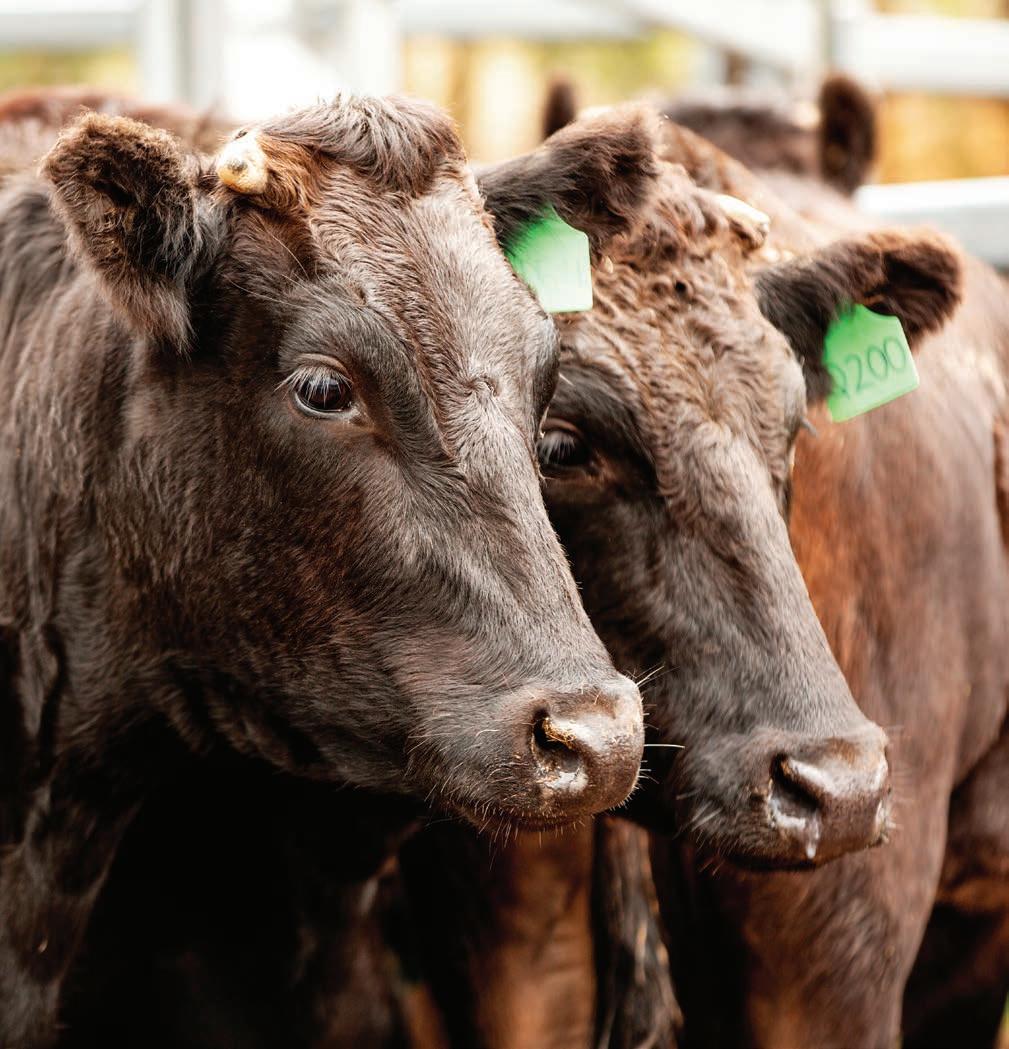
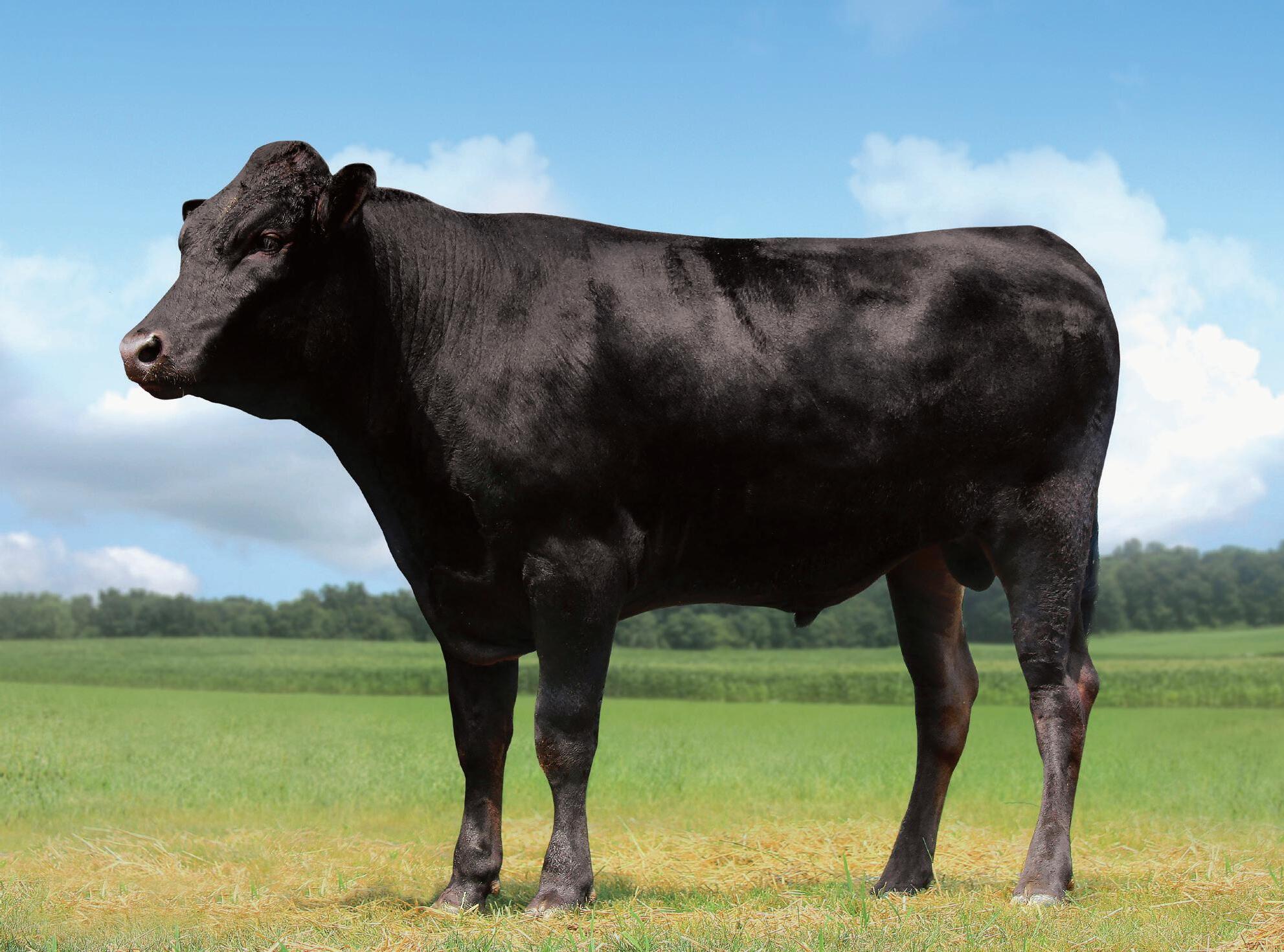
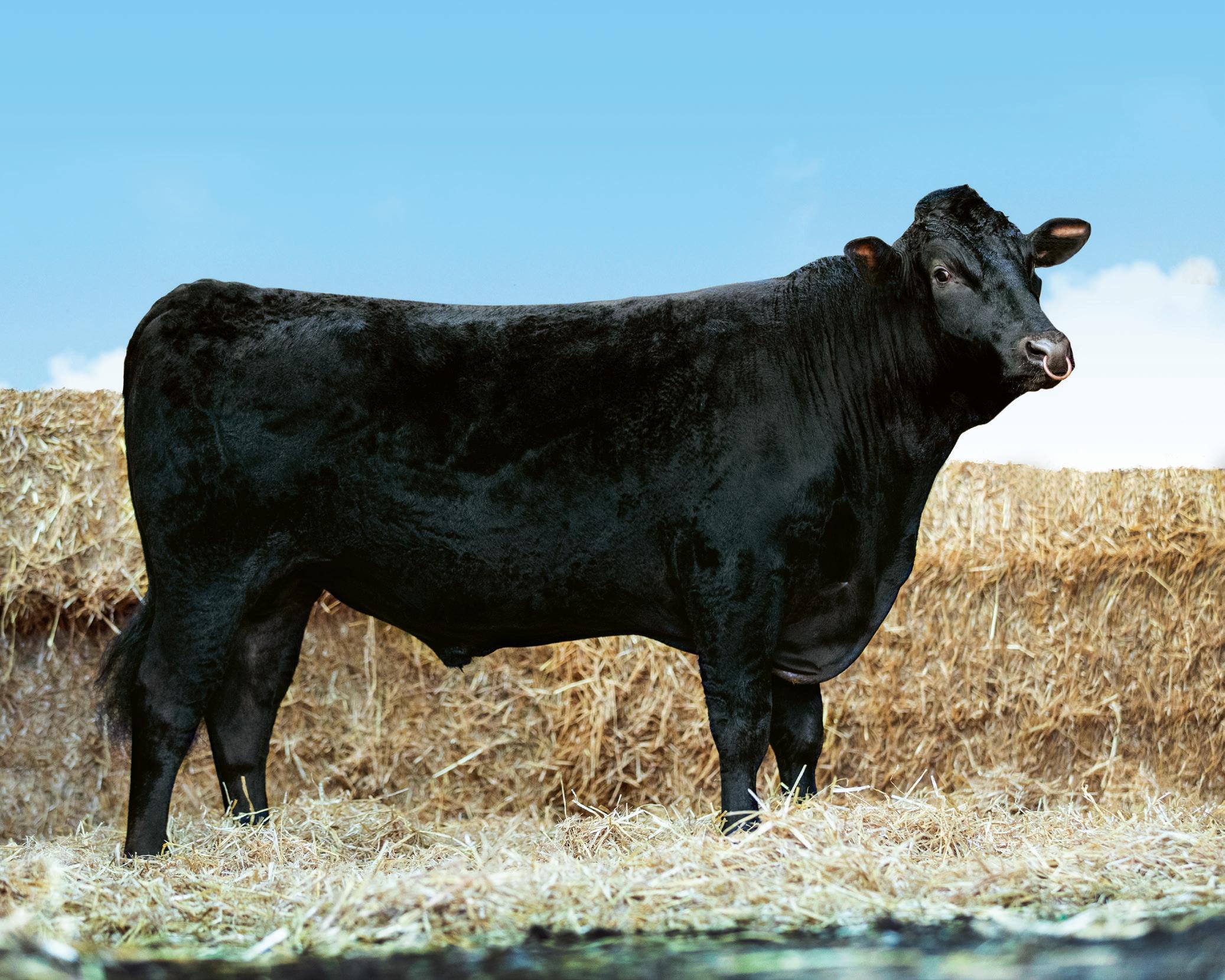
Most of us would be hard pressed to come up with 800 singular, descriptive words on any one food. But for a cooked piece of beef, that’s how many flavour volatiles it carries alone.
<<< from page 17
Principal Research Fellow, QAAFI,
The University of Queensland
A food and flavour scientist with 20 years experience with premium food and beverages, Associate Professor Heather Smyth understands the relationship between a food’s provenance story, its composition, and the sensory experience of enjoying a meal.
From craft beer, wine and coffee, to seafood, dairy, and horticultural products, there’s not many foods Smyth’s superior palette hasn’t worked with, but a recent project had her team of 12 expert taste tasters really stand to attention – the Westholme Wagyu Flavour Wheel.
Commissioned by AACo, the world's first flavour wheel for beef is a sensory lexicon to describe the flavours and textures of the Westholme branded Wagyu.
From her Brisbane lab, Dr Smyth cooked different cuts with varying marbling scores - no oil, no salt - just beef. Her team of taste testers noted flavour, texture, aroma and mouth feel.
It’s been touted as an invaluable tool for the restaurant trade to enhance a high-end dining experience. Whether it's planning menus, flavour combinations, sauces and side dishes, or accompanying wines, the flavour wheel enables chefs to educate beef lovers on the finer details of their meal.
A comprehensive list of product descriptions for the different cuts and marbling grades also helps AACo in its marketing and package branding, with scope to further develop the language pool in the future.
“One of the great benefits for that company is to have a baseline understanding of what the quality parameters are in their beef,”
Dr Smyth explains.
“When they are trying new diets or a new regime, they actually have a standard to compare to, to say, have we changed the flavour? Have we impacted the great quality that we have in any way? Are we improving it? Are we moving away?”
It’s a process Dr Smyth believes will continue to become more sophisticated over time, with Wagyu breeders motivated to select animals for specific parts of the flavour spectrum.
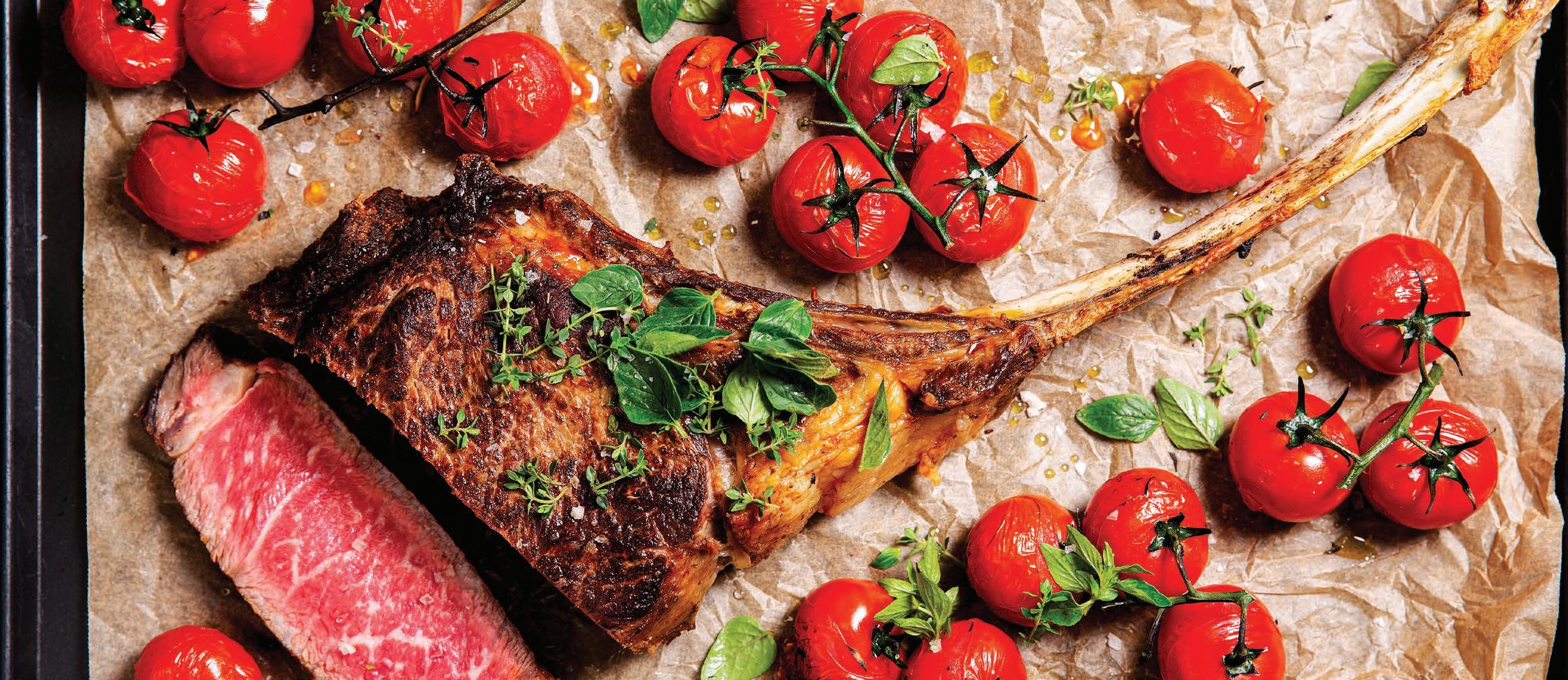
She hopes other premium food producers will take note of AACo's investment in sensory science to be able to objectively measure Wagyu’s sensory properties and diversity.
“Consumers already think that our Australian product is amazing. Let's get on board and try and describe what our point of distinctiveness is in Australia, and communicate that to the rest of the world.”

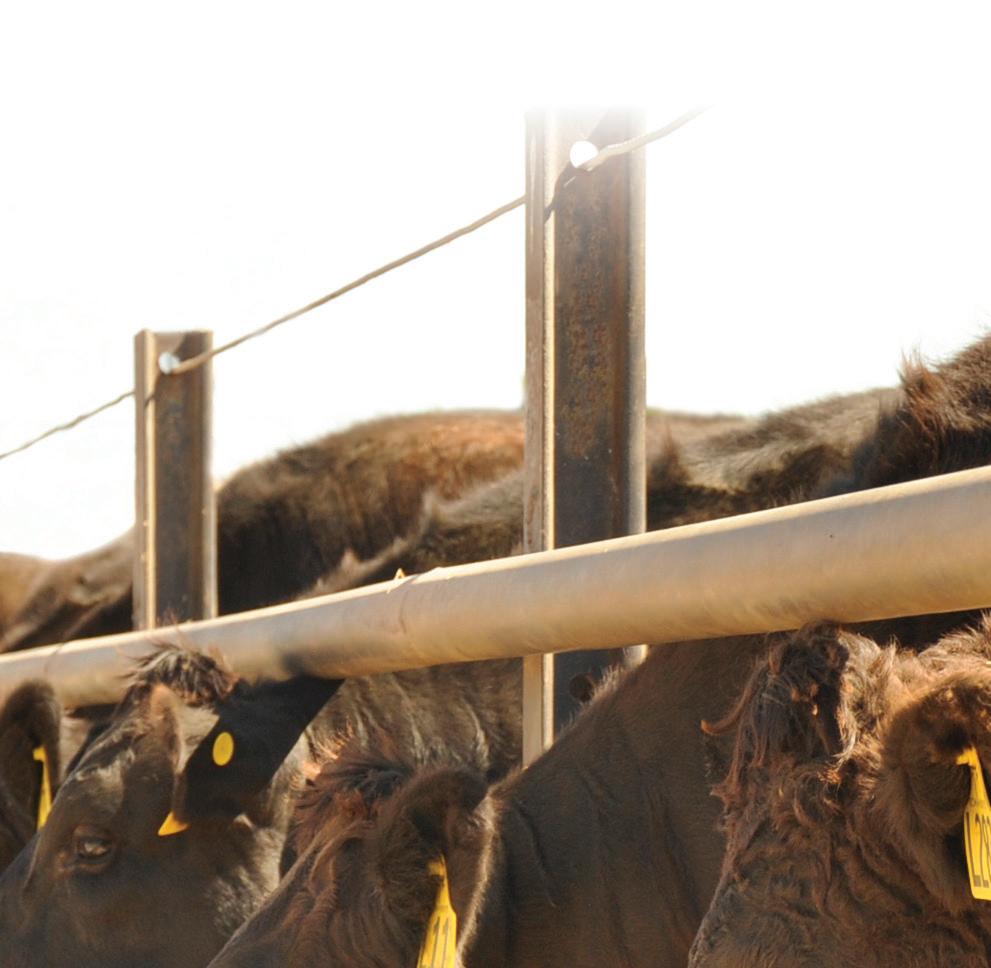

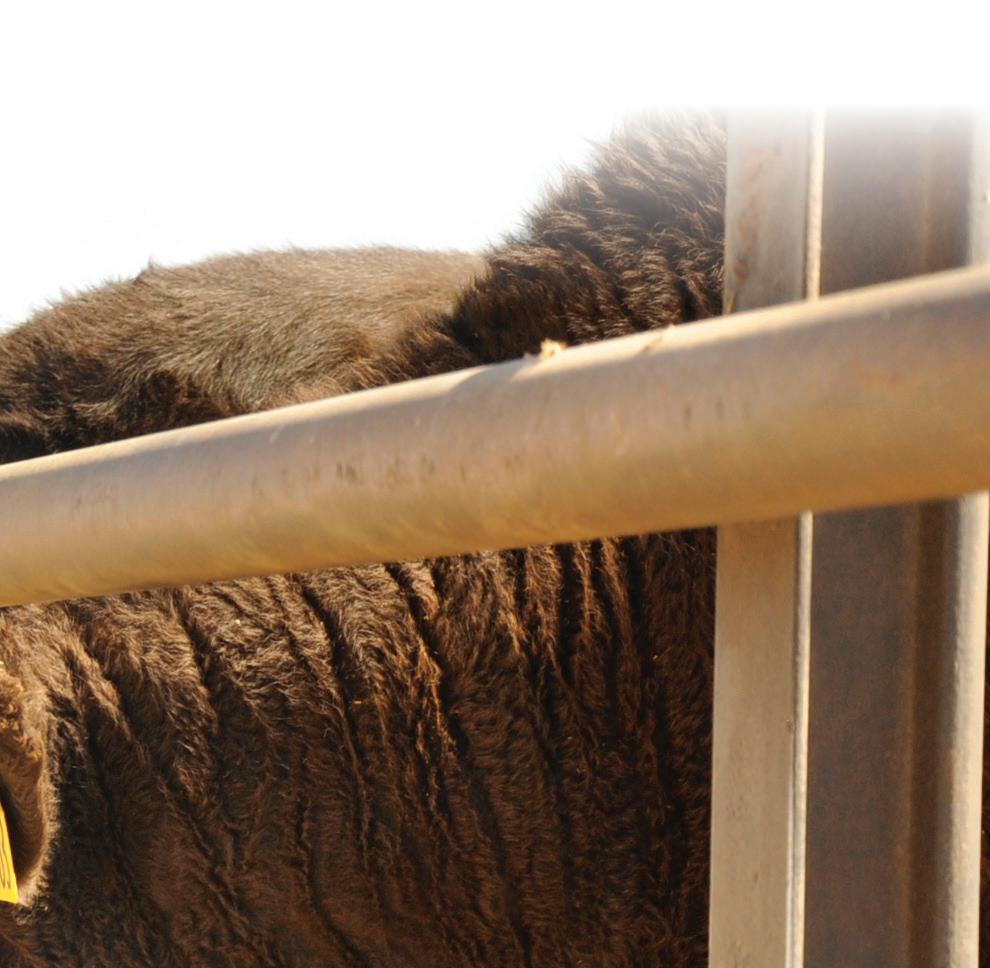
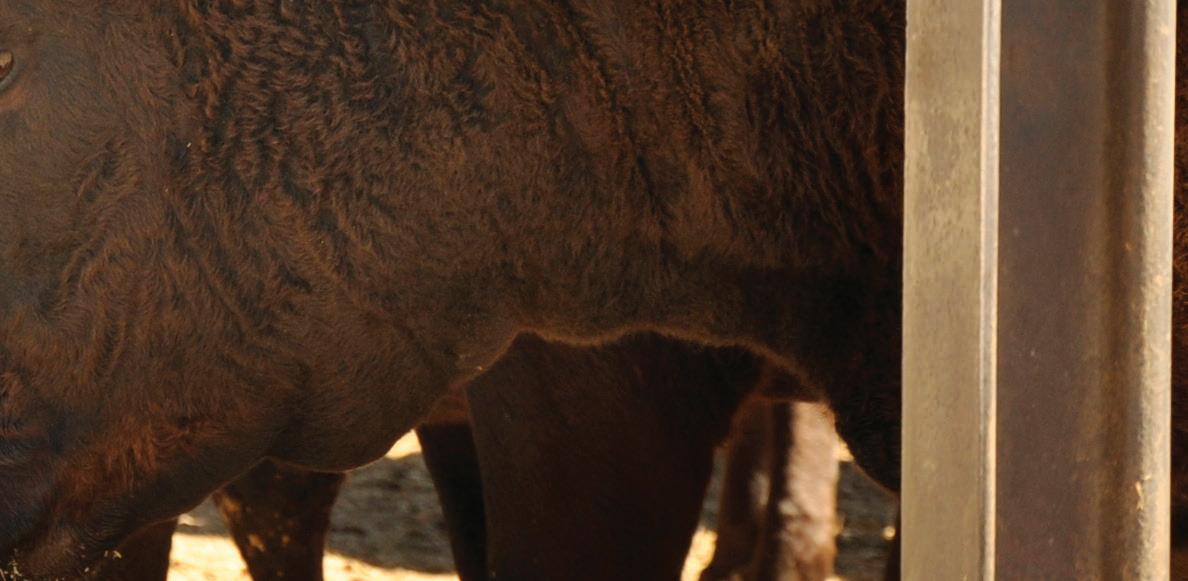

We
Nutritional Programs
From Conception to Carcass
Feed Management Programs
For successful cattle feeding, managing feeding systems, feed manufacture and delivery are critical points in any nutritional program
Performance Audits
Assesses biological and environmental influences on animal and carcass performance
Training and Education Programs
Tailored to maximise staff commitment and compliance within operations

John Doyle BS, MS, DVM, PhD
Phil Dew BRurSc, MS
Robert Lawrence BRurSc(Hons), MRurSc, PhD
Stephen Bonner BAgSc(RuralTech), PhD
In August 2021, we reported that over the last 10 years, the Australian Wagyu Association members have contributed more than 13,000 carcase records into the Wagyu BREEDPLAN evaluation. At that time, we reported a trend of 30% year on year increases in carcase data recording. The purpose of that article was to challenge the assumption that only the Foundation Sires (first generation sires out of Japan) are proven sires for carcase traits. We demonstrated that in 2021, there were third and fourth-generation sires with 50 to more than 100 carcase progeny records. Carcase data from the progeny of 780 different sires had been submitted to June 2021.
Fast forward 12 months and the Australian Wagyu Association members have doubled the volume of carcase data used in the AWA BREEDPLAN evaluation. Within the 12-month period to June 2022, an additional 13,000 carcase records have been submitted, approximately 26,000 carcase records are now used in the AWA BREEDPLAN evaluation. Carcase data from the progeny of 1,250 different sires has now been submitted to AWA.
The trend seen for carcase trait recording by AWA members is different to the steady increase in data recording seen for growth traits, which is showing consistent year on year increases of approximately 30% (Figure 1).
The increases in performance recording are a reflection of the significant growth in the Australian Wagyu Association registration trends over the same period (Figure 2). Single Step Wagyu BREEDPLAN (using genomics and pedigree) was implemented by the AWA in 2018. We can compare the trends up until 2017/18 to those from 2019 onwards.
Compared to 2017 registrations statistics, the number of recorded females with calves recorded (Dams) has increased 2.6-fold from 57,571 to more than 150,000 individual Dams currently. This represents an almost tripling of the registered Wagyu female breeding population over that 5-year period.
Each year, a Herdbook calf is not recorded for each Dam, with many members only Herdbook registering female calves
Total performance records for each trait over time
FIGURE 1 Additive performance recording trends to June 2022.
<<< from page 21
sires
FIGURE 2
AWA Herdbook registered sire, dam and calf trends to June 2022
and male calves that they keep intact for breeding. There are now many steer calves registered in the AWA Slaughter register which allow the recording of the carcase data from these steers for genetic analysis. As a result of the Slaughter registrations, the number of Herdbook calf registrations from dams tends to increase at a slower rate than what otherwise would be expected.
Noticeably, compared to 2017 registrations statistics, the number of sires (bulls with progeny) recorded in the AWA Herdbook has increased four-fold in the last five years. The biggest jump in
number of sires occurred between 2021 (14,095) and 2022 (22,018). This change in number of sires reflects the expansion of the Wagyu herd and along with an increasing trend to use younger sires with higher Estimated Breeding Values (EBVs). Figure 3 shows that significant genetic progress has been made in the Carcase Weight EBV (CWT) over the last 15 years. This is correlated with increases in growth traits over that period, noting more significant increases in the last two years when members have been able to more reliably select and use sires with increased merit for CWT as a result of the
publication of high accuracy CWT EBVs. Figure 3 also shows that up until 2015 little genetic progress was made in the Marble Score EBV (MS). The reason for this was that no genetic measure of Marble Score was available until the MS EBV was published in 2015. Subsequent to 2015, significant change in the average MS EBV of calves born in each year since then has been seen. The average genetic merit for calves born in 2015 was +0.5 MS units. This has increased by 0.1 MS units per year since then, with the average genetic merit for calves born in 2021 being +1.1 MS units.
FIGURE 3
Genetic trends for CWT and MS estimated breeding values for calves registered each year from 2007 to 2021 dams registered calves projected calves

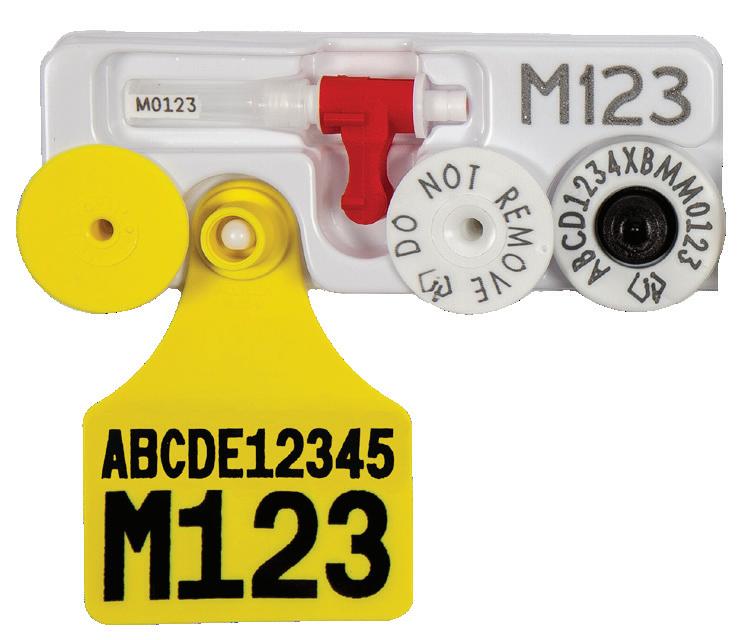
Allflex® Tissue Sampling Units provide a simple but effective means for DNA testing livestock. Collect a clean, uncontaminated sample in seconds with a single squeeze motion, TSU's are easy to use and yield excellent lab results.
TSU's can be paired with a matching NLIS and visual management tag, creating a simple link between the genetics of an animal and it's Identification.
For more information, visit allflex.com.au

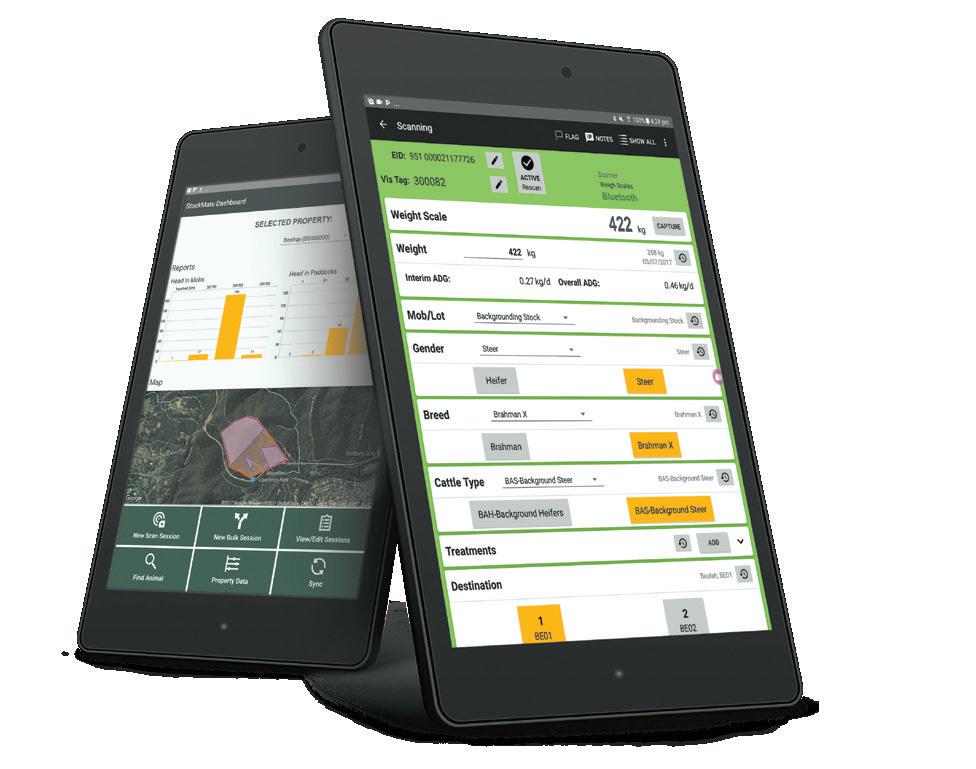
Ensure lifetime traceability and deliver critical data at all stages of production
Manage production and performance (individual animals and mobs)
Use crush-side or in the paddock and then sync to the web
Exceptional NLIS integration and reporting
REGISTER ONLINE FOR FREE TRIAL NOW and quote this advertisement to receive up to three hours free setup support


Powerful,
<<< from page 22
In August 2021, we published that the AWA held progeny carcase data for 780 sires. The average birth year across the 780 sires for which progeny carcase data was held, was 2007. There were 30 sires born in 2016 or later with carcase progeny recorded.
With the approximate doubling of carcase progeny data over the last 12 months, the AWA now holds carcase data for more than 1,250 sires. This is an increase of 470, or 60% in one year. This means that progeny carcase data was submitted for 470 sires for which no carcase data had previously been submitted.
In August 2022, the average birth year across the 1,250 sires for which progeny carcase data is held was 2009. There are now 110 sires born in 2016 or later with carcase progeny recorded.
As shown in Figure 3, as members start to use more sires born after 2015, the rate of genetic gain in their progeny registered in coming years will continue to improve.
TABLE 1
EBV table for TF Itohana 2 (IMUFN2294) highlighting the carcase progeny count for the sire.
Wagyu carcase data trends and proven sires
In AWA BREEDPLAN, animals which have progeny in the Slaughter Register with carcase traits, including carcase weight (CWT) and Marble Score (MS), can be identified by viewing the EBV table of a registered animal. An example is provided in Table 1. for the Foundation sire TF Itohana 2 (IMUFN2294), which shows that he has “398 Carcase Progeny” registered in the AWA Slaughter Register for which carcase data has been provided by different AWA members. This represents an increase of 50% in number of Carcase Progeny in the BREEDPLAN analysis for TF Itohana 2 from August 2021 to August (run2) 2022.
Registering animals in the AWA Slaughter Register and providing the carcase data for these animals is FREE for AWA members. AWA covers all costs associated with this, except for DNA testing costs for parentage verification.
Avg. EBVs for 2019 Born Calves
Traits Analysed: Genomics
STATISTICS: Number of Herds: 75 Progeny Analysed: 1488 Scan Progeny: 196 CARCASE PROGENY: 398 Number of Dtrs: 464
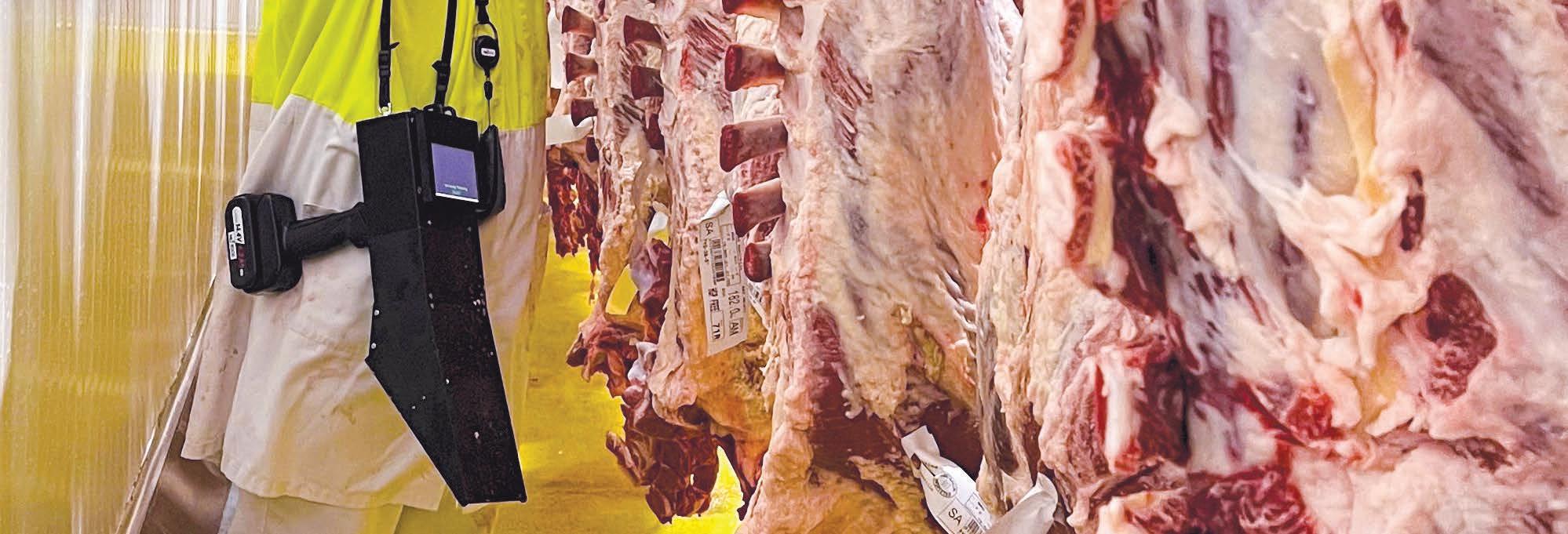
Using the AWA Slaughter Register, AWA members have contributed carcase progeny records for the 780 different sires with carcase progeny in AWA BREEDPLAN.

WKSFM0164
IMUFQTF147
IMUFQTF148
BYWFE0006
IMUFN2294
BYWFY0398
IMUFLTF151
BYWFY0350
BYWFG0615
ADBFZ0025
BYWFC0058
Fullblood sire animal identifier
GOSFB0410
IMJFAJ2810
IMJFMJ068
SMOFF0126
SBYFE0084
ADBFH0602
WESFTH004
IMUFQ2599
BDWFC1569
IMJFAJ2351
WKSFP1593
ADBFD0482
BYWFH0224
BYWFF0318
BDWFC1255
WKSFM0139
WKSFP0001
BYWFA0015
GOSFB0400
BYWFC0182
BYWFF0349
HWKFF0057
IGWFB0006
BDWFM0495
ADBFD0454
FIGURE 4
The AWA foundation, second and third generation sires. 1st to 25th ranked sires by number of carcase progeny records.
2ND GENERATION 3RD GENERATION
Number of BREEDPLAN carcase progeny records
<<< from page 25
HOW MANY CARCASE PROGENY RECORDS DO WE REALLY HAVE FOR DIFFERENT SIRES?
Figure 4 shows the top 25 sires ranked by the number of carcase progeny records for each sire. Each sire is also coded by its generation, blue being foundation sires , red being second-generation sires (i.e., the progeny of a foundation sire) and green being third-generation sires (progeny of a second-generation sire). The 24th ranked sire (SMOFF0278) is a third-generation sire with 148 carcase progeny records.
Of note in Figure 4, is that 65% sires with the highest number of carcase progeny records are RED and GREEN, being second and third-generation sires.
This means that we have extensive carcase records for a large number of non-foundation sires and that non-foundation sires can be just as “proven” as foundation sires.
FIGURE 5
The AWA foundation, second and third generation sires. 26th to 50 th ranked sires by number of carcase progeny records.
The ranking of the next 25 sires, being numbers 26 to 50 based on carcase progeny numbers, is shown in Figure 5.
Again, there are more second-generation RED sires (14) compared to Foundation BLUE sires (6). There are also 5 thirdgeneration GREEN sires in this selection. The 50th ranked sire by number of carcase records has 79 individual progeny carcase records used in Wagyu BREEDPLAN.
Number of BREEDPLAN carcase progeny records
Fullblood sire animal identifier
SMOFK0430
GPPFG0001
GPPFG0012
LMRFG1250Y
ADBFE0181
ADBFD0461
GBWFD0012
GOSFB0419
RJHFB0002
DNOFX0091
TFWFW0629
BDWFM0494
BYWFL0928
MIRFH0022
GPPFG0022
LFDFF0496
MOYFD0517
ADBFN0273
BYWFL00239
PMGFL00047
SMOFK00241
SVWFH493
SMOFG0003
7GHFF0101
SMOFE0148
SVWFE283
Fullblood sire animal identifier
LSRFL0519
PEDFB17785
ADBFJ0697
GPPFJ0041
KKQFJ0087
ADBFG1334
GPPFG0027
LFDFG0958
RJHFF0035
BYWFE0103
IGWFE0084
OMHFE0007
SWSFE0025
ADBFD0466
LMRFD8119U
CCCFB0205
KKWFB0399
LFDFA8316
BDWFZ0556
LFDFZ0556
LFDFZ1193
DGCFQ0101
WSRFQ0062
IMUFN2455
IMUFM2100
0
FIGURE 7
The AWA foundation, second, third and fourth Generation Sires. 475th to 500 th ranked sires by number of Carcase Progeny Records.
FOUNDATION SIRES
2ND GENERATION
3RD GENERATION
4TH GENERATION
FIGURE 6
The AWA foundation, second, third and fourth generation sires. 225th to 250 th ranked sires by number of carcase progeny records.
Wagyu carcase data trends and proven sires
<<< from page 27
In August 2021, the AWA had more than 250 sires with 10 or more carcase progeny recorded. Figure 6 shows that in August 2022, the 225th to 250th ranked sires now have between 21 and 23 carcase progeny recorded for each sire.
Number of BREEDPLAN carcase progeny records
FOUNDATION SIRES
2ND GENERATION
3RD GENERATION
4TH GENERATION
Number of BREEDPLAN carcase progeny records
The ranking of the sires from number 475 to number 500 based on carcase progeny numbers, is shown in Figure 7. Of note, the AWA now has more than 500 sires with at least 10 carcase progeny recorded against them. Included in these sires is LMRFD8119U (Lone Mountain Ranch), which is a sire with carcase data, including Meat Image Japan data recorded by an international AWA member. Also of note is that there are 2 Foundation sires IMUFN2455 (Hikari J251830: Red Wagyu) and IMUFM2100 (Kikuyasu 400) ranked number 499 and 500 by progeny carcase records. The average EBV accuracy for the CWT and MS EBVs for these sires is well above 80% for each EBV.
There are now more than 500 sires that have 10 or more carcase progeny records in AWA BREEDPLAN. Many of these sires inform each other through shared pedigrees to generate genetic merit estimates through EBVs and to create higher accuracy EBVs. The rate of genetic progress has been increasing since the introduction of Carcase EBVs in 2015 and the implementation of the use of genomic information in 2018. In 2022, we now have more than 100 sires born in 2016 or later, that have 10 or more carcase progeny recorded. These sires have good EBV accuracy based on their own carcase progeny and several generations of proven sires in their pedigrees. Increasing the use of younger generation sires with above average EBVs for your herd, will increase the rate of genetic gain in your herd.
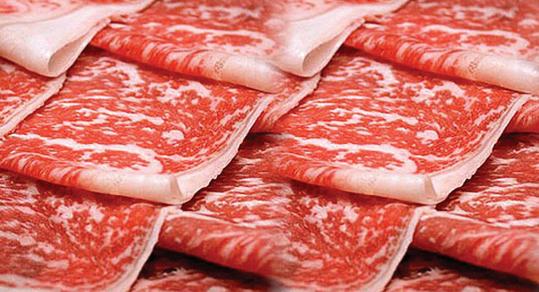



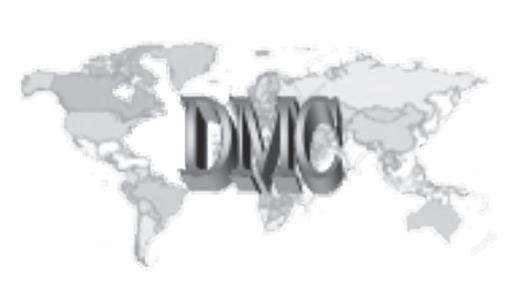

The Alertys OnFarm Pregnancy Test detects pregnancy-associated glycoproteins (PAGs) in whole blood (EDTA) as early as 28 days post-mating and 70 days post-calving. PAGs are only produced in the presence of a live embryo or fetus.
Why use the on-farm pregnancy test:
• Read results easily to make decisions quickly
• Shorten calving interval by testing at day 28 post-mating
• Cost-effective for testing small groups of cows
• Find open animals in just 20 mins
• Increase safety for you and your workers
Key Details about the test

The test is highly accurate on whole blood and recommended for use in finding open cows.
Species Bovine Only
The AWA has been working with Meat Image Japan (MIJ) Carcase Camera technology for ten years. We've implemented MIJ camera data into Wagyu BREEDPLAN to help Wagyu breeders make genetic progress for marbling, eye muscle area and marbling fineness traits. In 2012, the AWA, in partnership with the MLA, undertook the Wagyu Collaborative Genetics Research Project. The project's main objective was to collect sufficient carcase data records and information for other traits to test if this information could be used in Wagyu BREEDPLAN to develop and implement carcase EBVs specifically relevant to the Wagyu breed. The project involved the collection of performance, pedigree and genomic data on almost 4,000 Wagyu animals. The collected carcase data included AUS-MEAT data, the information generated using the MIJ Carcase Camera and image analysis information, and AUS-MEAT chiller data and genotypes. This data was instrumental in the implementation of carcase EBVs in 2015. Animal Genetic and Breeding Unit (AGBU) in 2015 analysed the data testing if it could be used to predict carcase traits for Wagyu. Some significant findings from this analysis were:
» The heritability of MIJ Digital Marbling Percentage (DMp) and AUS-MEAT Marble Score (MBS) were found to be moderately to highly heritable;
» The two measures of carcase marbling (DMp and MBS) were found to be genetically essentially the same trait with a genetic correlation of 1;
» The distribution of MBS suggested that actual marbling extends well past AUS-MEAT Marble Score 10 (9+) while MIJ Carcase Camera DMp appeared to be normally distributed and extend well past the 9+ AUS-MEAT grading limit;
» The extremely high genetic correlation between the 2 marbling traits demonstrated that the higher DMp values would correspond to AUS-MEAT scores in the 11, 12, 13 and 14 range;
» The heritability of MIJ Digital Marbling Fineness Index (DMf) was moderately-high and estimated to be 0.50; and
» The heritability of AUS-MEAT Carcase Eye Muscle Area and MIJ Digital Muscle Area (DMa) were found to be both high with heritabilities of 0.56 and 0.62 respectively. They were also highly related traits with a genetic correlation of 0.83
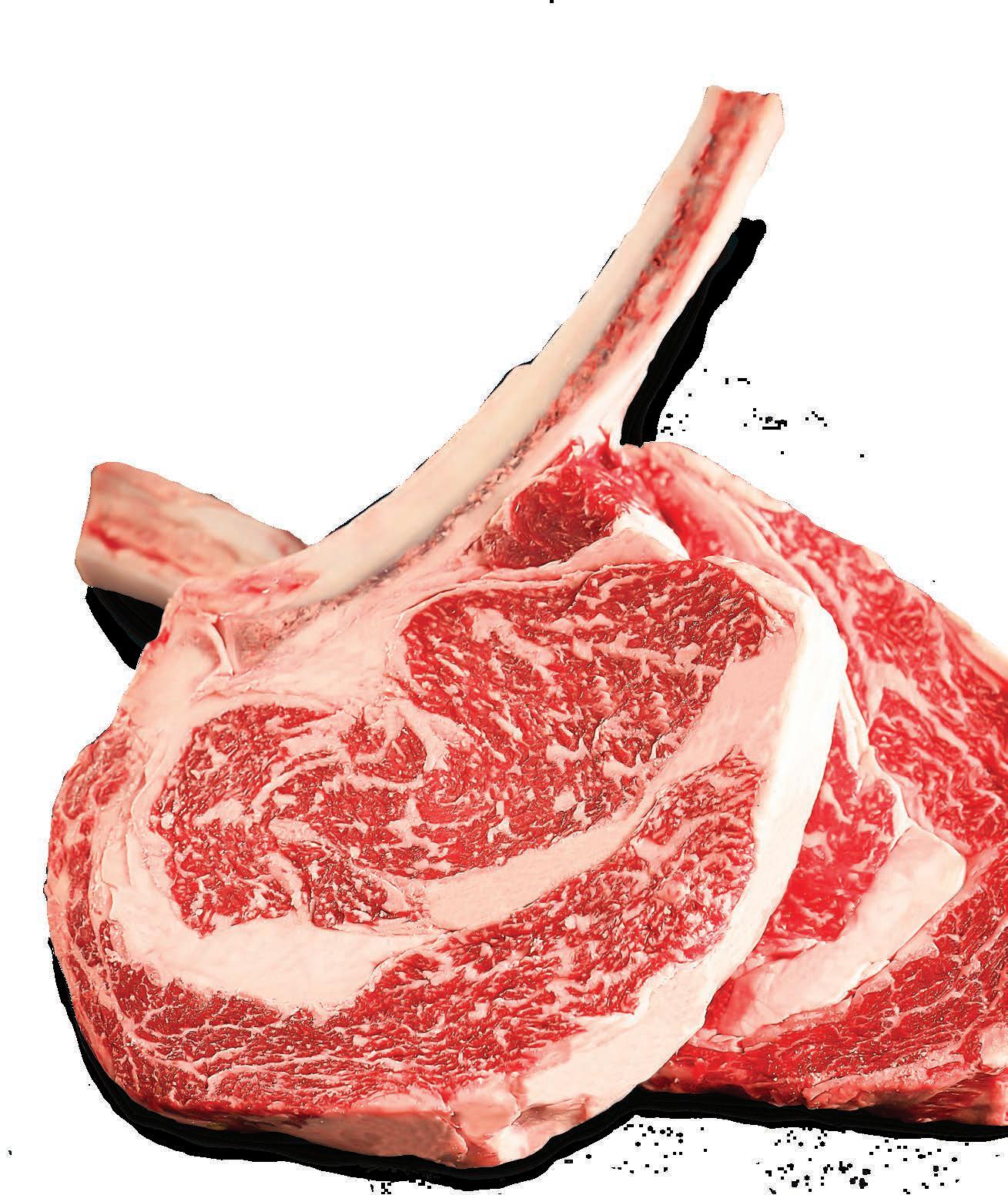
In February 2022 another genetic parameter analysis using AUS-MEAT and MIJ Carcase Camera data loaded into the AWA database was conducted by AGBU. This genetic parameter analysis was conducted again because significantly more data was available to enable re-estimation of Wagyu genetic parameters.
When comparing the 2015 analysis with the 2022 analysis, there was a greater than 6-fold increase in registered animals with carcase records available in the BREEDPLAN analysis. This substantial increase in carcase records (from 4,000 to 27,000 ) has improved the genetic prediction of carcase traits, particularly Marble Score through use of AUS-MEAT and MIJ Carcase Camera data.
The most recent AGBU analysis also confirmed that there was still a very strong genetic correlation between DMp and MBS. However, as shown in Figure 1, the AUS-MEAT Marble Scores are truncated at 10 (which represent 9+).
Like most complex biological traits, we expect that Marble Scores should be normally distributed (represented by the red line in Figure 1). The distribution of Marble Score measurements in Figure 1 is truncated and not normally distributed. If the mean of the normal distribution is MBS 7 – 8, we would expect to see less MBS9 and 10 records and a tail on the right-hand side of the graph that matches the tail on the left-hand side of the graph.
We see that a significant number of animals with a marble score of 9 should have been 10 and potentially as many as 1,500 of those with a marble score of 10 should have been 11 or higher. We estimate 500 that should have been 12. We expect from the distribution, that marble scores above 13 and 14 are present in the population.
Number of animals
Marble Score (MBS)
FIGURE 1 – Distribution of AUS-MEAT Marble Scores (MBS) of Fullblood and Purebred animals in the AWA database.
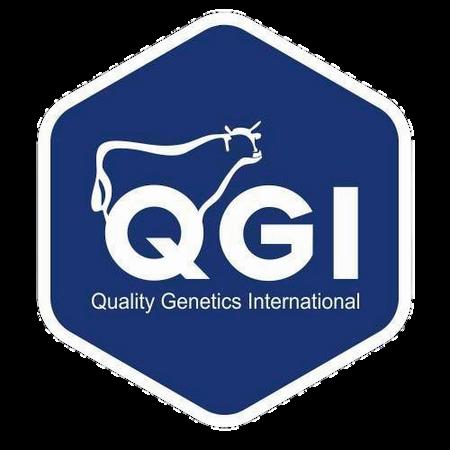
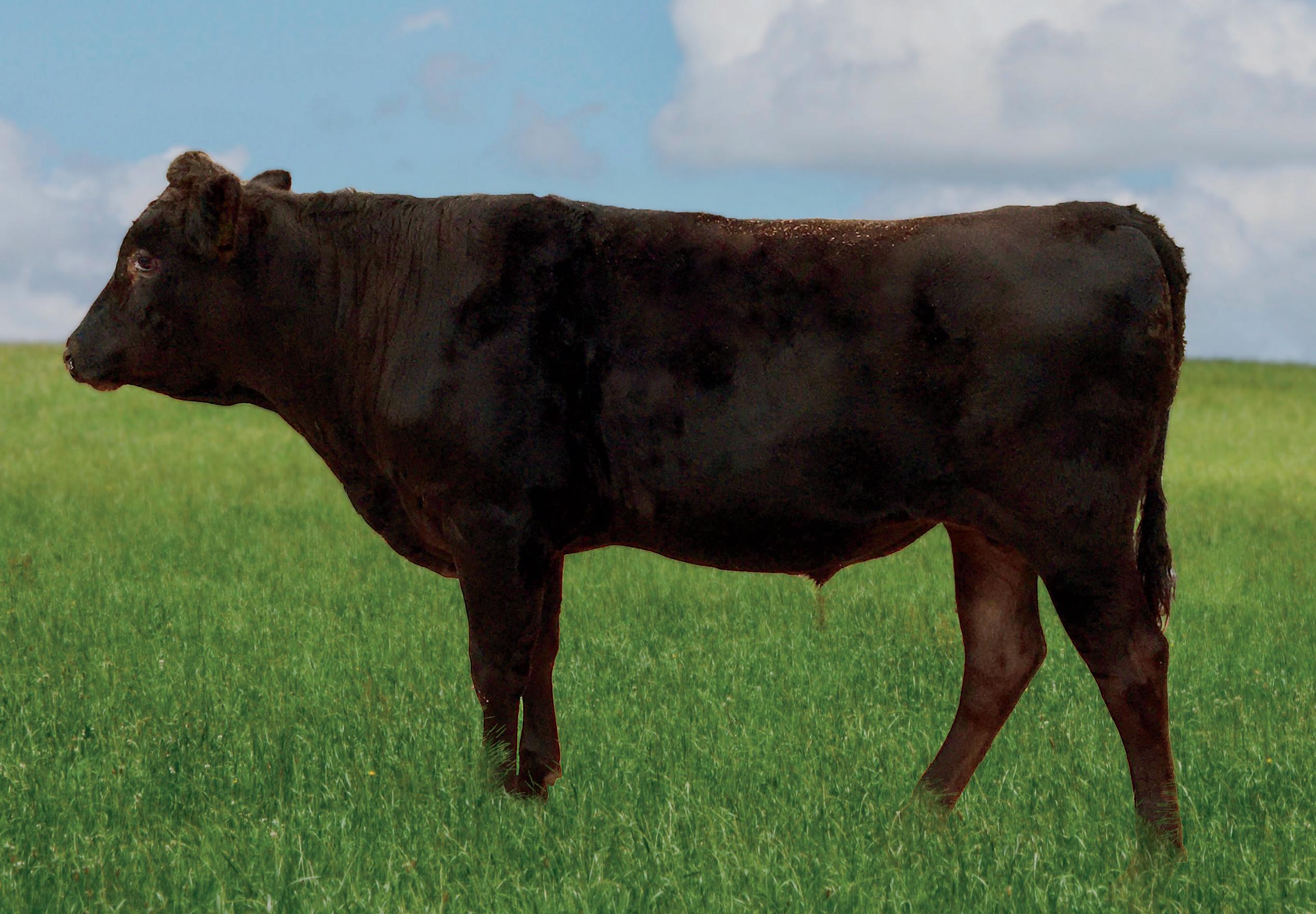

–
Comparing the distribution of AUS-MEAT Marble Scores in Figure 1 to the distribution of MIJ Digital Camera data for DMp records in Figure 2, we see an almost perfect normal distribution for the DMp measurement of the Marbling trait in Wagyu.
This demonstrates the MIJ Carcase Camera captures the full spectrum of variation that exists in marbling percentage.
The very high genetic correlation between AUS-MEAT Marble Score and MIJ Digital Marbling Percentage shows that there is a strong relationship between the two traits. The benefit of this very high genetic correlation is that MIJ DMp data can be used very effectively by the BREEDPLAN analysis as additional information to obtain a better estimation of the animal’s genetic potential for marbling as expressed through the Marble Score EBV. Digital Marbling Percentage values are loaded into
BREEDPLAN as this data is the true measure of marbling. The Wagyu BREEPDLAN genetic analysis then uses both the AUS-MEAT marble score data and the MIJ Digital Marbling Percentage data to calculate the Marble Score EBV. Digital Marble Score (DMs) values are not loaded into BREEDPLAN as these marble scores are derived from the actual DMp value for each carcase.
The AUS-MEAT Marble Score data directly contributes to the Marble Score EBV, whilst the MIJ Digital Marbling Percentage data contributes as a correlated trait to the Marble Score EBV.
The MIJ Carcase Camera technology has created the ability to accurately capture the variation representing the whole range of differences in marbling and then allow this information to be used by the BREEDPLAN analysis to more accurately calculate Marble Score EBVs.
AWA members can purchase MIJ Mobile kits from the AWA for use in obtaining high accuracy data on their carcases and submitting this data to the AWA for use in Wagyu BREEDPLAN.
IMF% DATA NOW USED IN WAGYU BREEDPLAN



WHY IS LIVE ANIMAL ULTRASOUND SCAN DATA IMPORTANT?
Live animal ultrasound scan data is especially valuable in genetic evaluations because it can be collected on the breeding animal before it has any progeny. It provides early in life information on traits that are otherwise only measured later in life on slaughter progeny. This information can be valuable for improving the EBV accuracy of cows, who typically do not generate the same number of slaughter progeny as bulls.

WHY HAS LIVE ANIMAL ULTRASOUND SCAN IMF% DATA NOT BEEN USED PREVIOUSLY?
Simply, there were not enough data records to get accurate genetic parameters for the trait to use the live animal Ultrasound Intramuscular Fat Percentage (Scan IMF%) data in Wagyu BREEDPLAN. In 2012 the AWA, in partnership with the MLA, undertook the Wagyu Collaborative Genetics Research Project to identify, determine and establish EBVs relevant to the Wagyu breed. The project involved collection of performance, pedigree and genomic data on almost 4,000 Wagyu animals. This data was instrumental in the implementation and publication of carcase EBVs for Wagyu in 2015.
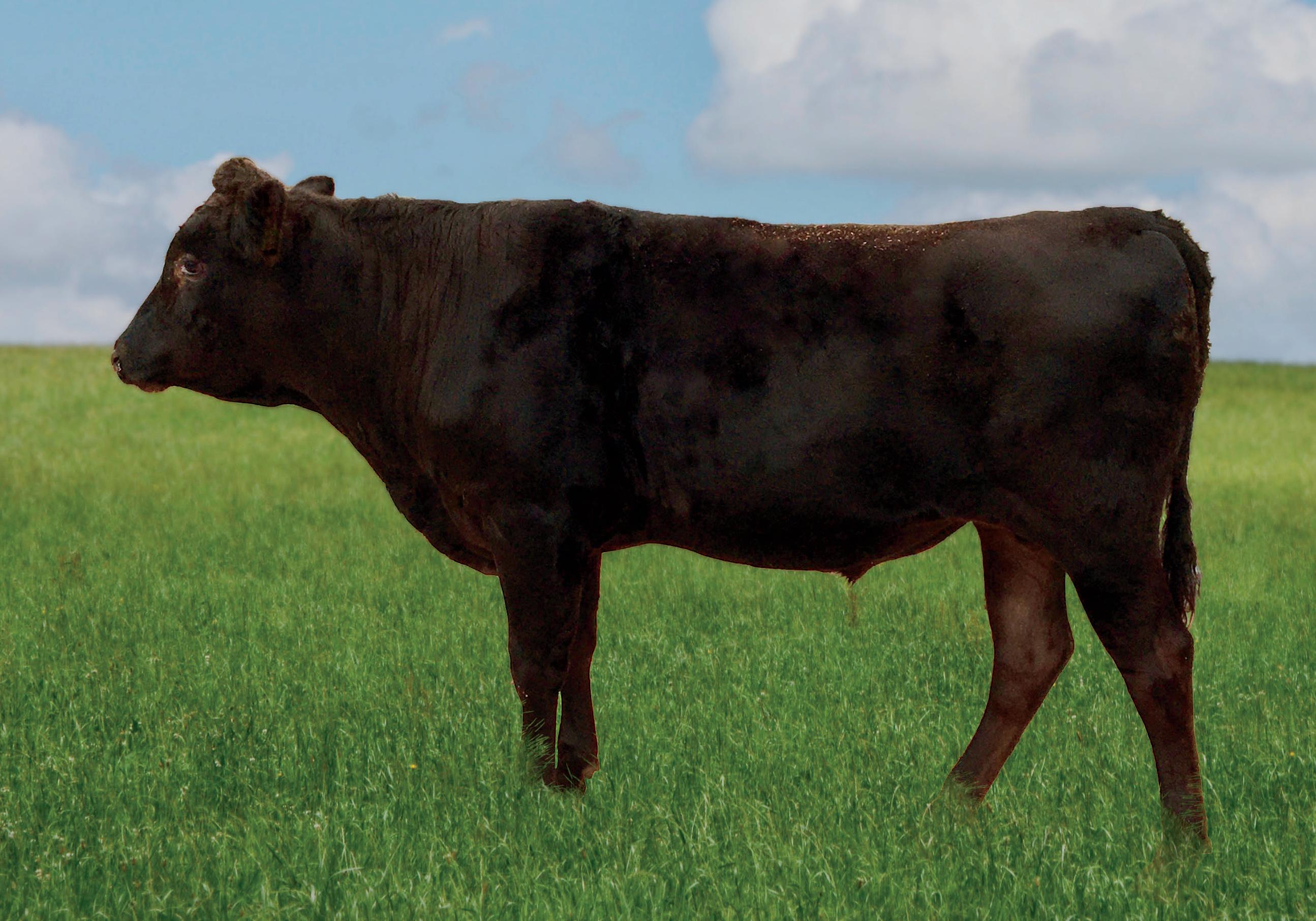


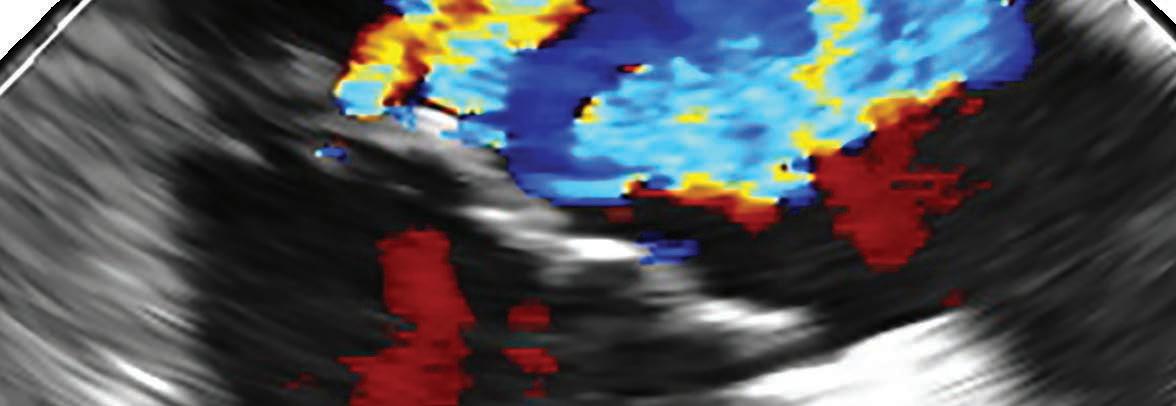
Analysis of all the data in the AWA database at that time, found that ultrasound scan data of eye muscle area, rib fat and rump fat had high enough heritabilities and genetic correlation with AUS-MEAT records to contribute valuable information to the BREEDPLAN analysis.
However, in that data set for Scan IMF% records, low heritabilities and genetic correlations with AUS-MEAT Marble Score were identified and the Animal Genetics and Breeding Unit (AGBU) recommended that Scan IMF% data not be included in the 2015 Wagyu BREEDPLAN analysis for calculation of AUS-MEAT Marble Score EBVs at that time.
WHY IS LIVE ANIMAL ULTRASOUND SCAN IMF% DATA NOW USED IN WAGYU BREEDPLAN?
In the February 2022 genetic parameter analysis, conducted by AGBU on a 6.5-fold greater number of animal records, they determined that the genetic correlations between AUS-MEAT Marble Score (MBS) and Scan IMF% records from heifers/steers (HIMF) and bulls (BIMF) were significantly improved, at 0.5 and 0.6 respectively. Furthermore, heritabilities of 0.29 for HIMF and 0.18 for BIMF were calculated.
This result demonstrated that with the significant increase in numbers of records for these traits, the correlation between traits and the heritability of the traits now made it viable to use Scan IMF% data within the BREEDPLAN analysis.
This improvement in the genetic correlations and heritabilities of Scan IMF% traits are primarily due to the significant number of additional carcase records now in the AWA database (increased from 4,000 to 27,000 individuals). These additional carcase records have improved the genetic prediction of carcase traits, particularly Marble Score, which has increased in heritability from 0.32 to 0.56.
FIGURE 1
Scan IMF% distribution of Fullblood and Purebred animals in the AWA database.
<<< from page 35

The high heritability of Marble Score means that where progeny carcase data is available within BREEDPLAN, this will have a strong influence on Marble Score EBVs of the parents and other related animals. The moderate genetic correlation between Marble Score and Scan IMF% traits means that Scan IMF% information provides additional value to the prediction accuracy of the Marble Score EBV.
The near normal distribution of Scan IMF% shown in Figure 1 is a clear indication that very good variation is observed when scanning Wagyu animals for IMF% between 400 – 800 days of age.
It is important to note that the heritability of BIMF (18%) is lower than HIMF (29%). This means that Scan IMF% data from bulls will have significantly less impact on the Marble Score EBV compared to Scan IMF% data from heifers. The difference between heritability of BIMF vs HIMF is a result of bulls not laying down fat until later in life and behavioral characteristics of bulls, while heifers tend to start laying down fat earlier in life.
Currently, the HIMF and BIMF are not published as separate EBVs. The data submitted by breeders for HIMF and BIMF is now used by BREEDPLAN to improve the estimation of the Marble Score EBV.

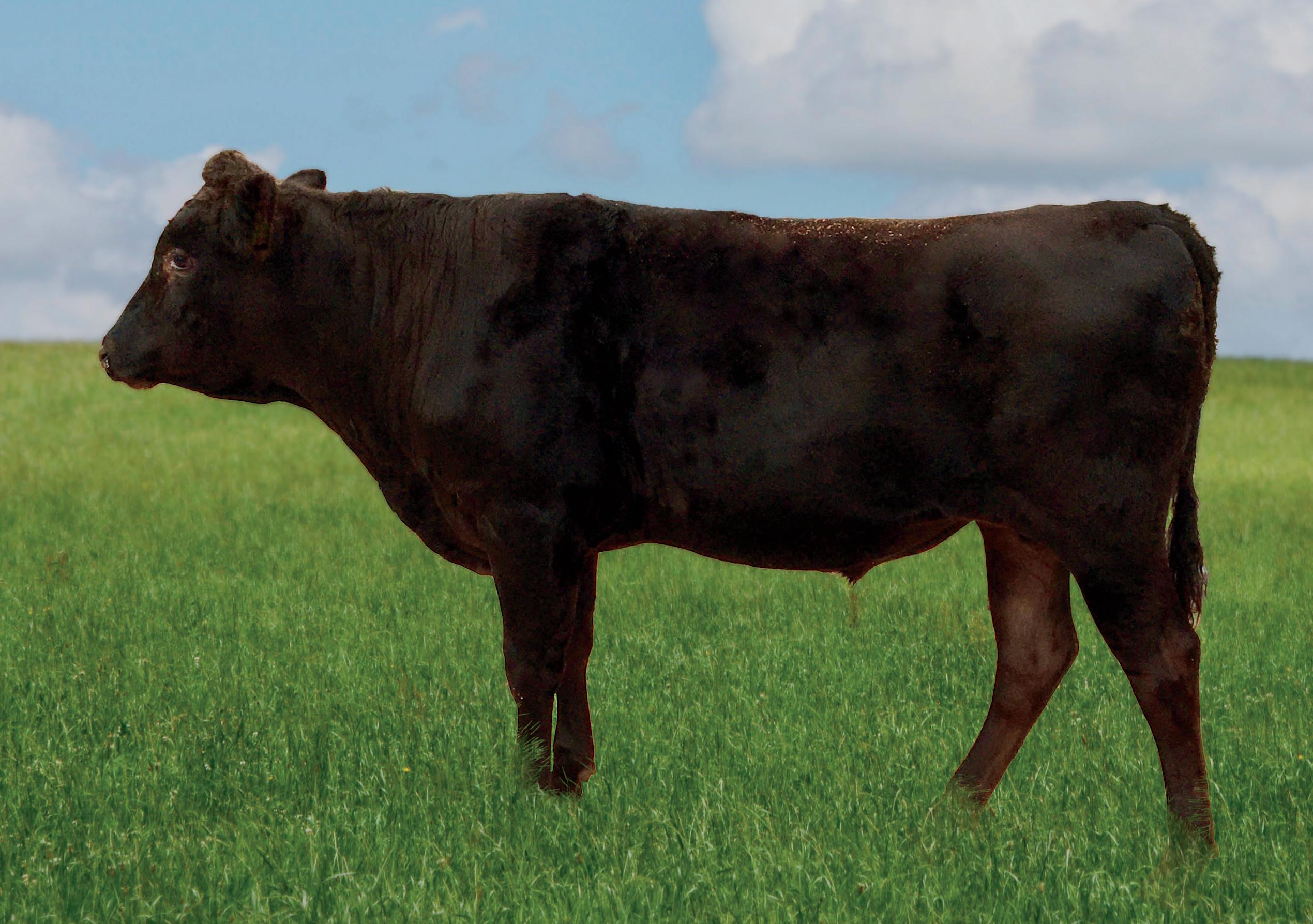

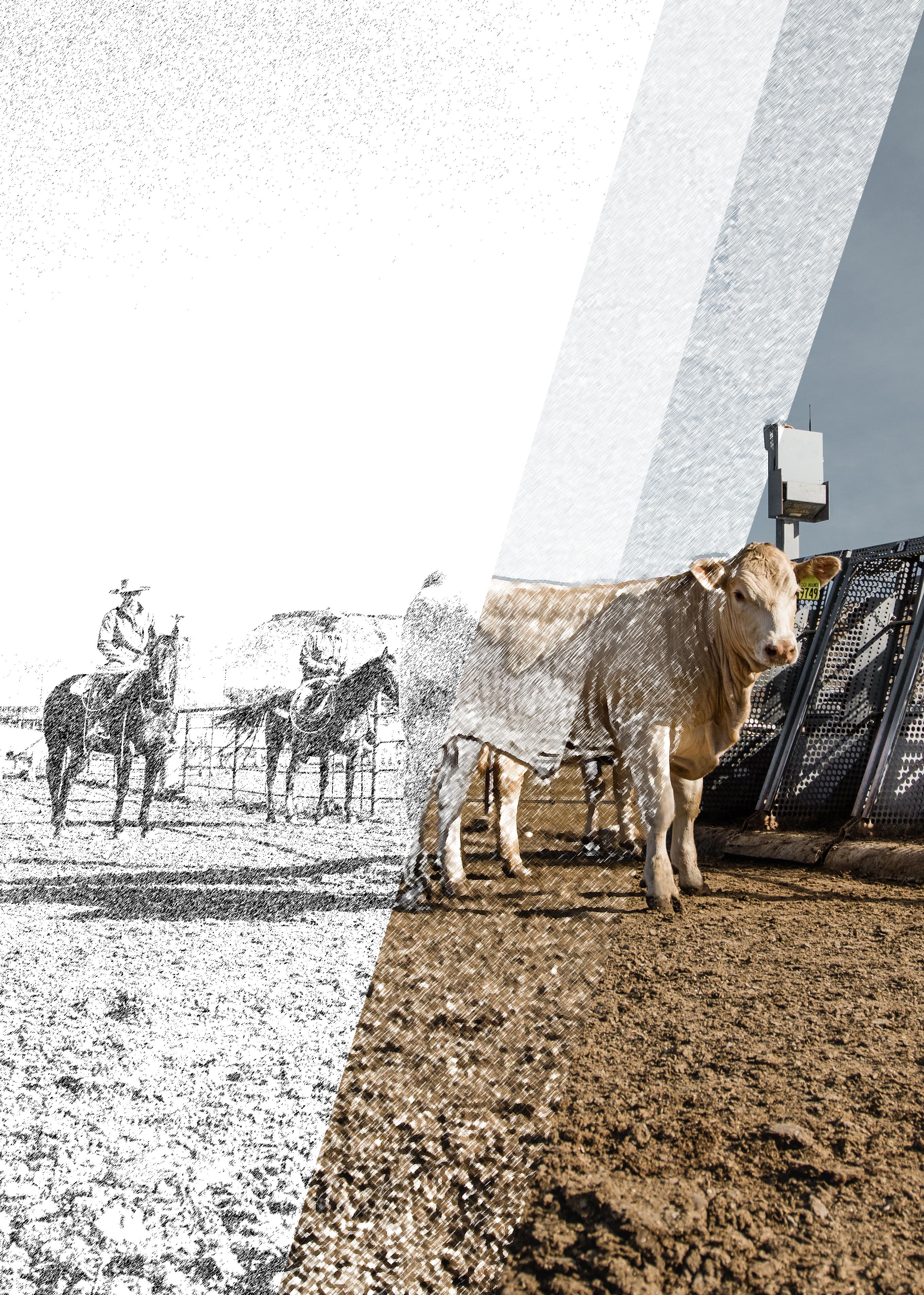
<<< from page 36
The correlation of Scan IMF% with AUS-MEAT Marble Score enables members to collect Scan data on their breeding animals. Scan data contributes additional information to the breeding animal’s carcase EBVs which will help to obtain a better estimation of the animal’s genetic potential earlier in life.
Scan data is especially valuable in the case of cows, where collecting carcase data on numbers of progeny takes a very long time. Scan data can be collected on the cow while she is a heifer or on her progeny when they are between 400 and 800 days old. This will provide valuable and more rapid information to assist with the estimation of the EBV for Marble Score earlier in a breeding cow’s life.
FIND OUT MORE FROM THE BREEDPLAN'S WEBSITE


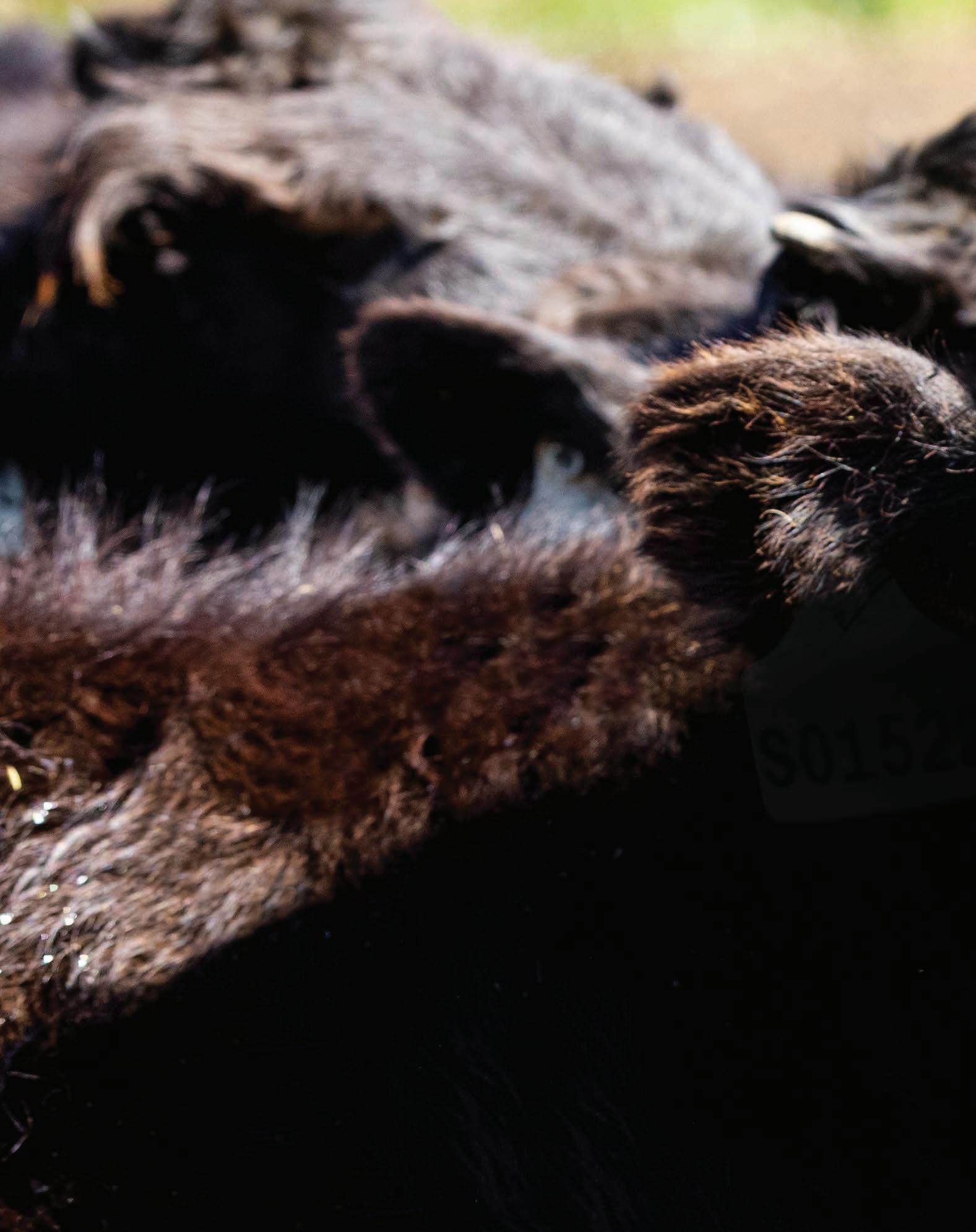
As for recording data for any trait, it is important to record live animal ultrasound scan data on a whole management group of animals on the same day if possible. To allow for the collection of good marbling information, it is important that the animals in the management group are in good condition with at least 4-5mm rump fat and between 400 and 800 days old. BREEDPLAN analyses this data to determine the variation within the management group on the day of scanning
Ultrasound scan data can only be used if it is taken by an accredited scanning technician. A list of accredited scanners can be found on the BREEDPLAN website
To allow US and Canadian members to also collect ultrasound scan data, the AWA accepts data from CUP lab accredited technicians in North America.
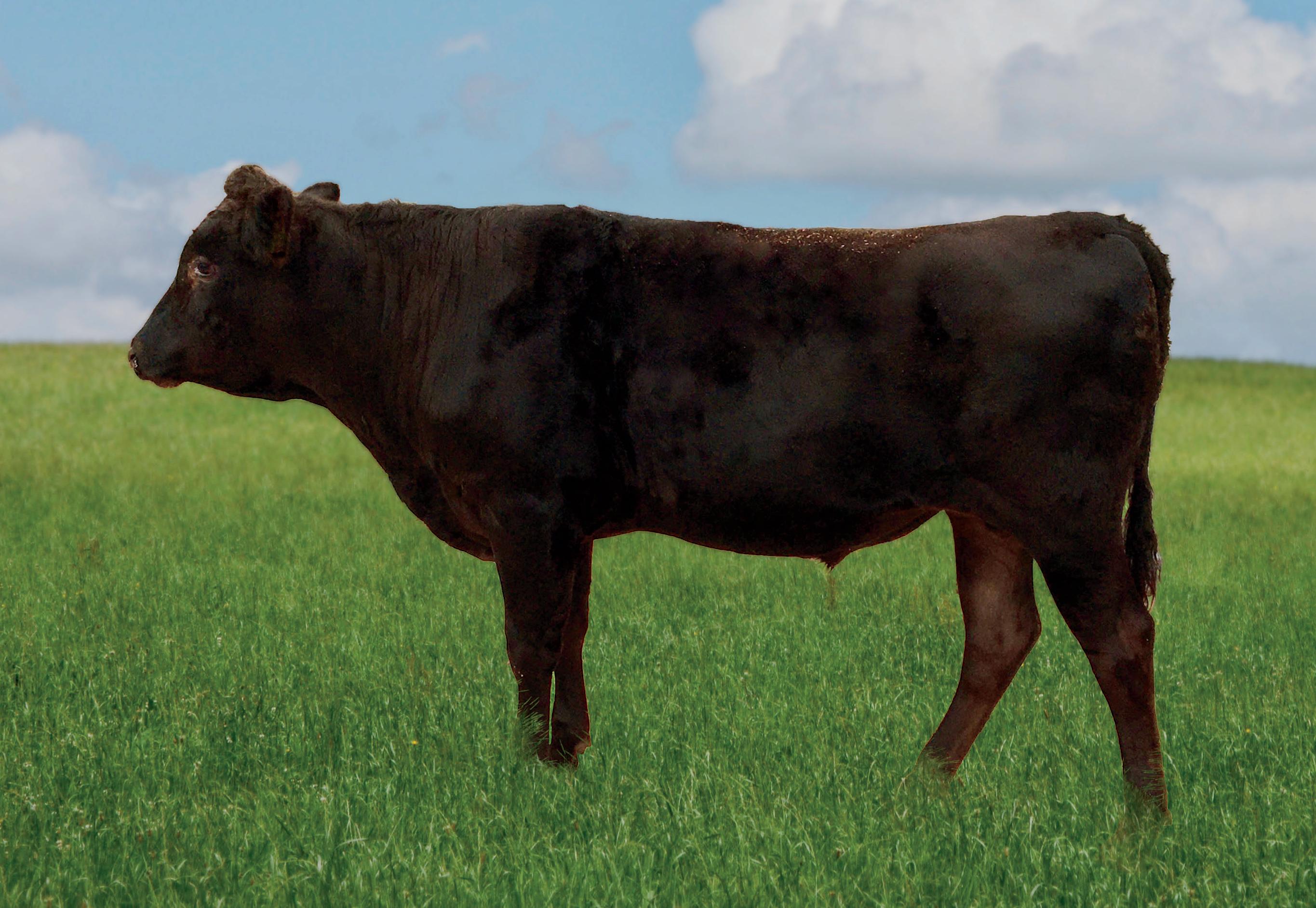
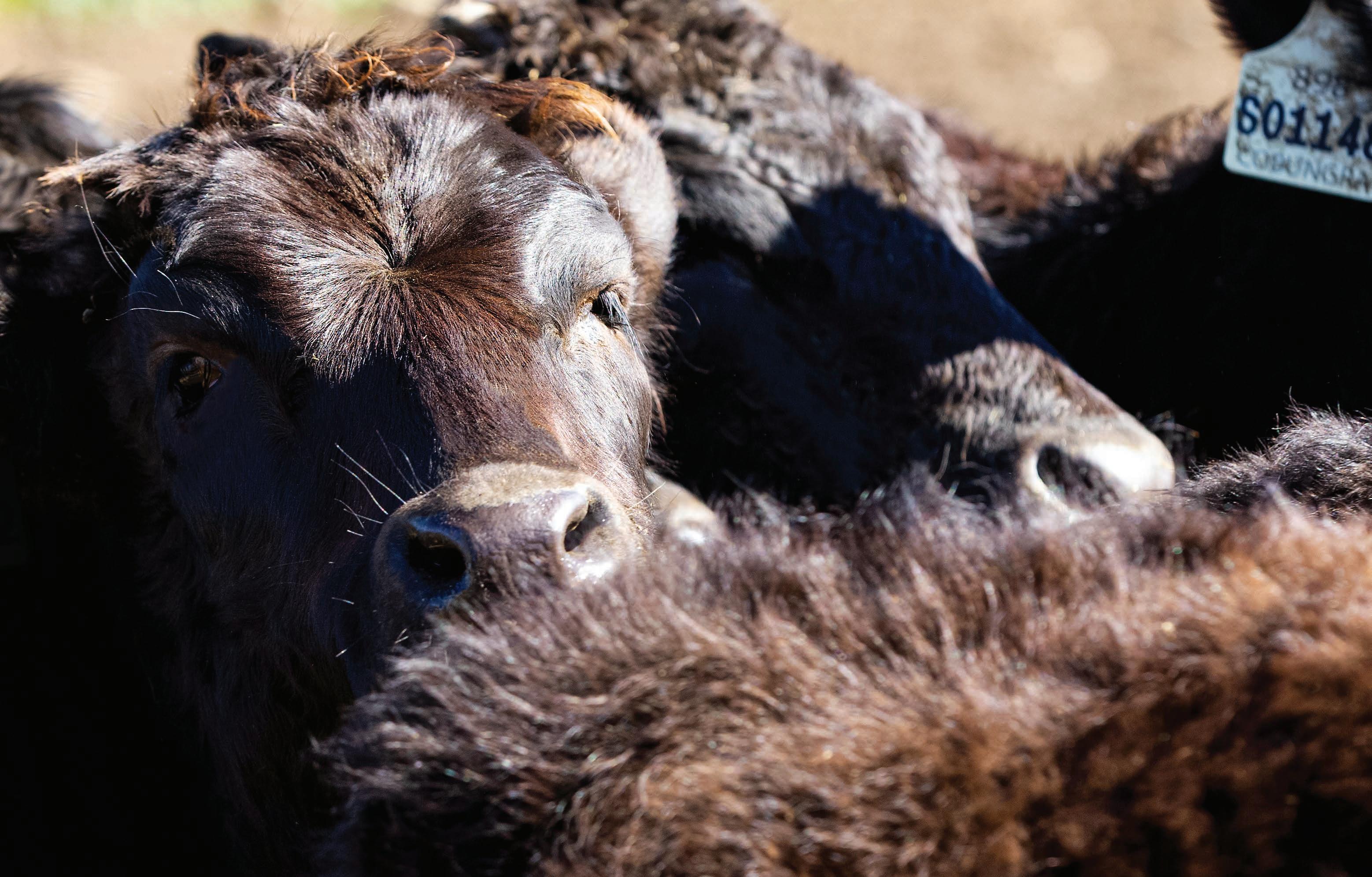
Australian Wagyu Association members have embraced the recently released F1 Bull Buying Guidelines; the first publicly available guideline designed to help people getting into F1 breeding and production.
With many dipping their toe in breeding F1 cattle for the first time, the Australian Wagyu Association aims to bridge a knowledge gap voiced by members to help them buy fullblood Wagyu bulls suitable for F1 Wagyu production.
The Australian Wagyu Association welcomes more than 300 new members every year to the rapidly growing luxury beef sector, and education is essential for these new producers.
The standard for F1 Wagyu production is a registered fullblood Wagyu bull with high marble score estimated breeding values over high quality (high IMF%) Angus Females. Selecting bulls with high marbling Estimated Breeding Values is crucial to selecting Fullblood Wagyu sires for F1 production, and selecting registered fullblood sires in the top 30 percent for marble score is recommended.
The guidelines relate to selection of Fullblood Wagyu sires for use over high quality Angus Female genetics. An F1 Index is also included, ranking animals based on the profitability of their progeny. It allows producers to compare the relative profitability of a sire for carcase value of an F1 progeny.
Owner of Lillyvale Feedlot and Arubial Wagyu, Laird Morgan believes the guidelines provide a solid framework to enable people to make informed decisions from the beginning.
“People a little less familiar with breeding F1s may go and get a Wagyu bull that’s not high in marbling and is probably more of a Fullblood bull,“ he explains.
“In conjunction with the F1 Terminal Index, the guidelines help them make the selection more easily and get bulls that are purpose bred for the job they want them to do.”
<<< from page 39
While reducing the likelihood and extent of future oversupply of low marble score outcome F1 feeder production by new entrants is one of the guideline’s top priorities, Australian Wagyu Association CEO, Dr Matt McDonagh said it’s important all breeders establish the target market for their F1 cattle before starting the program.
“Typically in the Wagyu sector we have quite clear supply chains that have their own branded beef programs,” Dr McDonagh explains.
“Ideally before breeding F1 cattle you would want to be working with an identified offtake partner who will buy your F1s because it’s not common or typical for F1 cattle to be traded openly in the market.”
With the foundations around single trait selection for marble score and its primary importance to F1 production outlined, the Australian Wagyu Association is confident the guidelines will be a valuable addition to the Wagyu sector.
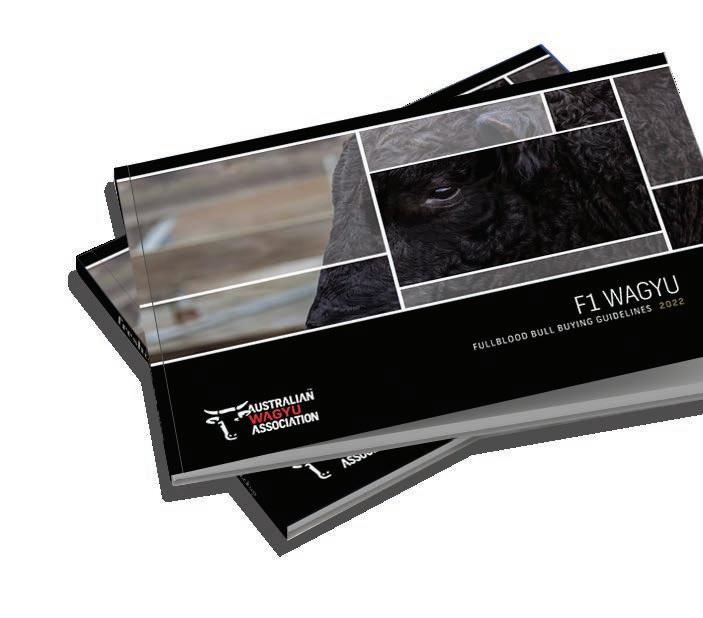
“We make it very clear that animals in the top 30 percent for marble score and the top 30 percent for the F1 Index are the target for F1 production,” Dr McDonagh says.

quality or high marble score Wagyu bulls over high quality, high marble score Angus females. That is the best outcome for F1 production.
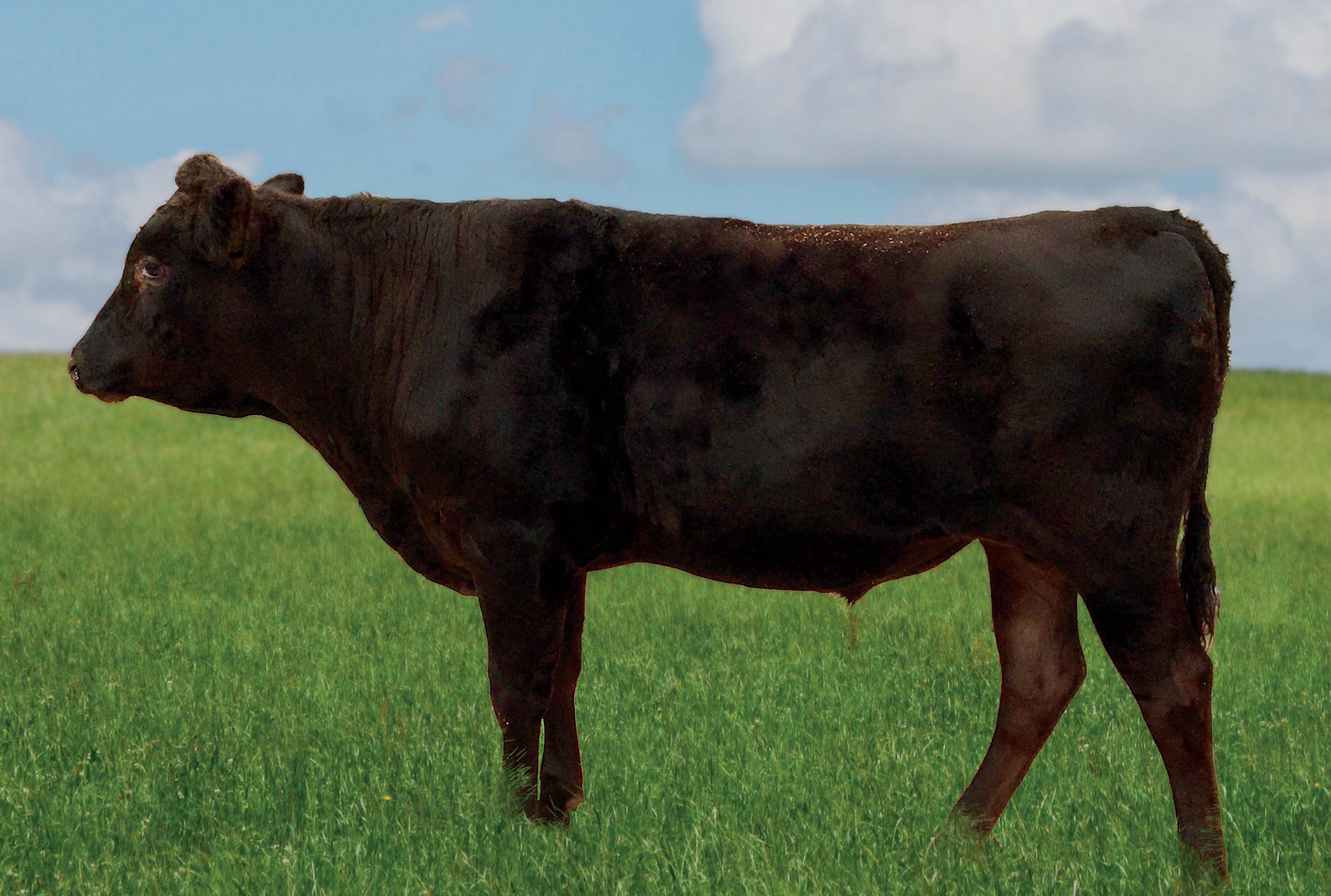


When used in conjunction with advice suitable for each individual situation the F1 Bull Buying Guidelines provide a strong base.
Peter Bishop from Cowra, New South Wales, is the owner of Bishop Wagyu where he has been producing Wagyu X Angus F1 and Fullblood Wagyu cattle for the Australian feedlot sector since 1998.
“The guidelines are set out to take into account what the market specifications are, and they should be modified to suit,”
Mr Bishop says.
“They’re an excellent tool to be used with other advice that buyers should obtain as well.”
As a vendor of commercial bulls, Mr Bishop is particularly passionate about preserving their longevity. Late maturing, they can
continue to grow and develop until five years of age, and Mr Bishop is a firm believer in reaping what you sow.
“To increase their working life you need to nurture them after each joining and that means getting them back on feed and making sure they’re putting on weight again. Don’t just turn them out to the bull paddock and leave them,” he says.
“They need looking after, especially while they’re young and growing, and if you do that you will get 13 years working life out of these animals, and that’s certainly what I’ve seen over the last 25 years.”
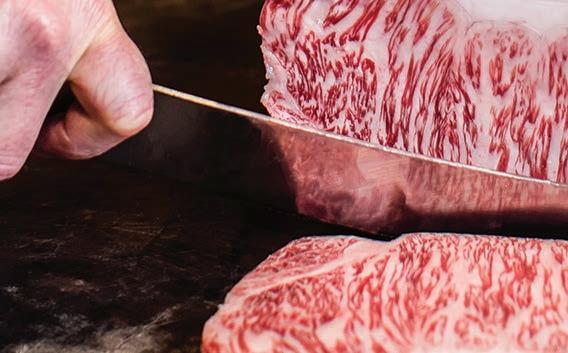
The Australian Wagyu Association is proud to present the F1 Bull Buying Guidelines in a user-friendly format for its members. It's committed to working with members to help them utilise the guidelines, and continue conversations with the industry about the types of animals that are going to meet their market needs for F1 production.

With the joinings for Cohort 1 now complete, and calves hitting the ground in our Southern-based contributor herds, the AWA Progeny Test Program is well underway.
The final joining for Cohort 1 was completed in early May 2022. A total of 1,718 females were joined to 38 sires, with an average conception rate of 61% across our eight contributor herds.
The first Cohort 1 calf was born on 28 June, with calving to continue across our herds until February 2023. Preparations for Cohort 2 have progressed concurrently, with the AWA receiving tremendous support and interest from members through Cohort 2 sire nominations and the annual AWA-PTP Semen Sale. The AWA would like to sincerely thank those members that have shown their support of the program through nominating Cohort 2 Sires and purchasing packages in the sale.
The second intake of the program welcomes 20 Standard sires and 5 Link sires, including two Purebred sires. With increasing interest from our members in producing polled animals, the inclusion of Purebred sires to be used in select Contributor Herds is a natural progression for the PTP. A full list of Cohort 2 sires can be found in Table 1 with Cohort 1 Link sires listed in Table 2. The program will continue to use World K’s Michifuku and World K’s Sanjirou each Cohort as benchmarking sires for industry.
The 2022 AWA-PTP Semen Sale via Tender ran from the 1 – 8 July. The sale has been finalised with a clearance of 1850 straws, purchased by 38 domestic and international buyers. The annual sale by tender is an integral part of the AWA-PTP, with all proceeds being re-invested into the Program to ensure the AWA can support Contributor Herds with the collection of effective measurements on the maximum number of traits. The sale also provides an added benefit to purchasers, by securing and using semen sires within their production systems, they can create a direct link between their herds the animals in the AWA-PTP, increasing EBV accuracy and allowing them to benchmark their own Wagyu herds.

<<< from page 43
Animal ID Animal Name
BDWFM0554 Macquarie Wagyu M0554
BDWFP0006 Macquarie Wagyu P0006
DSWFN4451 Tyddewi N4451
HLKFS009 Lendarlou HLKFS009
HPWFR0057 Hamilton Park Wagyu 0057
LMRFQ9273 LMR Yuki 9273g
LMRFR0397 LMR Itoshigenami 0397H
M6RFR0122H M6 Ranch Itoshigenami R0122H
M6RFR073H M6 Ranch Itoshigenami R073H
MOOFP0051 Moondarra Kumanami 051
MOYFM0033 Moyhu Shikiyasu 2
OGWFR18 Olive Grove Wagyu R18
PPWFR005 Capital Country Apex II PPWFR005
PSKFR0009 Sunnyside R0009
PWAFP7298 Putz Wagyu Beef Yasufukustar
PWYPR0068 Poll Wagyu R0068
QLDFR0001 Q Wagyu Fuji
RGRFR459H Ranger R459H
SRQFP086 Coochin Michifuku 086
STZFR0011 Startz Toruku
SUNFR0035 Sunland Yoi Rei R35
SYNFQ533 Synergy TF148 Suzutani 533G
SYNFQQ87 Synergy Mich Suzutani 87Q
USAPB45645 QG6
WYNFR54468 Wyndford Hercules
Sire Owner
Herd
Anthony Winter Macquarie Wagyu
Anthony Winter Macquarie Wagyu
Darren Anderson
Hidden Valley Wagyu
Darren Henschell Lendarlou Wagyu
Selwyn Maller Hamilton Park Wagyu
Robert Estrin Lone Mountain Cattle Co
Robert Estrin
Lone Mountain Cattle Co
Ray Thomas & Kenny Landgraf Santos Patronos/Landgraf Ranch
Kevin Moore, Ray Thomas & Kenny Landgraf
M6 Cattle Co
Laird Morgan Arubial Pty Ltd
Robert Officer Wagyu Genetics Victoria
Oscar Saez
Peter Bishop
Peter Krause
Toro Wagyu
Quality Genetics International
Sunnyside Wagyu
Roland Puhringer Putz Wagyu Beef
Dean Pollard
Thomas Holohan
Luke Brenner
Charlie Perry
Aaron Startz
Paul Harris
Sahara Park Poll
Queensland Wagyu
Brenner Cattle Co
Trentbridge Wagyu
Startz Cattle Co
Sunland Cattle Co
Mitchell & Loren Ruth Synergy Wagyu
Mitchell & Loren Ruth Synergy Wagyu
Rick Beard
Jess Edwards
La Roca Range
Wyndford Wagyu
ADBFP1040 Mayura Prologue P1040
KPCFL00095 Kaputar Humdinger L95
LTCFQ122 Circle8bulls Q122
Scott de Bruin
Noel Jones
Peter Bishop
Mayura Pty Ltd
Kia Ora Stud
Quality Genetics International
MAXFQ15 Miku Maestro Q15 Hendrik Markram Miku Wagyu
MAXFQ26 Miku Mammut Q26 Hendrik Markram Miku Wagyu
MAXFQ28 Miku Mojo Q28
WYNFR308H Wyndford Itoguni 308H
Hendrik Markram Miku Wagyu
Jess Edwards
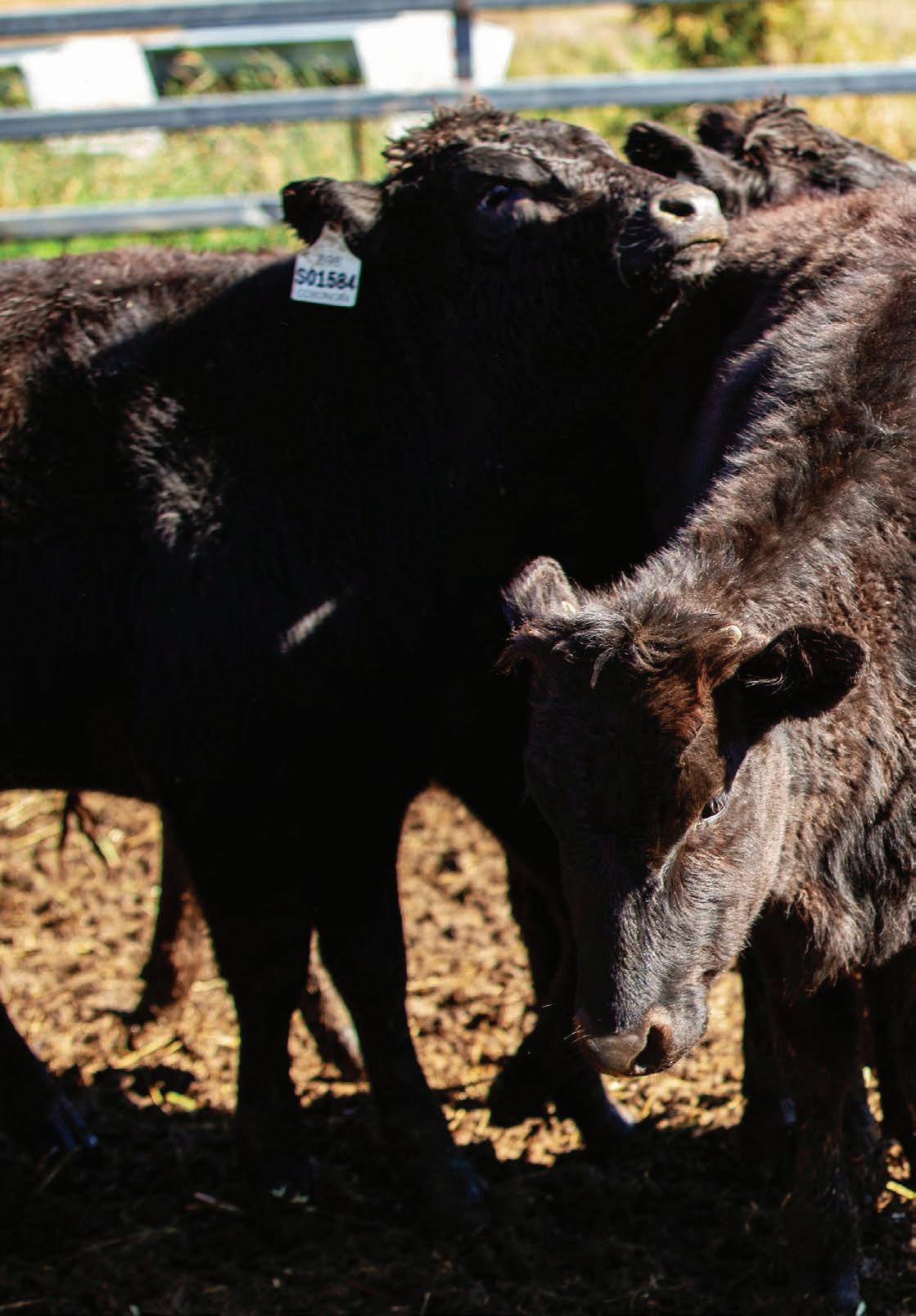
Wyndford Wagyu
All project progeny will have extensive data collected from birth and throughout their life. Currently, contributor herds are collecting comprehensive calving data. The AWA has purchased 2 Safety Zone Calf Catchers to support contributor herds with the collection of this data. Female progeny will be followed through the program until weaning of their second calves, with data being collected on both them and their offspring. This data will contribute significantly to current and emerging Wagyu reproduction traits – such as, days to calving and calving ease. The data collection for male progeny will focus on production efficiency, carcase and eating quality traits. Male progeny will be followed until post-slaughter and will have Net Feed Intake data recorded.
The second round of joinings to produce Cohort 2 progeny are expected to commence in October 2022 with our Southern based herds.
NOMINATIONS FOR AI SIRES FOR COHORT 3 WILL OPEN MONDAY 7 NOVEMBER 2022.
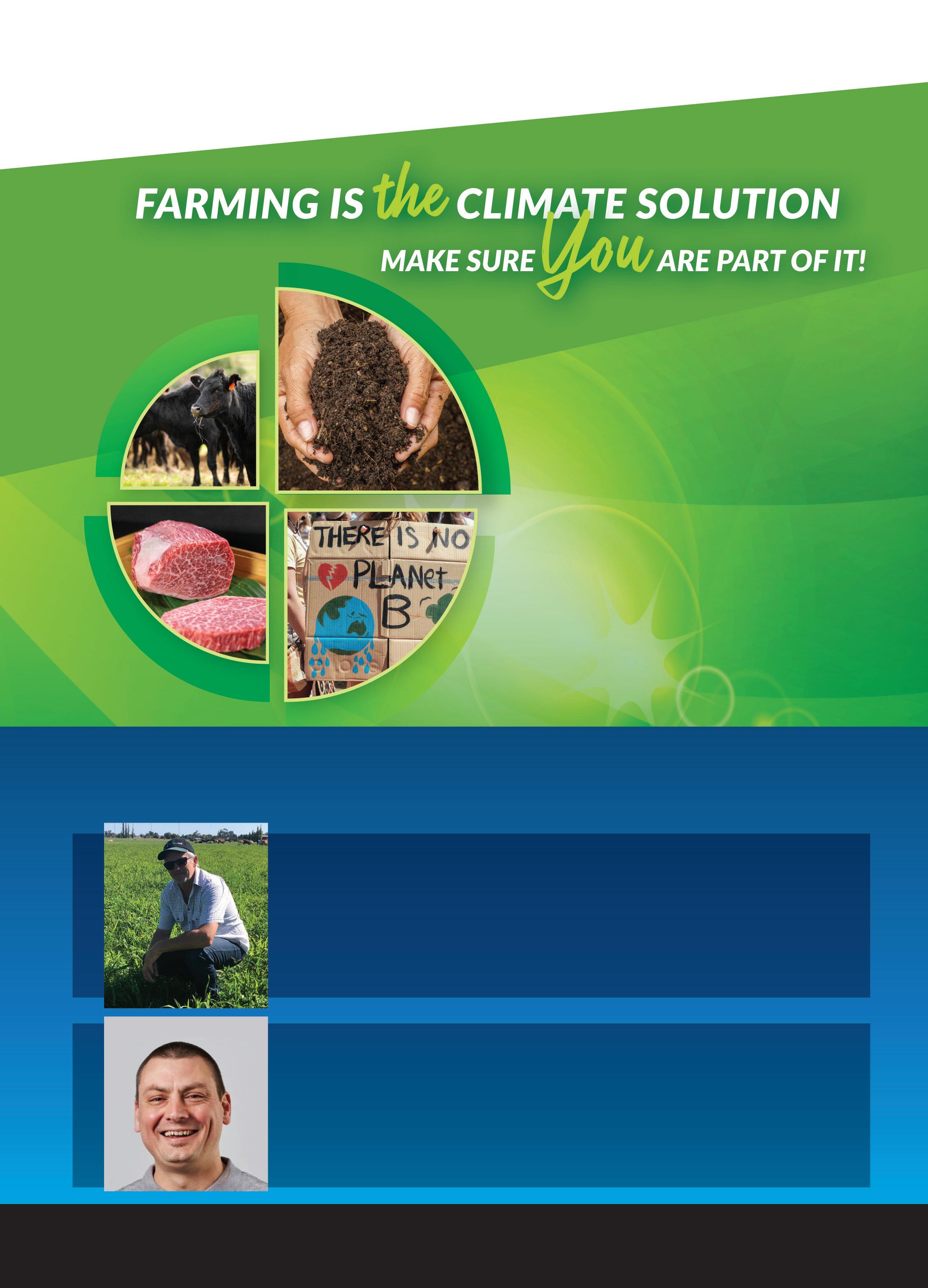
ANIMAL NUTRITION & HUSBANDRY
BIOSECURITY / ODOUR CONTROL
FOOD & FEED SECURITY CARBON CANCELLING/CAPTURING
HEAT STRESS PREVENTION DROUGHT MITIGATION
INTEGRATED PEST MANAGEMENT
MEAT QUALITY
ORGANIC WASTE MANAGEMENT
SOIL RESTORATION
Protecting the environment and addressing climate change is a global imperative. Talk to us about how you can be part of the solution.
Dr Les Sandles
Internationally renowned Ag-consultant and thought leader, Dr Les’ unique insights continue to influence soil, plant, animal and human nutrition. His research has evolved into a revolutionary method for transitioning farms from chemical to sustainable practices. Healthy soils produce healthy food, which in turn promote healthy animals & people, and ultimately, a healthy planet. He believes that in the final analysis farmers will be expected to provide the solution to climate change.
0425 436 622 | drles@4sight.bio
Jon Reynolds
Jon’s passion is finding solutions! Be it biosecurity, innovative feed supplements, or eliminating flies and odours from your facilities, Jon’s your man. More than a decade working with progressive farm businesses to implement sustainable agribusiness solutions, Jon will work with you to find a solution to your problem, ensuring it meets our criteria to have a positive impact on your cattle, your business, the food chain in its entirety, and ultimately to the benefit of the planet.
0423 008 495 | jon@4sight.bio
A new chapter is being written in the ‘Codenwarra Wagyu’ story with the property and stud selling to the next generation in Michael and Susan McCosker. The family has amalgamated Codenwarra Wagyu with their stud, ‘Marathon Wagyu’. Located just outside the town of Emerald in the heart of central Queensland, Codenwarra was first purchased by the McCosker family in 1929. For almost seven decades, the family raised sheep, bred Hereford cattle, and grew crops on the land.
In 1997 John and Robin McCosker became pioneers of the Australian Wagyu industry when they purchased fullblood bulls and began the Codenwarra Wagyu herd. In 2000 they purchased fullblood embryos and Codenwarra Wagyu Stud was established.
“We are really excited to continue the legacy our family began all those years ago,” Michael McCosker said. With the science behind breeding and genetics advancing, it was also a time of great change for the industry more broadly.
“Through artificial insemination and embryo transfer we have been able to take leaps and bounds really quickly.”
“We have been working hard to pursue proven growth and carcase traits that the industry is seeking.”
“We are constantly collecting and analysing data, from gestational periods through to kill data and everything in between, and we believe that adds
value and paints a clear picture for our clients of what they can expect when they invest in Marathon Wagyu animals or genetics.”
Marathon Wagyu’s first sale since its amalgamation with Codenwarra Wagyu will take place online in September.
“It’s a big milestone for us and we are planning to offer some impressive animals in our first Marathon Wagyu sale,” Mr McCosker said.
“We’ve got 20 bulls lined up and all of them rank in the top 5 percent of animals in BREEDPLAN.”
Mr McCosker said there would also be eight proven females available at the auction.
“All of these bulls and females come from the strong and proven bloodlines the industry has come to expect from Marathon and Codenwarra Wagyu animals and leading industry genetics.”
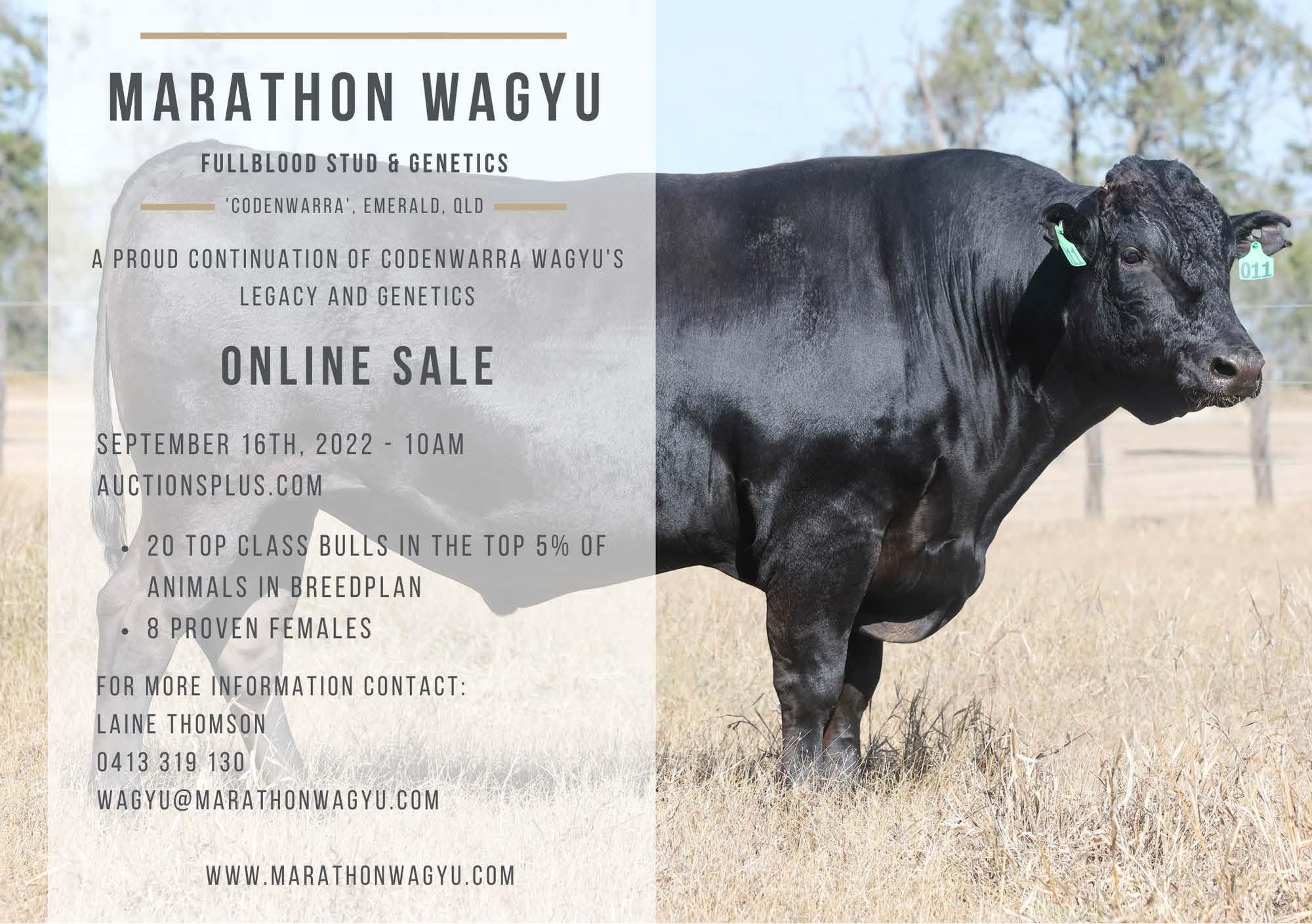


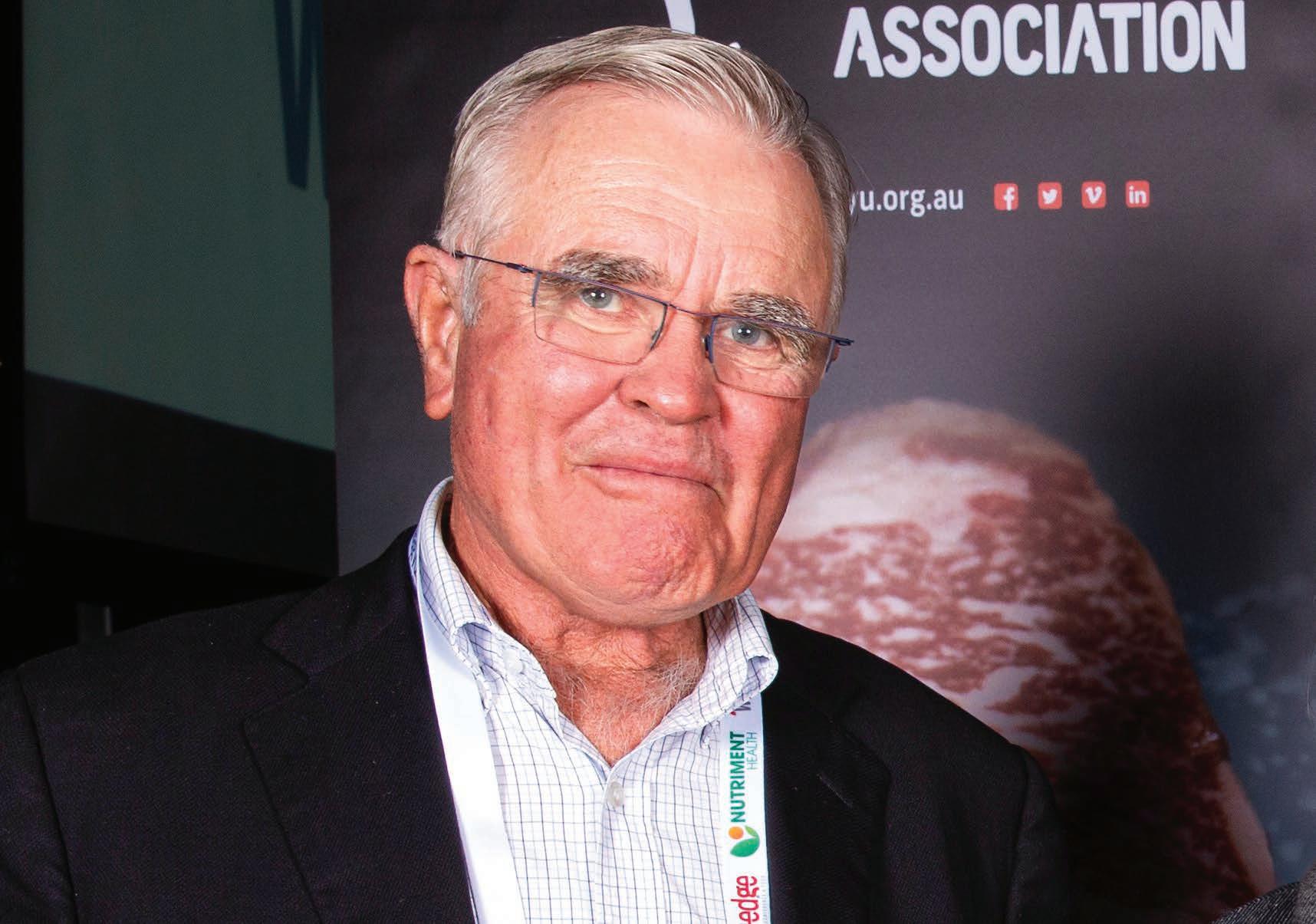
Most people roll out of a campdraft with a few happy memories under their belt; a good run, maybe a prize of two. For Peter Hughes it was an impassioned chat with a mate that set him on the path to becoming a pioneer of the Australian Wagyu sector and one of the nation’s most revered cattlemen.
The Queensland cattle producer and owner of one of the world’s biggest, privately owned Wagyu beef herds, Hughes was recently inducted into the Wagyu Hall of Fame.
Accepting the honour at the Australian Wagyu Association’s annual WagyuEdge 2022 Conference in Melbourne, a humble Hughes shared his gratitude for the Australian Wagyu Society, and paid tribute to the many pioneers of the Wagyu sector.
“My mind spins when I think of all the incredible pioneers of the breed, and I feel very much indebted to the Wagyu family, |and to the Australian Wagyu Association,” Hughes said.
“It’s a wonderful society, a wonderful breed of cattle, and we’ve made a success of it which is very gratifying.”
With society president Charlie Perry at the helm, Hughes expressed confidence in the future of the association, and the strength of the Australian Wagyu sector.
“The Australian Wagyu Society has been led by so many good people and the work that’s been done is incredible. I think a really good sign is Charlie doing a wonderful job,” Hughes said. “He’s the younger generation coming along, which really shows you how vibrant the society is.”
Travelling from the centre of the family’s cattle empire at Tierawoomba in Central Queensland, Hughes shared an incredible journey that has seen the Hughes’ family, and its two cattle companies, Georgina Pastoral and Hughes Pastoral, expand across three million hectares throughout Central Queensland and Northern Australia.
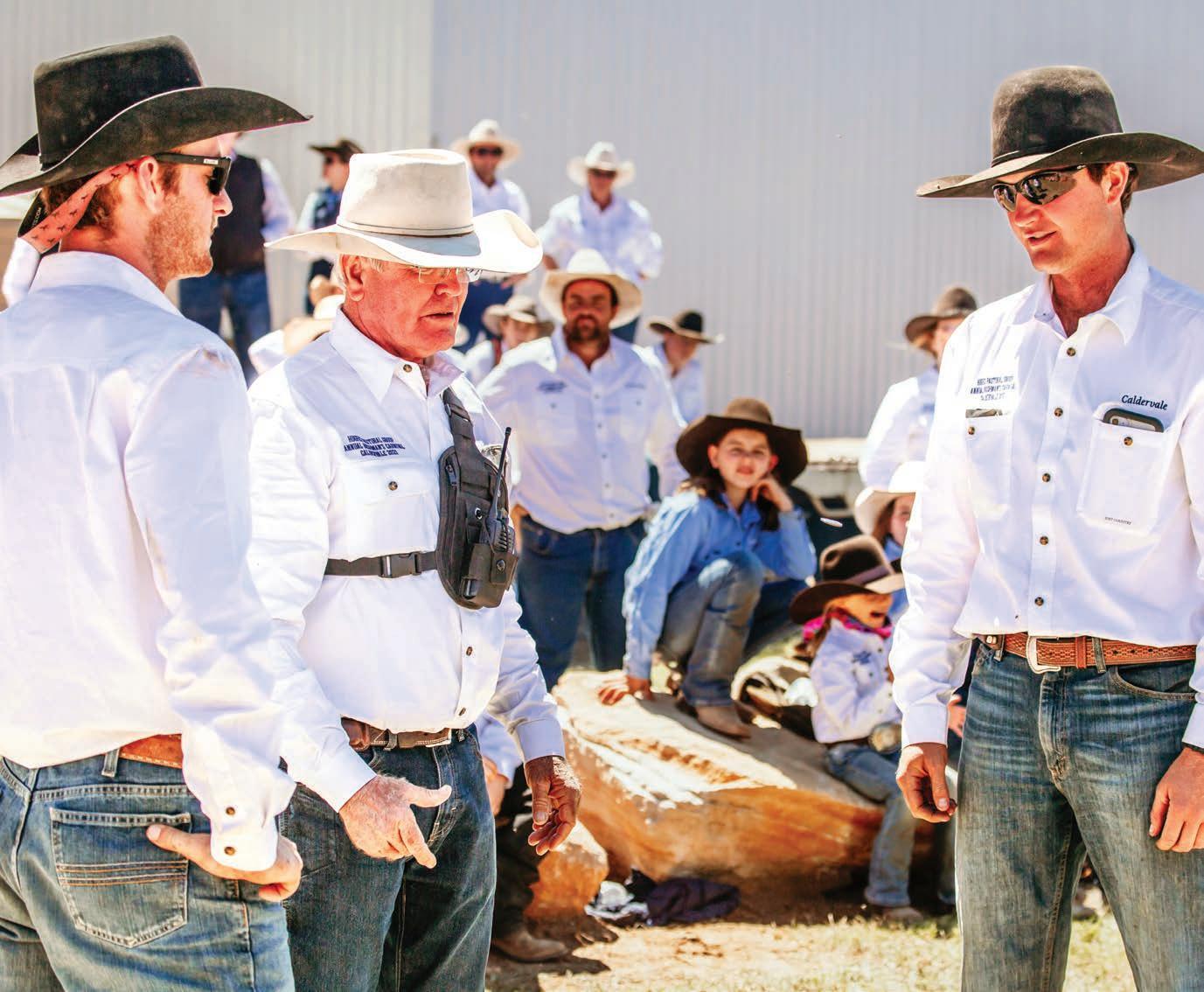
My
mind spins when I think of all the incredible pioneers of the breed, and I feel very much indebted to the Wagyu family, and to the Australian Wagyu Association.
Peter Hughes

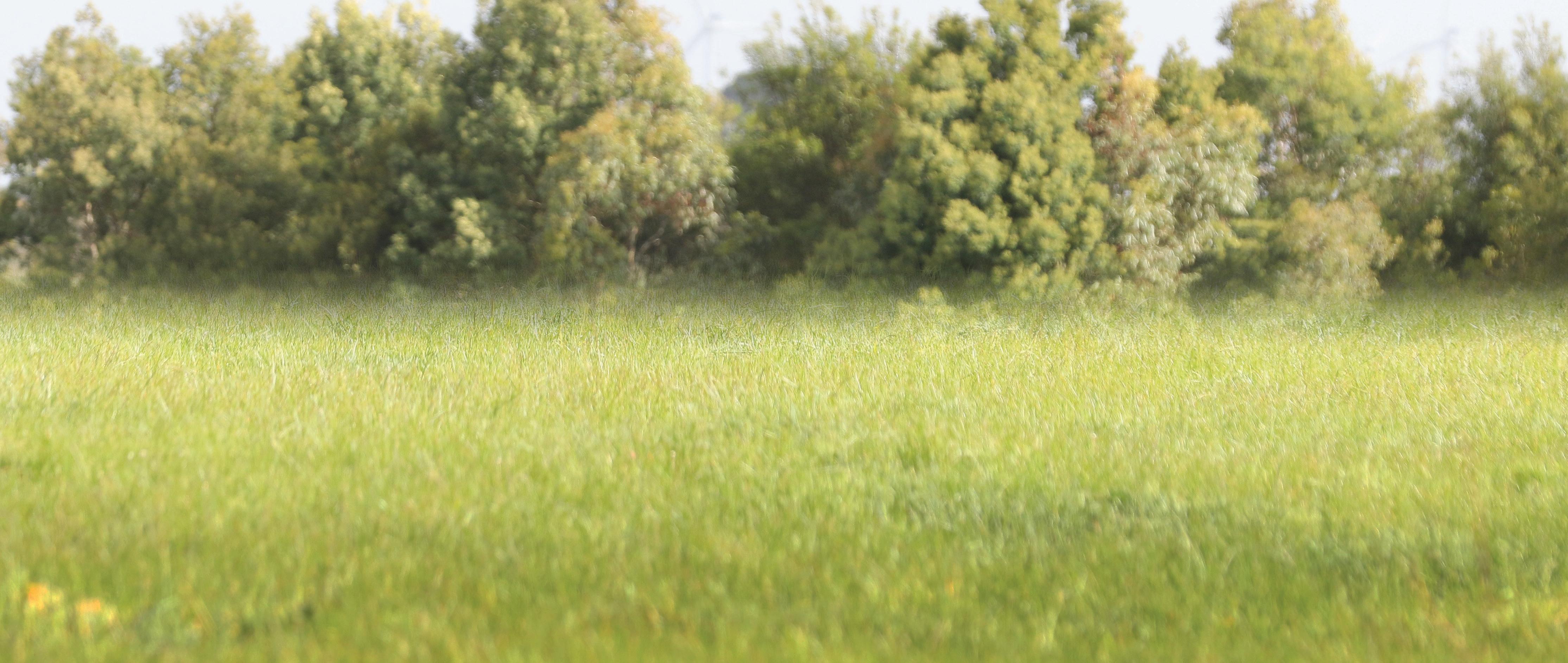

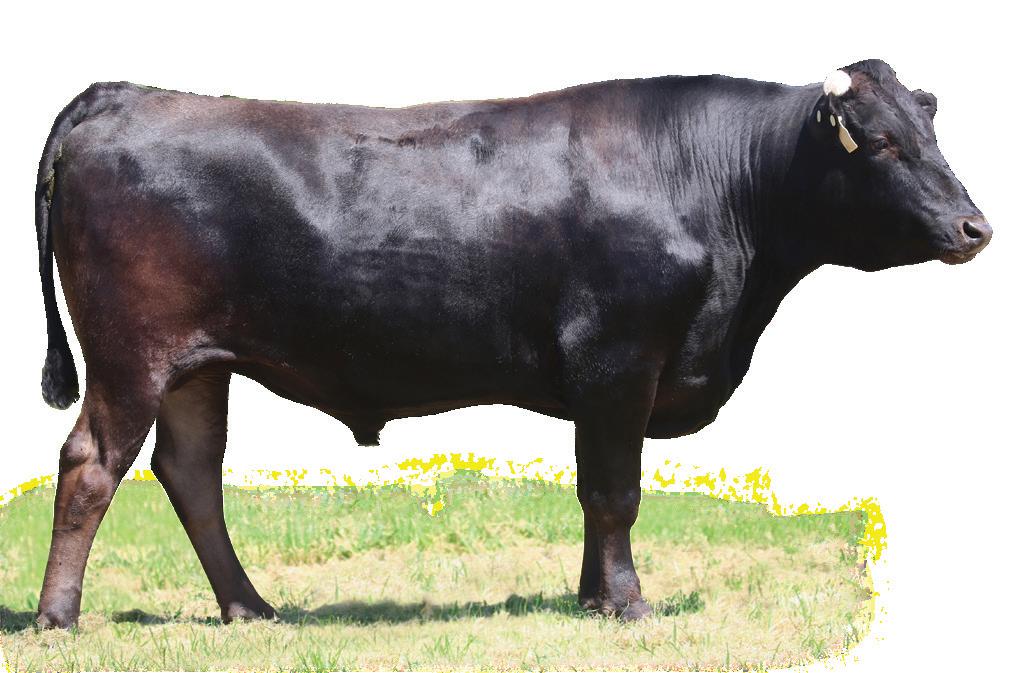
It’s been
a 30 year journey of triumphs, challenges, and an overarching commitment to raising the eating quality of Australian beef. If Australia
is not leading the world now, we must be very close to it.”
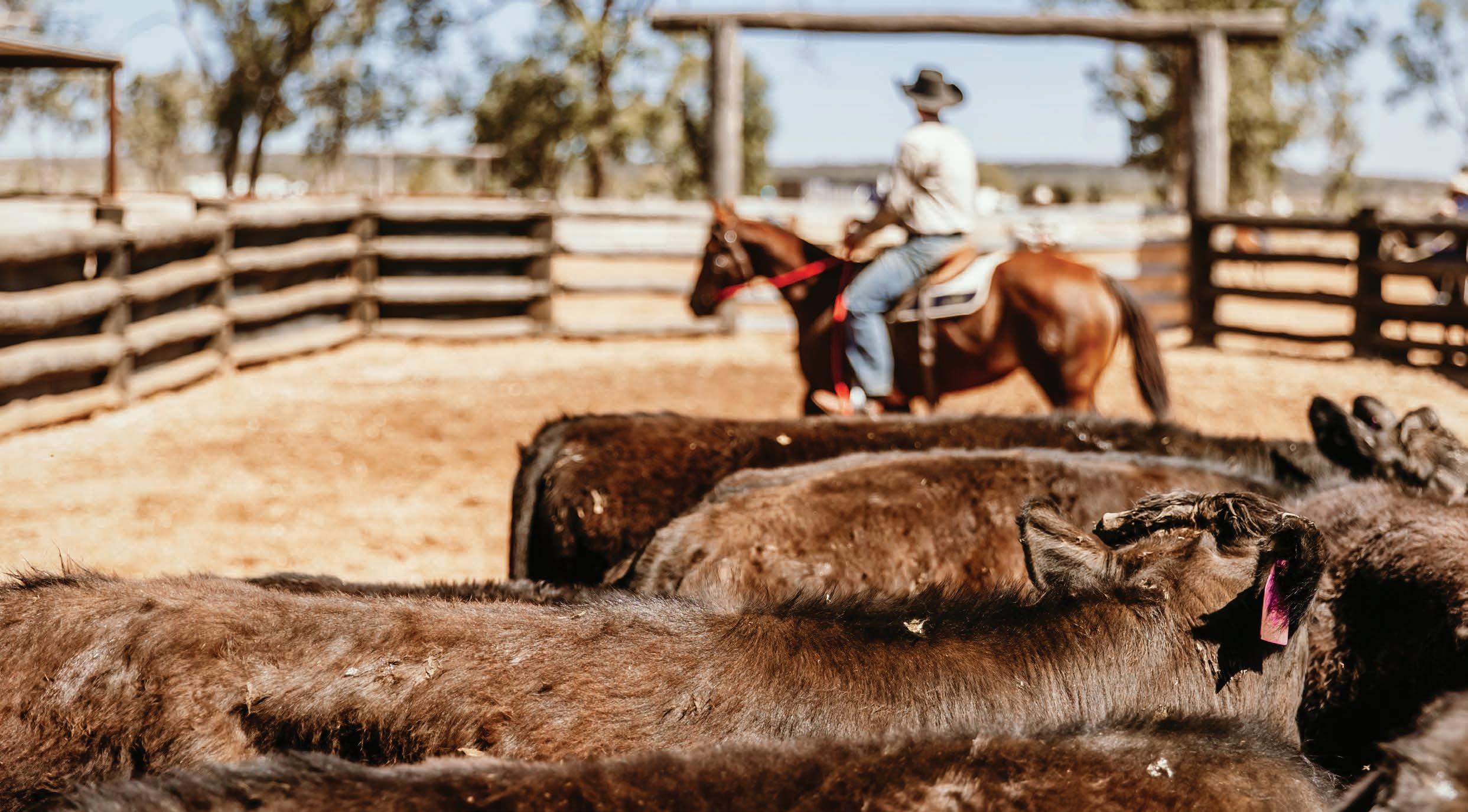
<<< from page 49
Hughes hails from a Hereford family, starting with Brahmans in the early 1950s. In those days he was as strong a barracker for the breed as any other North Queensland cattle producer. Hughes recalls listening to a CEO announce at a cattle conference in Brisbane that 'if you haven’t got Brahman cattle, you’re not serious about the cattle industry’.
But times change, and so do expectations. Having ordered one too many a tough steak - better off nailed to your boot, he declares - Hughes decided Australia had to lift its game to produce a product that could compete with chicken and pork.
On the campdraft circuit at the time with his neighbour and friend Wally Rea, now a fellow Wagyu Hall of Fame recipient, Hughes was treated to many compelling discussions on the benefits of Wagyu.
“He could talk about nothing else but Wagyu cattle, he’d only heard about them but he was convinced that they were the way of the future,” Hughes says.
Hughes went on to purchase some of Wally Rae’s early bulls after he imported Japanese genetics to America, and later embryos and semen to Australia.
Under Hughes’ care, the breed proved its hardiness in the searing, outback landscape.
Their docility and fertility made for strong weaning rates and ability to survive periods of drought.
It was a bold direction in a time when the introduction of Wagyu in Northern Australia was unchartered territory. Former managing director of Rangers Valley Meets and AACo Don Mackay says many were left behind in Hughes’ wake, himself included.
“In hindsight, it’s amazing the confidence Peter had and his readiness to back his judgment and belief in the Wagyu with his own money and family commitment when so many people in the industry were saying he would fail. To run against the tide like that is the mark of someone with vision, who is strategic and has a good streak of entrepreneurship,” Mackay said in a recent interview with The Weekly Times. The enormous herd is now past its fifth generation of Wagyu crossing, and has been a 30 year process for the Hughes’ family of selecting full Wagyu bulls from their own stud with the Brahman-Hereford cross cows that Tierawoomba had previously run for many years.
The family is also leading the way in the consolidation of Australia’s pastoral properties, having recently added Victoria
River District cattle stations Inverway and Riveren, and Stanbroke’s Miranda Downs Station to its portfolio.
Hughes and wife Jane, and sons Sam and Fred and their families run Georgina Pastoral Company across three stations; Caldervale in Central Queensland, Lake Nash in the Northern Territory, and Keeroongooloo in the Channel Country.
Today the family’s dedication has paid off. Estimated at a conservative $600 million, The Australian newspaper’s 2021 Rich List ranks Hughes as the nation’s 91st wealthiest.
But as told in a 2007 interview with The Financial Review, Hughes isn’t one for fancy holidays or houses - “holidays work well in theory, but they are not for me.” Instead, it’s all put back into improving the land, business, and the future of the Wagyu sector in Australia.
“It’s a great feeling; I can’t think of a better way to spend it,” Hughes told The Weekly Times recently.
“There’s no quick fixes in this industry; I always like to say that the fastest way to move cattle is slowly. That’s true of everything. If you try to take a short cut, you will fall in a hole and it will take you half as long again. That’s not my way.”
<<< from page 51
With Wagyu a major part of the family’s future plans for its recently purchased properties, Hughes shared five straightforward but formidable rules he stands by, and will continue to do so, when it comes to producing cattle.
At the top of the list is water, Hughes told delegates at the Australian Wagyu Association conference.
“Where you put artificial water in, be very particular about it. Day old calves drink water in the heat of North Queensland and it has a tremendous influence on how your cattle do. If you can’t get a good drink there’s not much else around,” he said.
While facilities don’t have to be the biggest, the best or the most elaborate, they need to be cattle friendly. “Some of the best with very ordinary facilities are good because they're cattle friendly, they’ve got plenty of room, they’re in a good place and you can work from there.”
“Whether it’s a dog, horse, cattle, they’re all different but you have to learn and study how to handle cattle. Most people want to go too fast. I’ve got a 10 minute rule. When you pull up, let the heart rate go down and then move on.
“Ten minutes could save you hours. Cattle in a good frame of mind is always the answer.” 1 2 3 4 5
Stocking rates and its impact on the environment you’re working with is also crucial, Hughes stressed. Work on 25 percent of the valuer’s assessment and drier times will be survived.
“There’s a very capable stockman I know who says ‘all country is good if you can find the right stocking rates’ and it’s very true,” Hughes said.
“This drought thing is so overused. Droughts are usually brought about by people overdoing the stocking rate.
“The environment is part of the deal with what we're doing and when you get the stocking rate right you’ll always be in a good market. Over stocking you get less for your cattle and you’ve worn your country out.”
Finally, in caring for cattle, you need to care for your people. As the family-run operation has increased, so too has reliance on staff and Hughes acknowledged he’s blessed with a second to none team who ‘work harder than he does.’
“Look after your people. If people are enjoying it they’ll do a great job.”
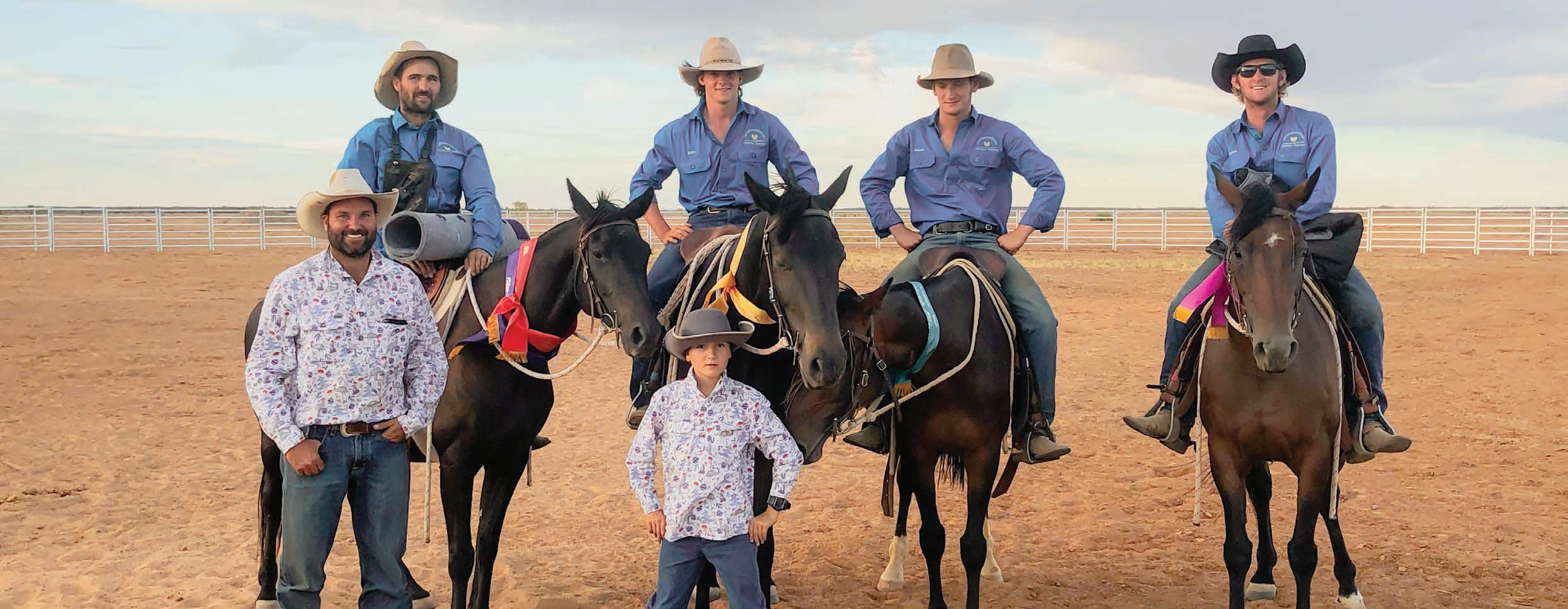

The Elite Wagyu Sale, conducted by the Australian Wagyu Association alongside selling agents Elders and GDL was at the 2022 WagyuEdge Conference, in April. The sale eclipsed past records grossing a total of $2.86 million. The strength of this sale, the most successful ever Elite Wagyu Sale, is a testament to the work that the entire sector has done to strive for continuous genetic improvement.
“The Australian Wagyu Association is privileged to hold the Elite Wagyu Sale to support the thriving Australian Wagyu Sector. To have the best genetics on offer from 39 leading Wagyu breeders from around the world, in one place at one time, creates an astounding event and spectacle.” AWA CEO, Dr Matt McDonagh It is very gratifying to see the top breeders from around the world celebrating their elite genetics and selling them with us. It’s a true privilege. The AWA Elite Wagyu Sale has become the hallmark Wagyu genetics event for the global Wagyu Sector. With the sale lots based on the top AWA published Estimated Breeding Values for Wagyu traits, the sale is confirmation of the confidence in the Sector underpinned by genetic progress and demand for elite Wagyu. With 300 in the Auction room and 100 bidders online, this sale was dynamite and consolidates Wagyu’s position in the global beef industry at the cutting edge of progress.
Opening the sale was a 13 month old, unjoined female from Sunnyside Wagyu. With all 4 $Indexes in the top 1% of the breed, alongside an impressive +3 marble score EBV, the heifer drew bidding interest from all over the globe. The eventual buyers, Yulong Investments from Nagambie VIC, secured this female for an Australian All Breeds record of $400,000.
The top priced bull lot 19, Sahara Park Yasufuku R153, a 16 month old power house from Dean and Sam Pollard of Sahara Park, Rockhampton QLD, purchased by Que Hornery from Bar H Grazing. Free from all known genetic conditions and with a super stacked pedigree and EBV set, Mr Hornery commented “this bull will be the star in taking our business to another level”.
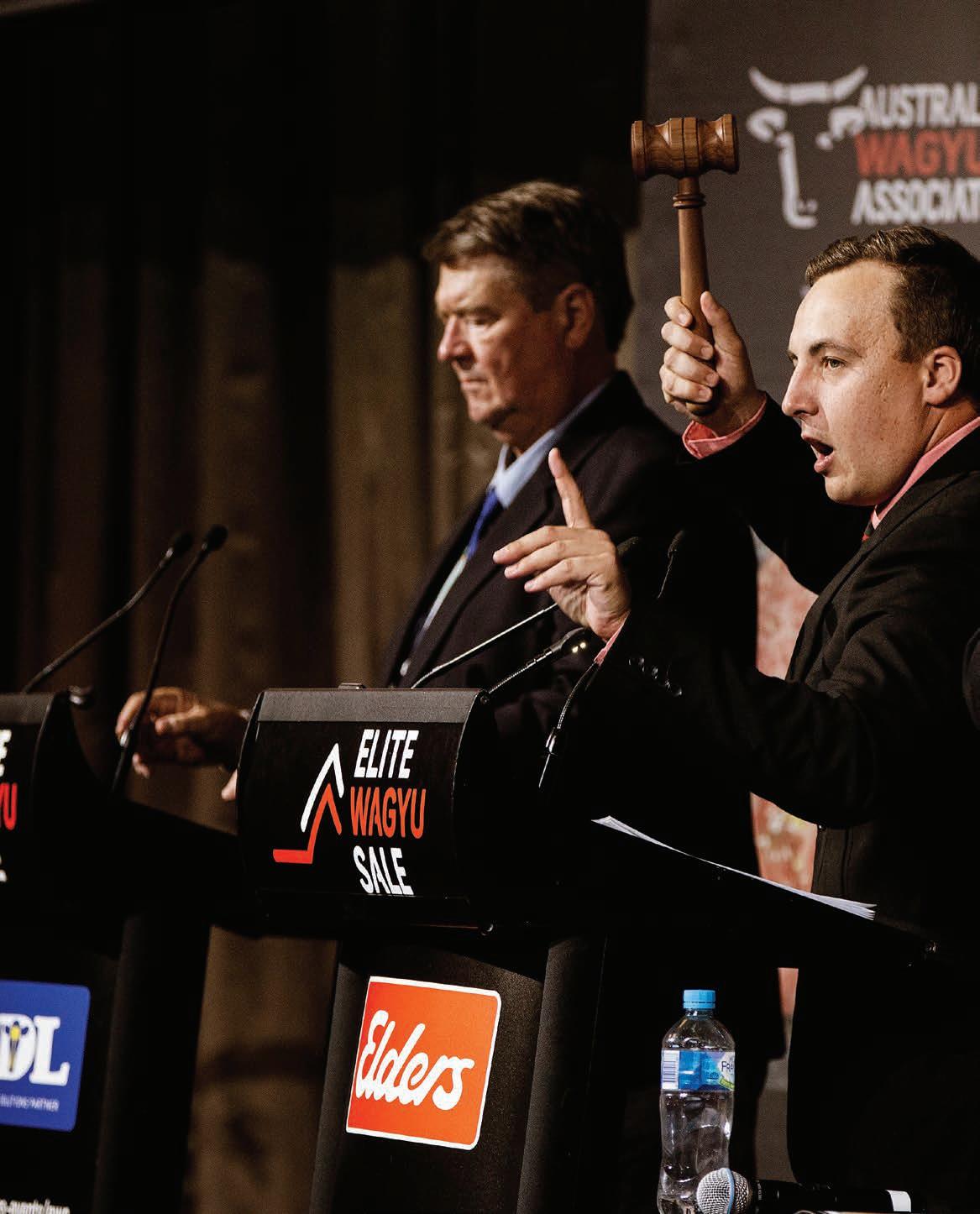
Top $400,000 – Lot 1 Sunnyside S0014 purchased by Yulong Investment
Average $67,000
Top $240,000 – Lot 19 Sahara Park Yasufuku R153 purchased by Bar H Grazing
Average: $83,590
Top $6,000 per embryo – Lot 36 IMUFP0101 x WSIFH144Z purchased by Mayura Station
Average: $2,620 per embryo
Top $37,500 per straw – Lot 55 Coates Itoshigenami G113 purchased by Mayura Station
Average: $5,000

We have been investing in superior Wagyu Full Blood genetics to produce the most balanced Wagyu cattle outside of Japan. Flushing programs at Holbrook Veterinary Centre have been running for four years now, with progeny being integrated into Full Blood and F1 production.
Our first cohort of progeny from our first progeny test program (in cooperation with QGI) are due to enter feedlots this spring. It is programs like this that importantly validate BREEDPLAN EBV’s. All genetics we invest in, now must be run through similar programs.
PETE AND PIP BISHOP
Owners of Bishop Wagyu | Director of Quality Genetics International contact @ bishopwagyu.com 0429 454 189 0427 454 189
